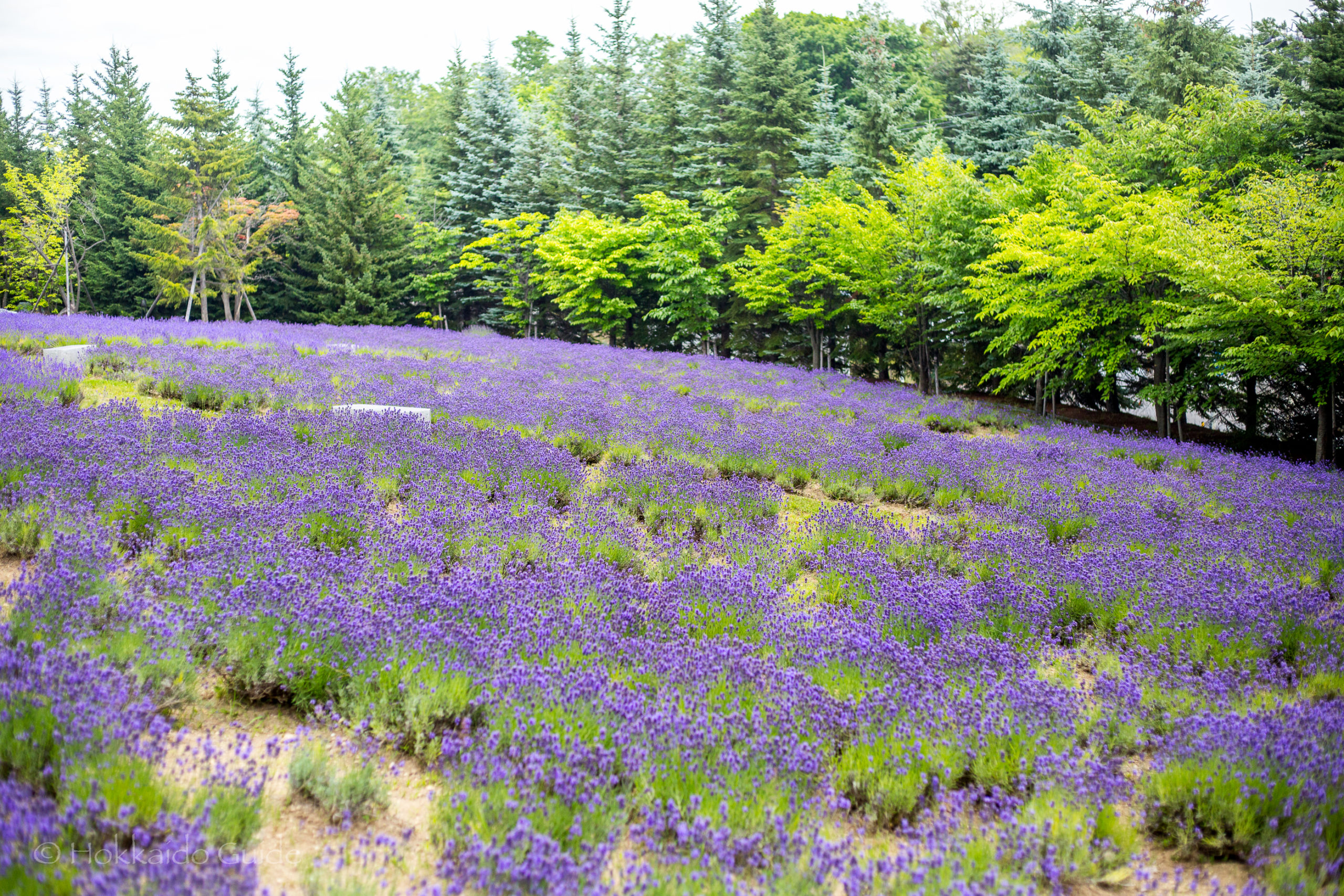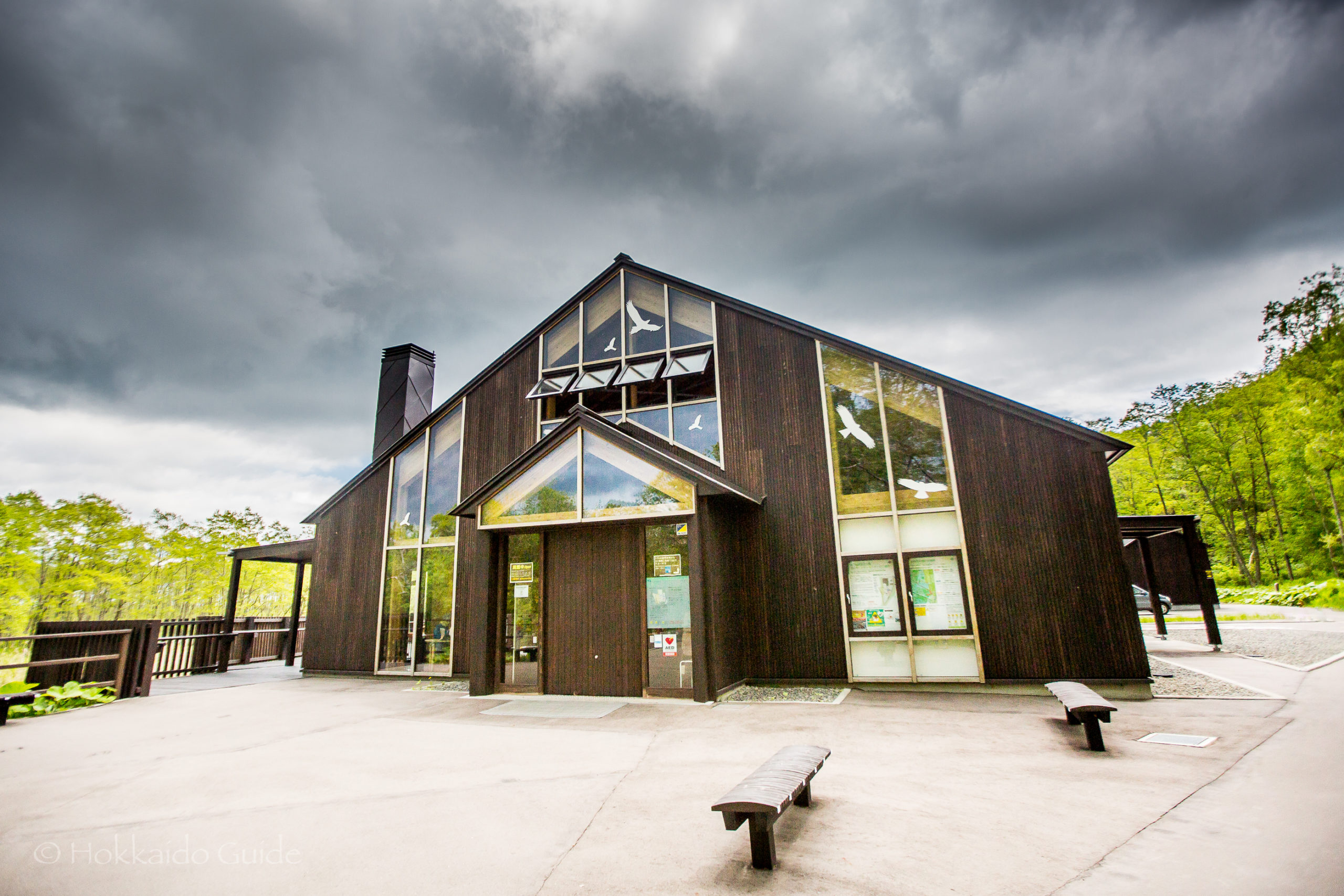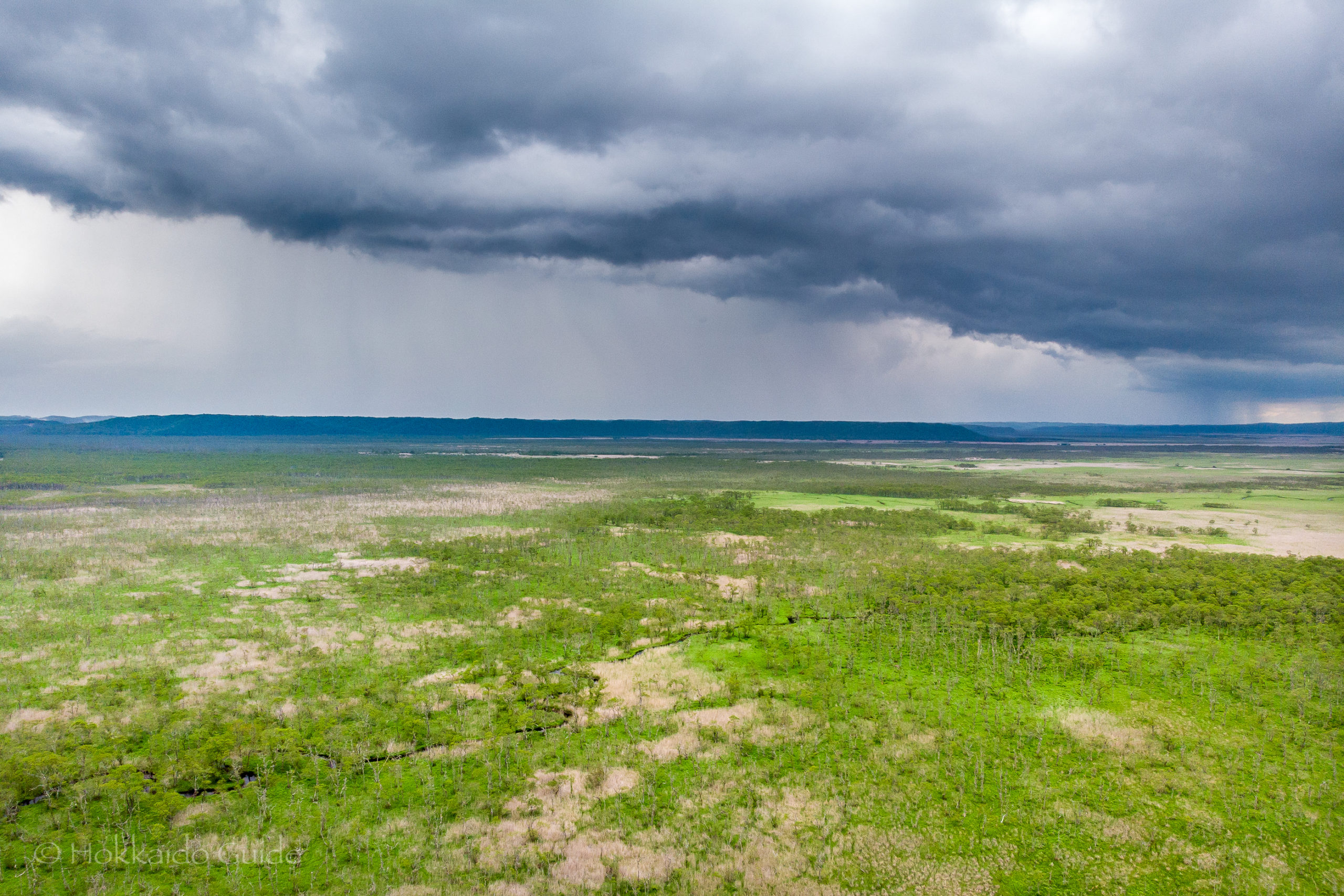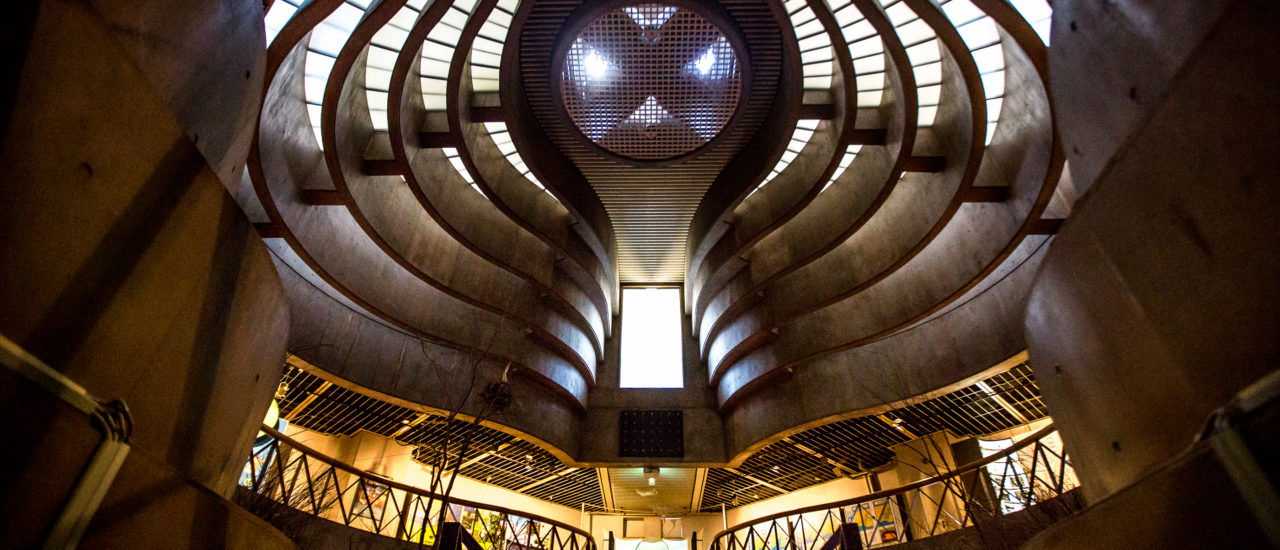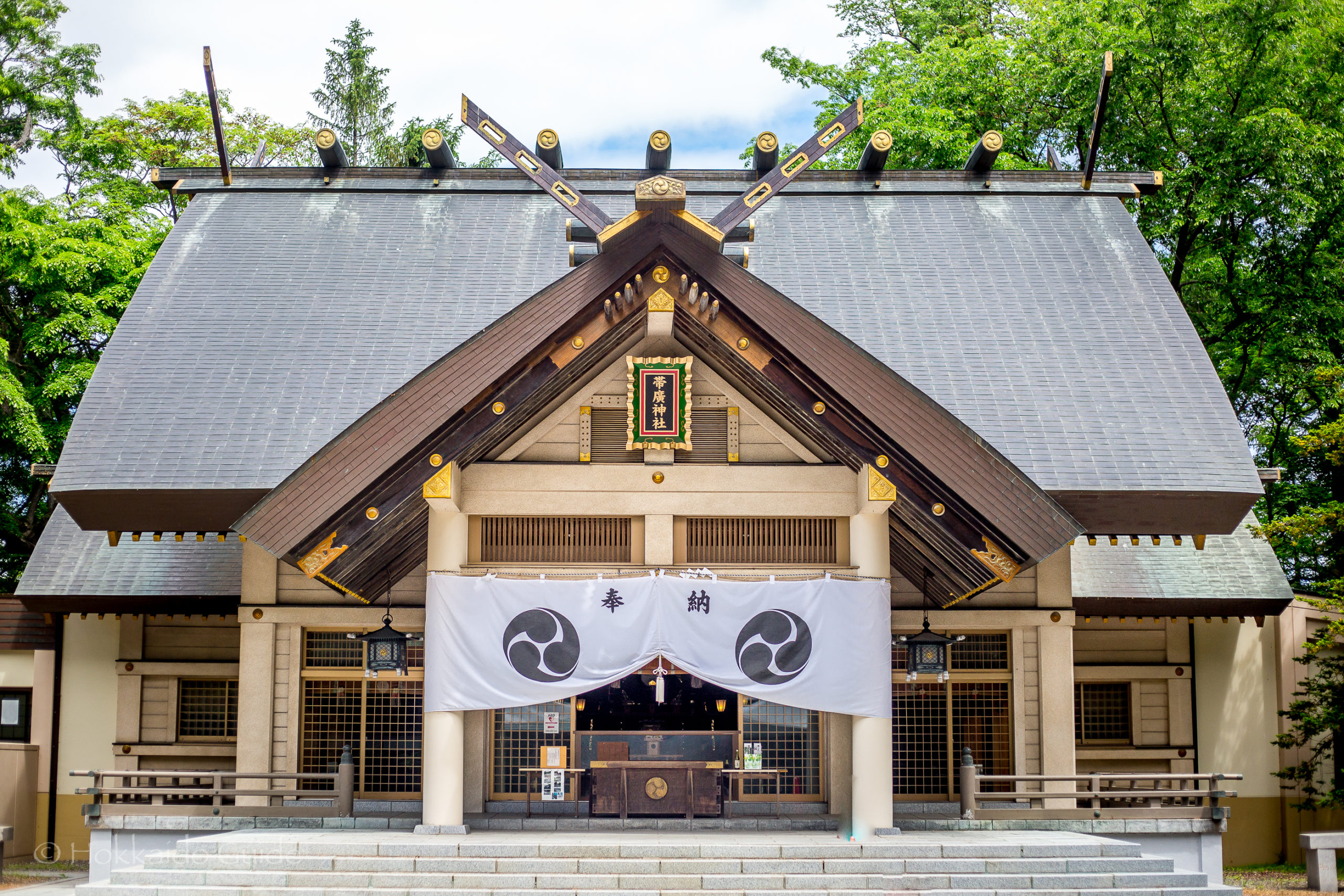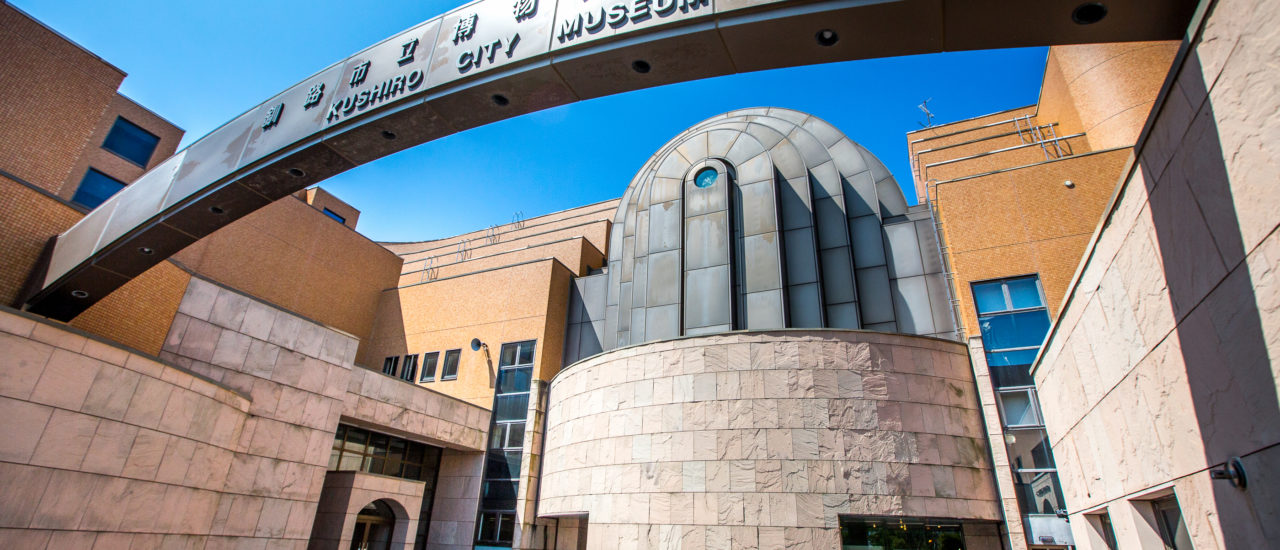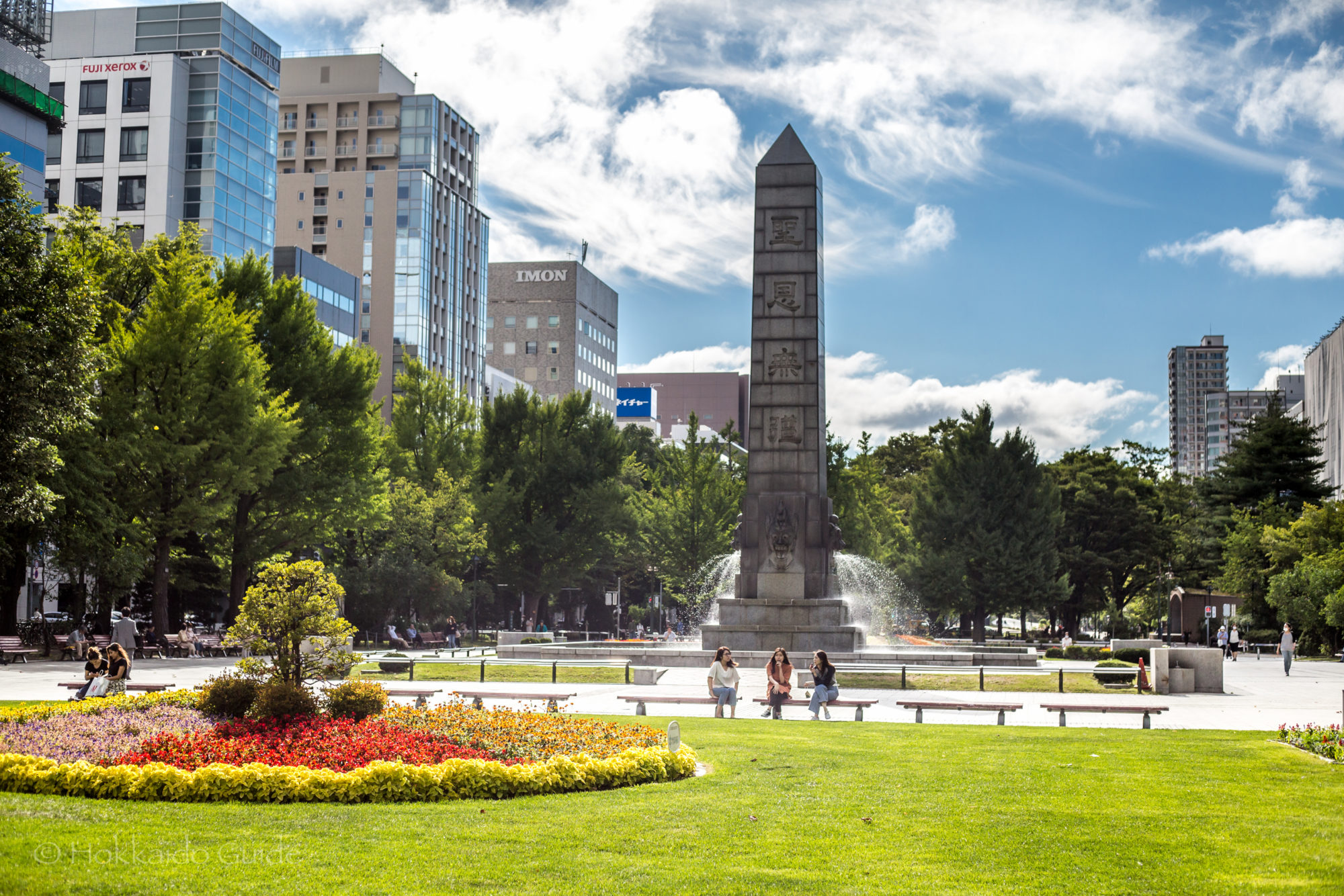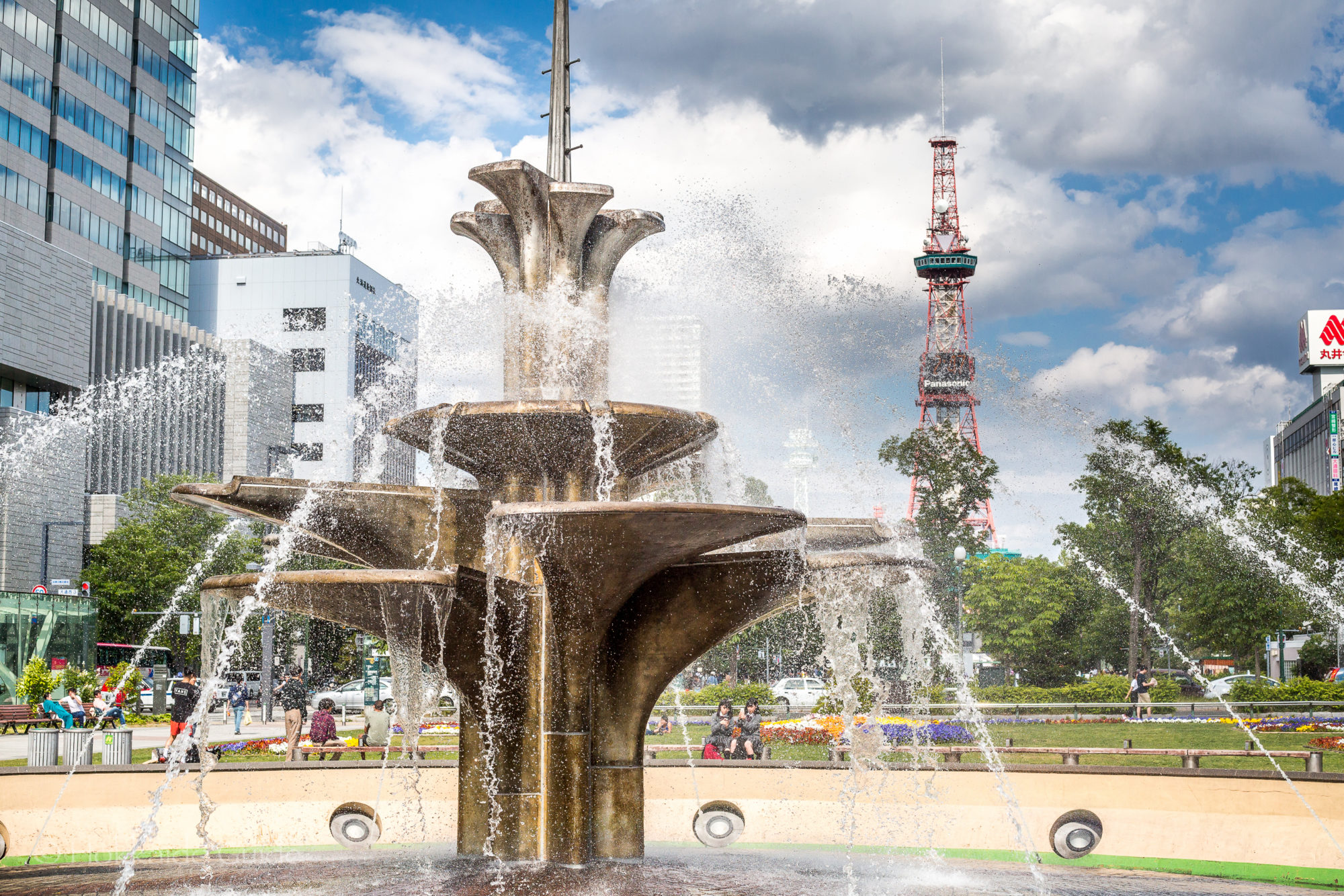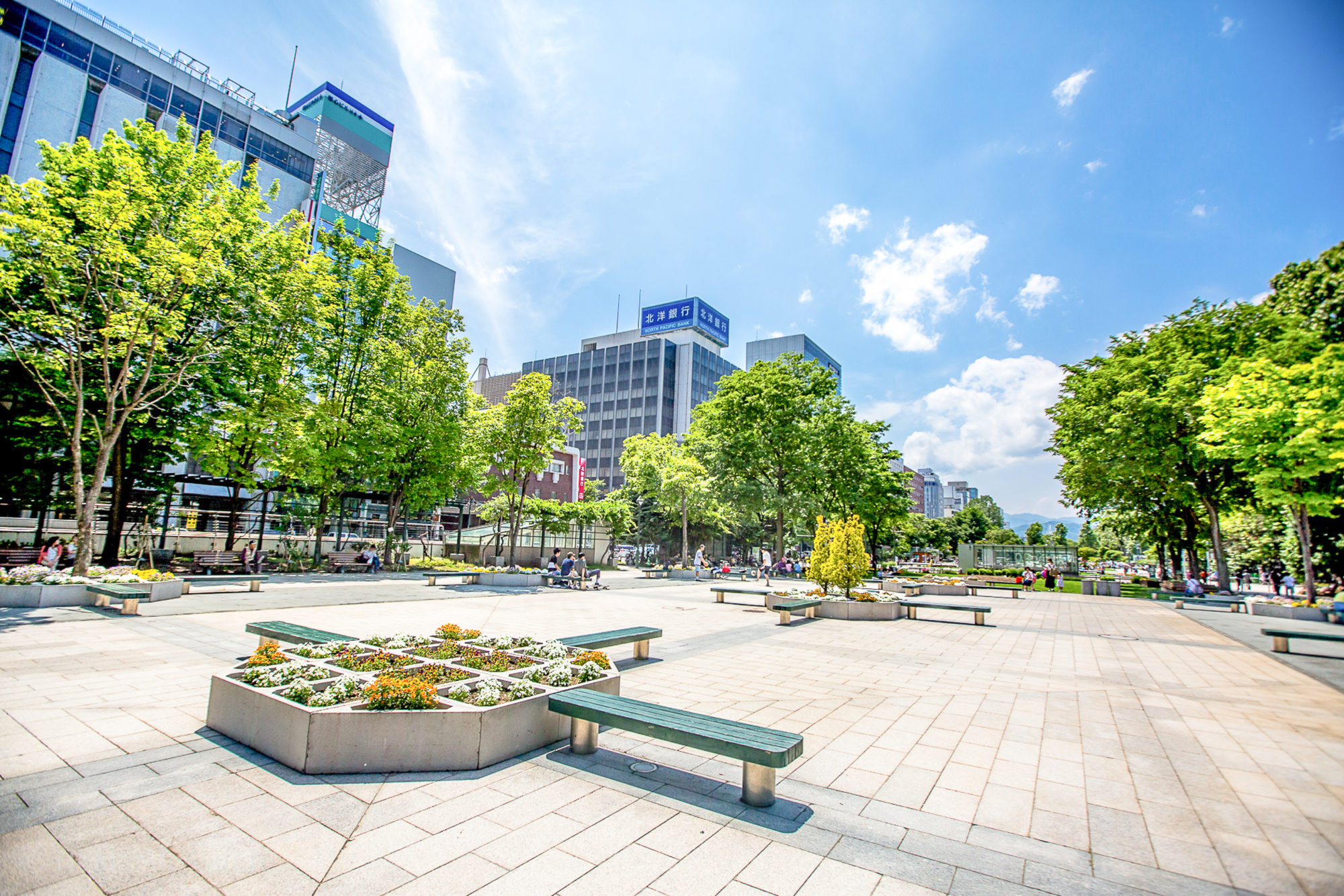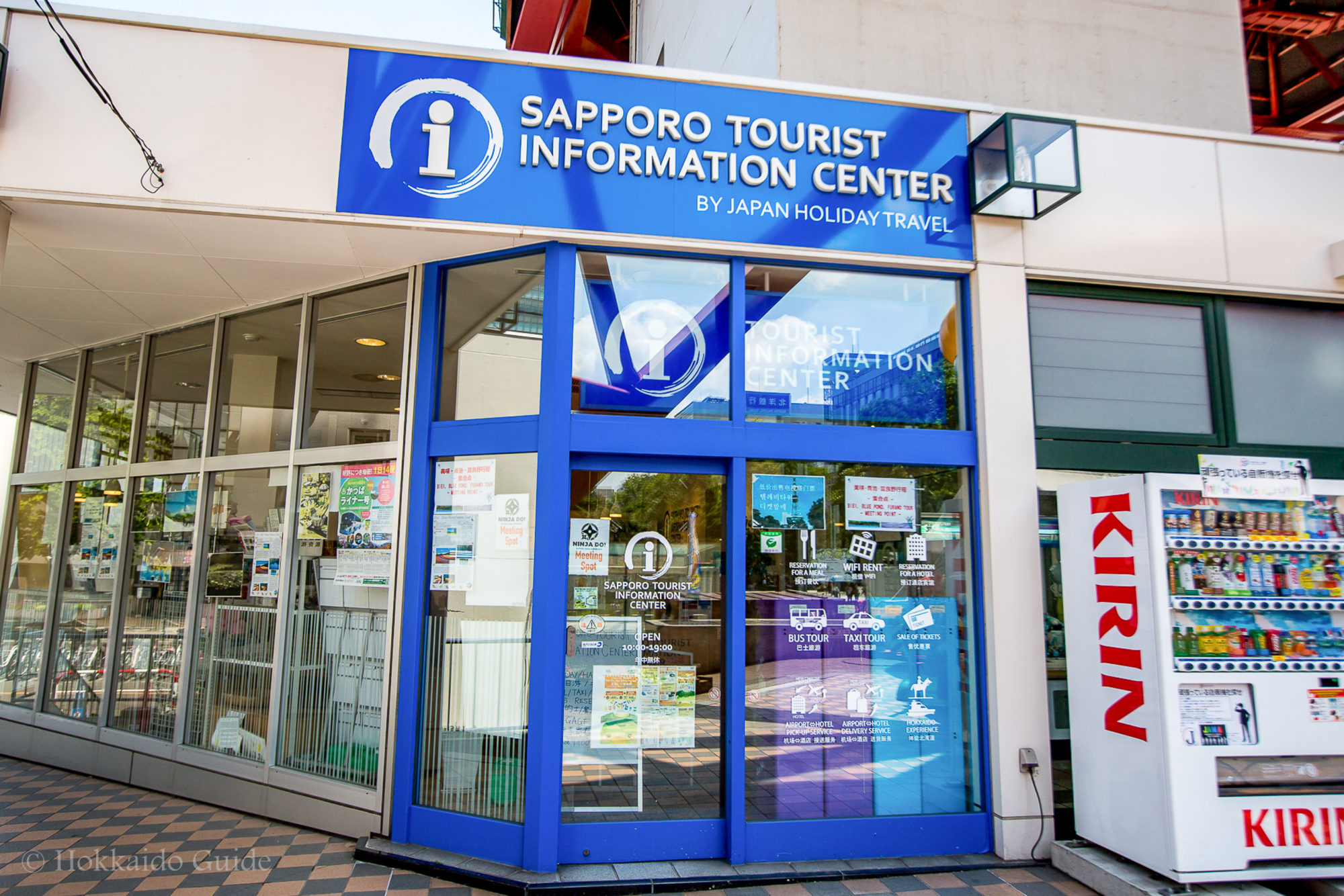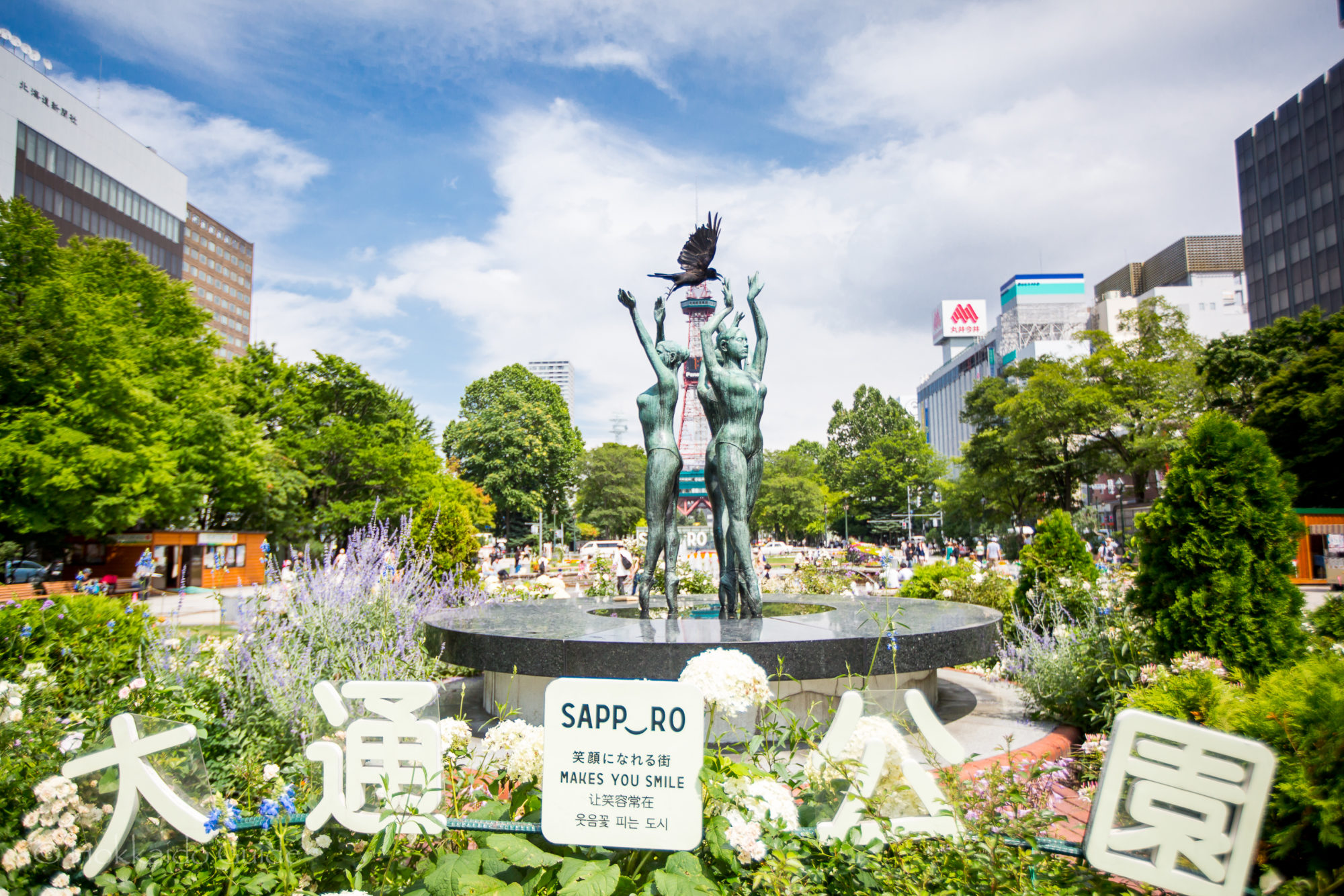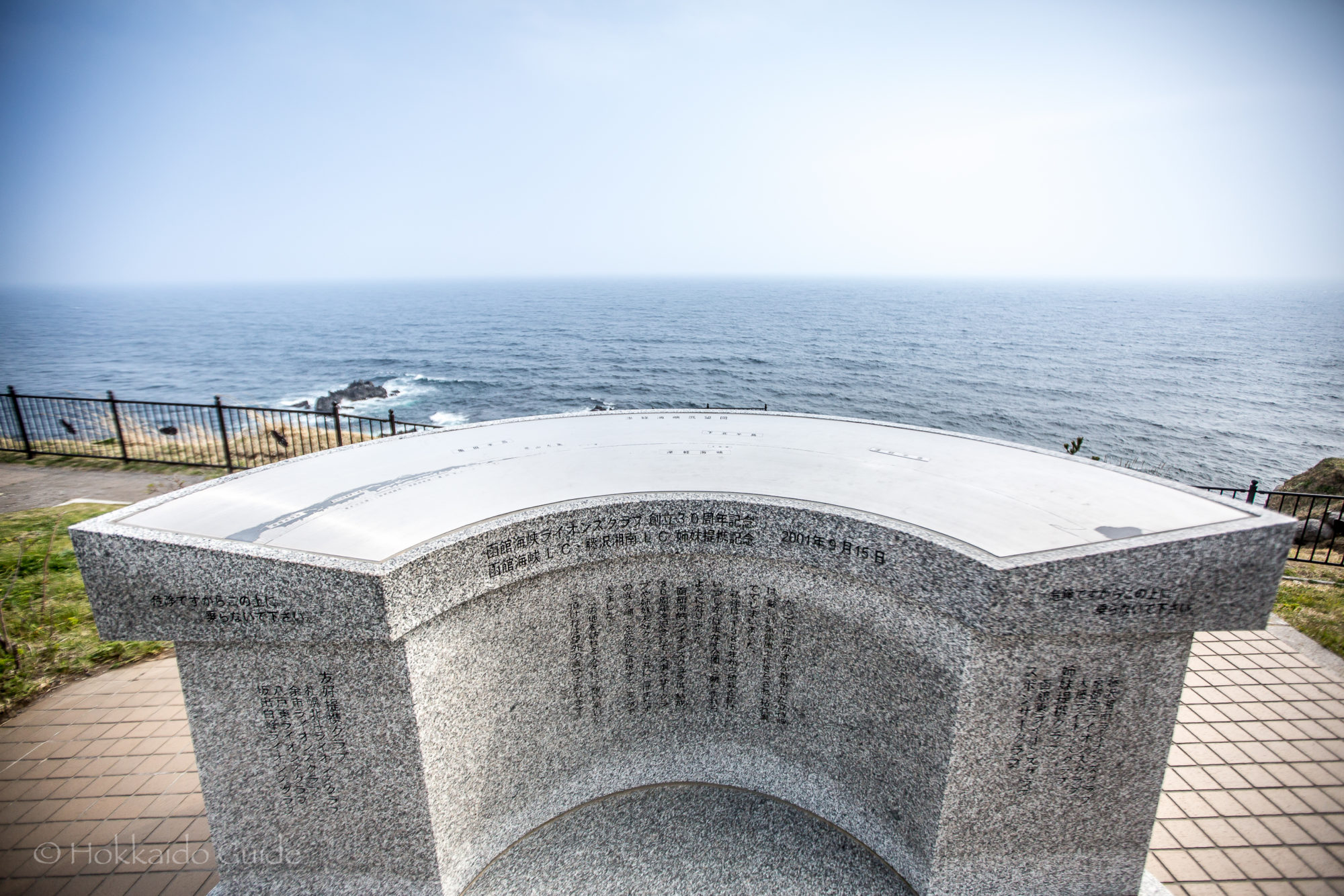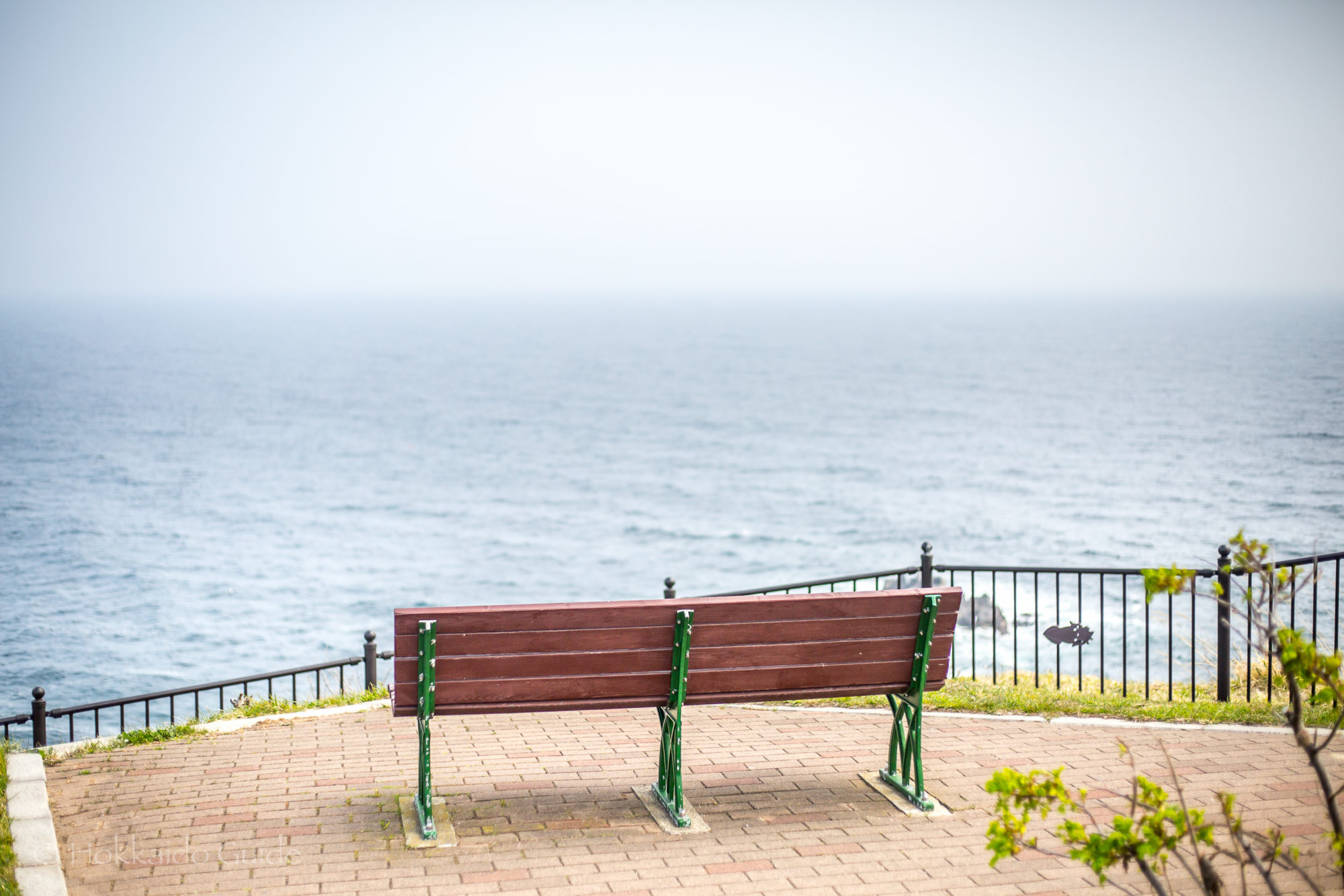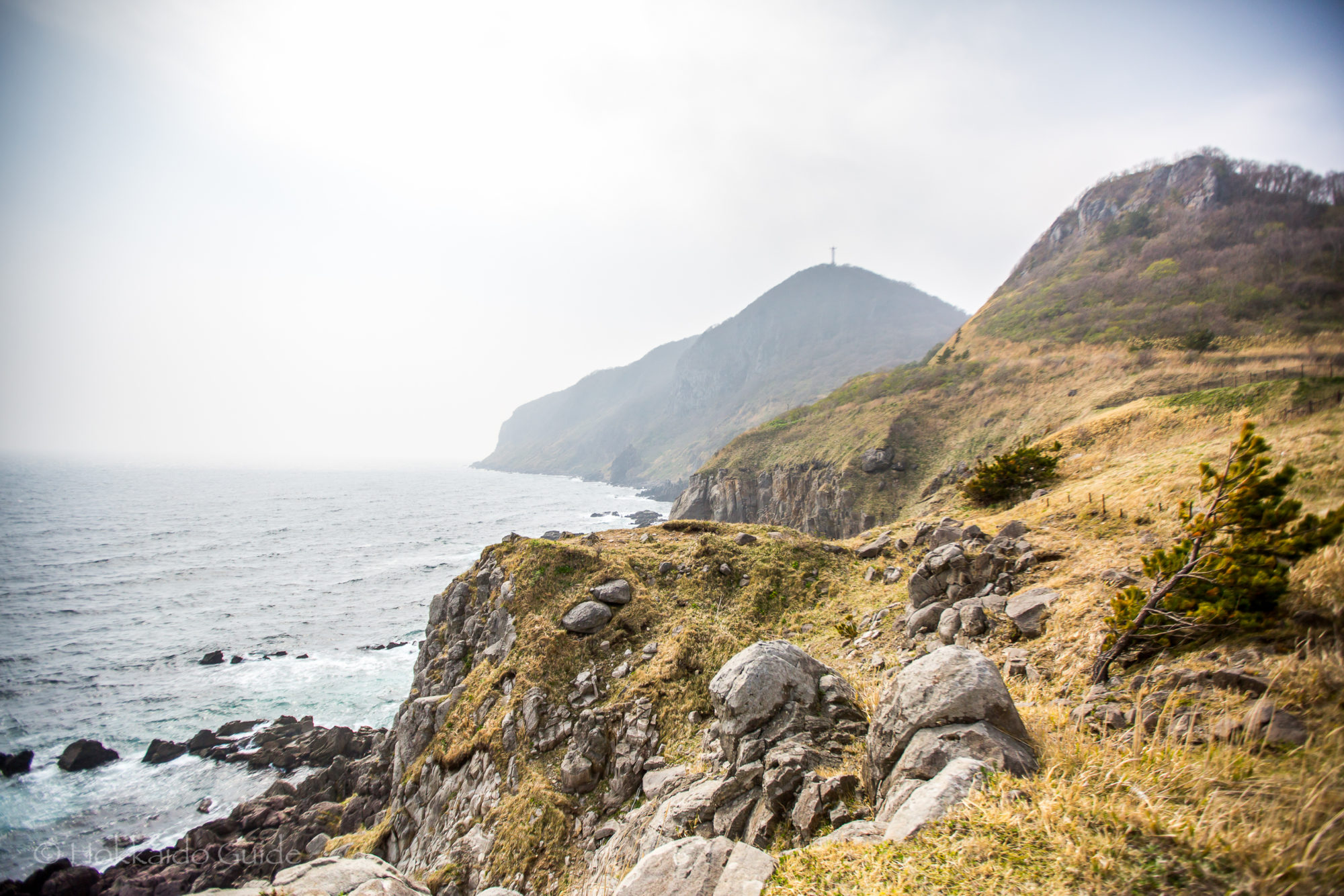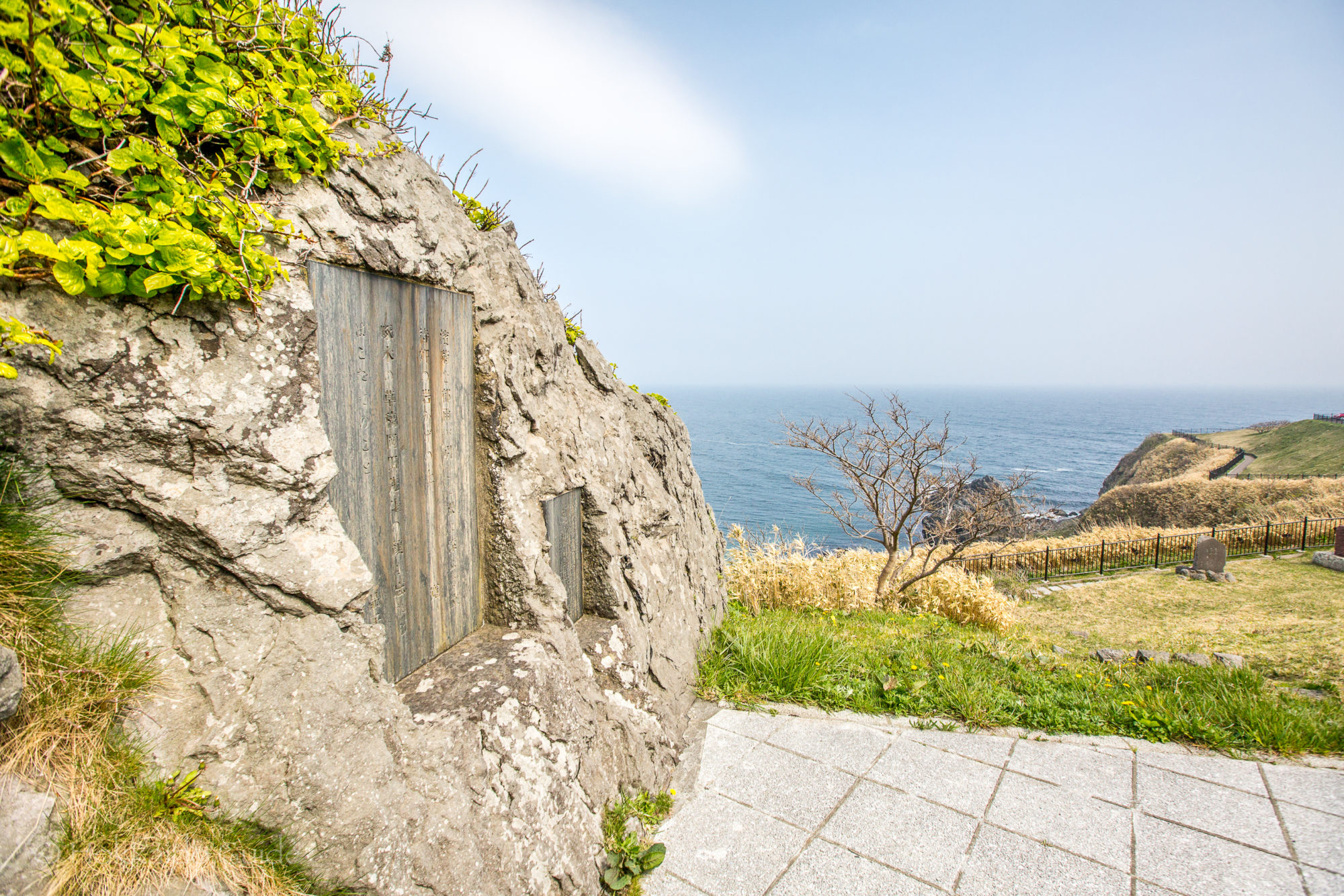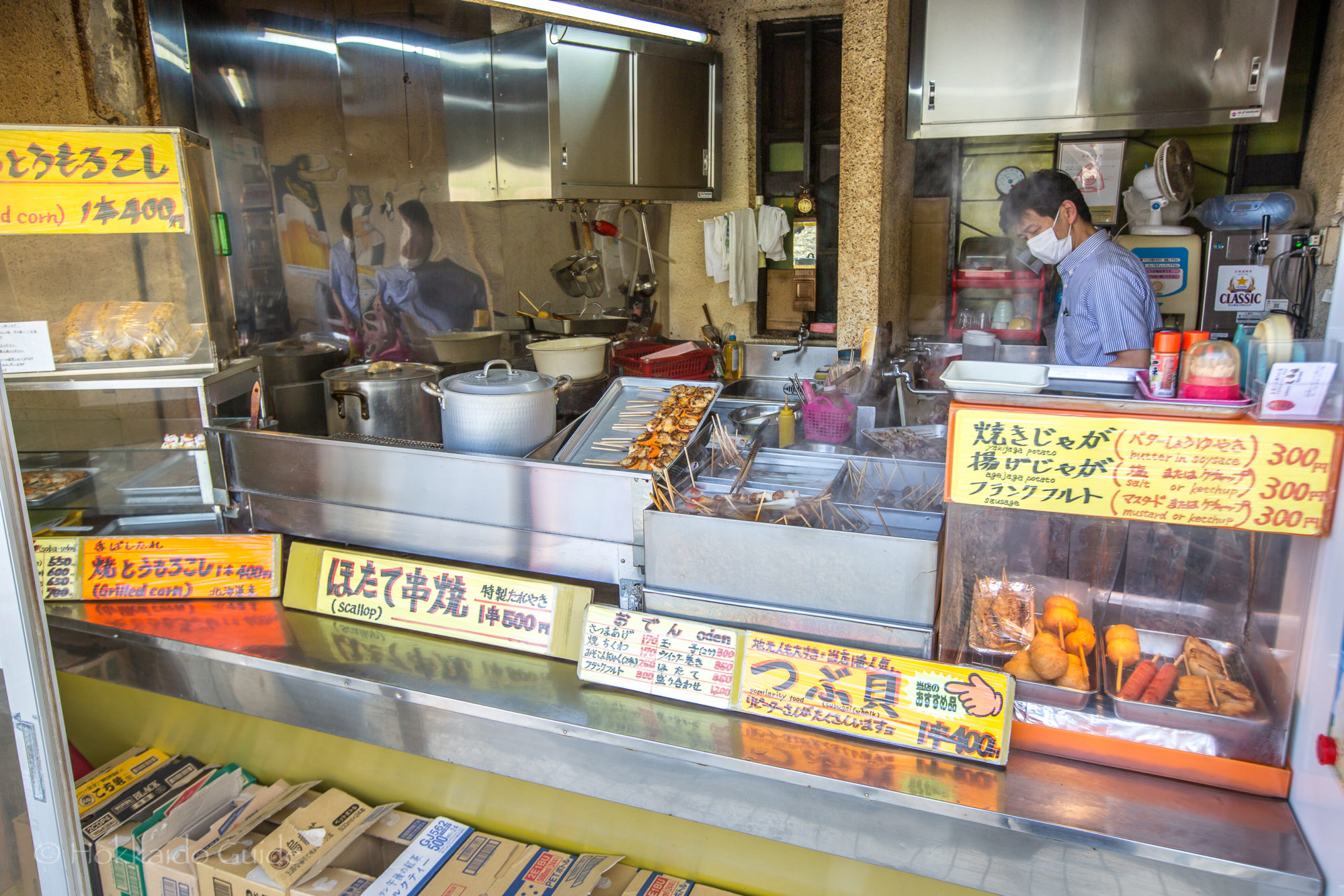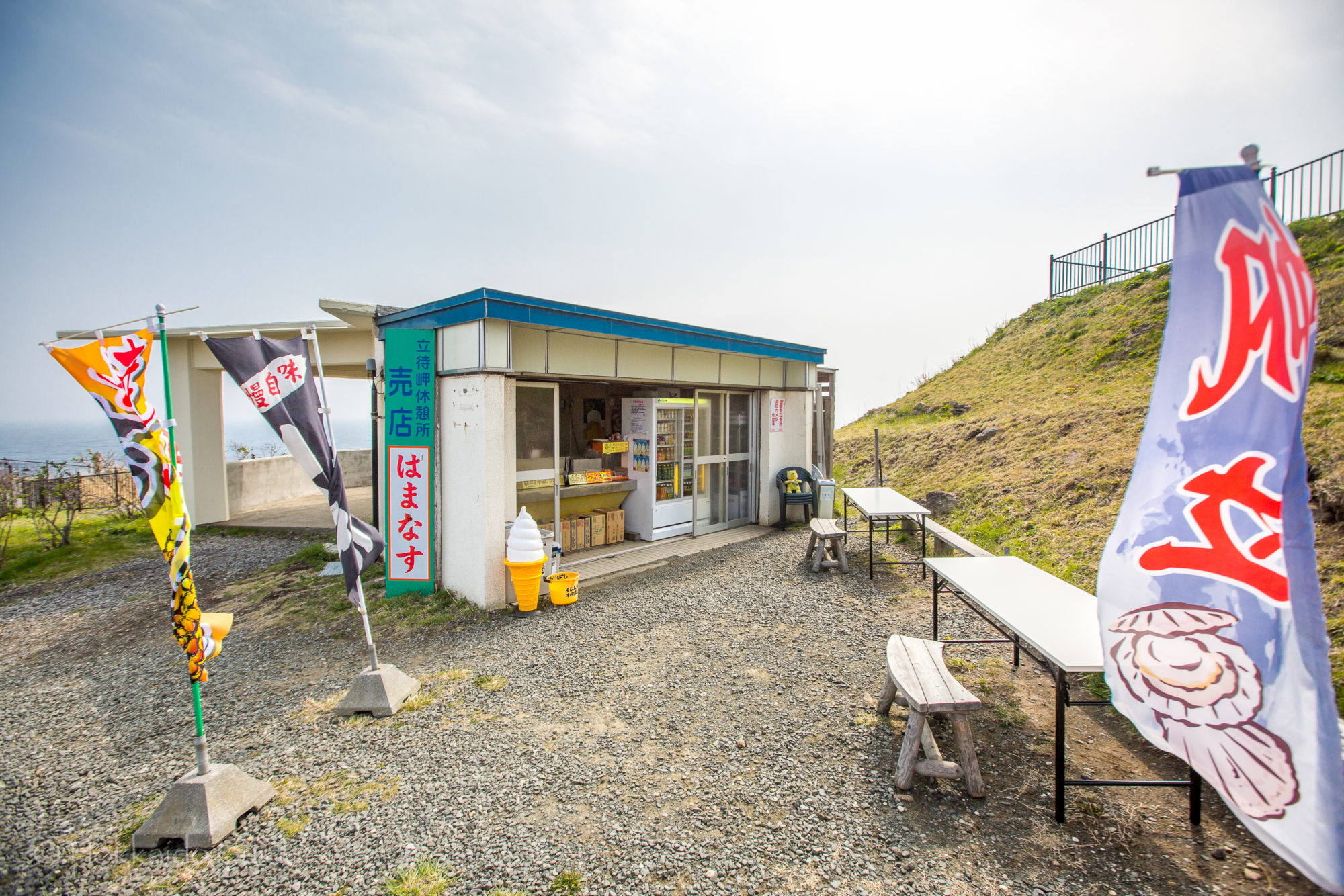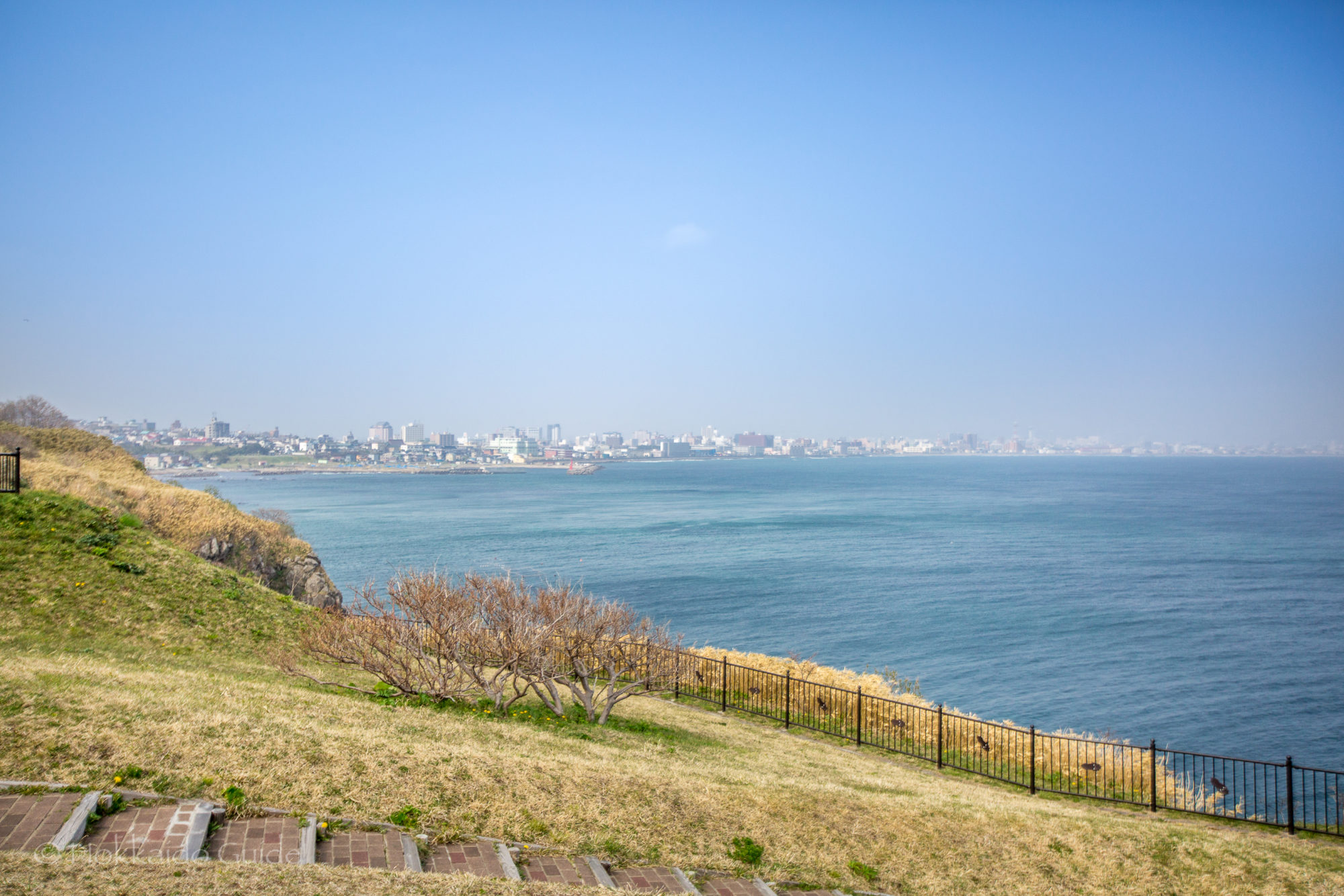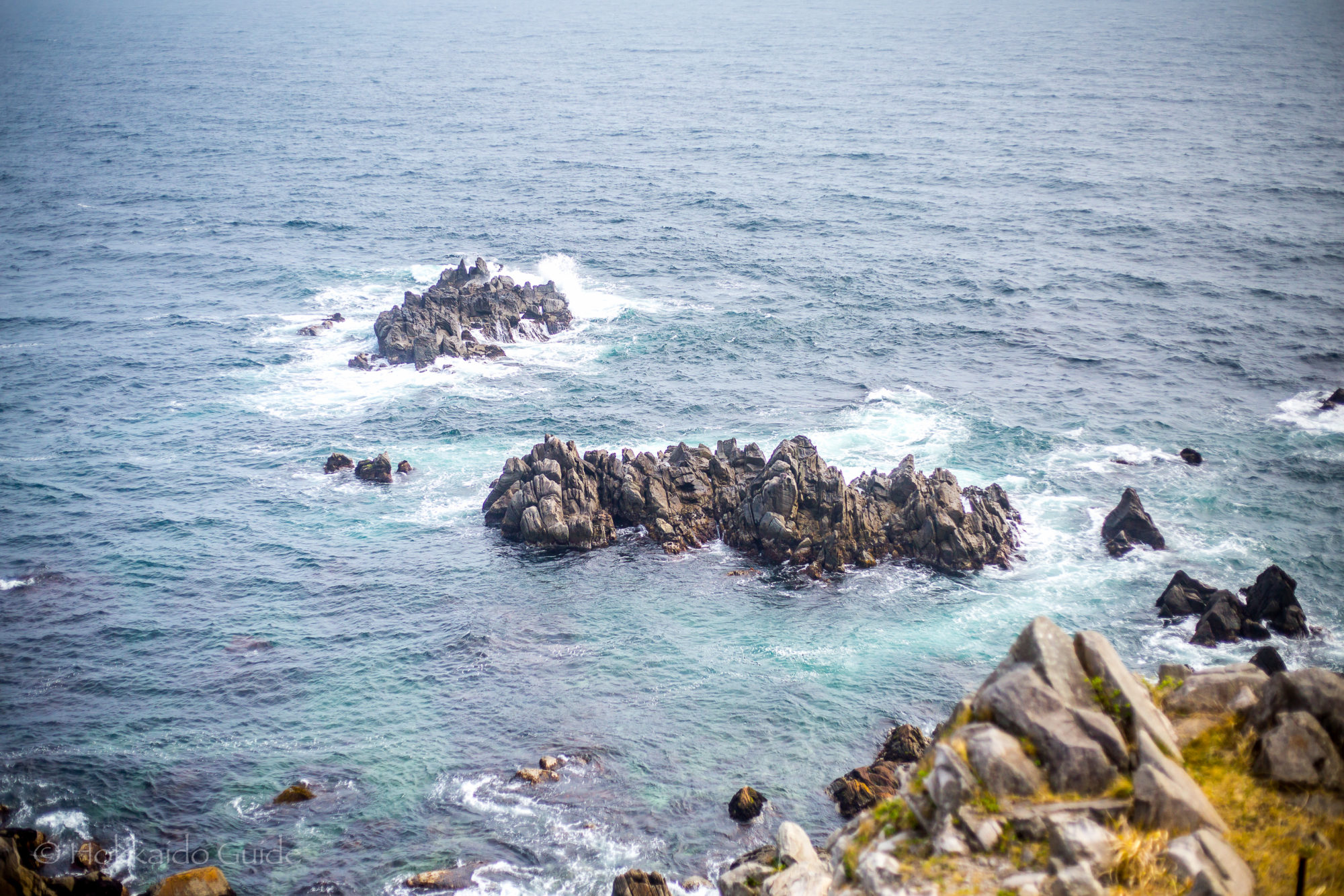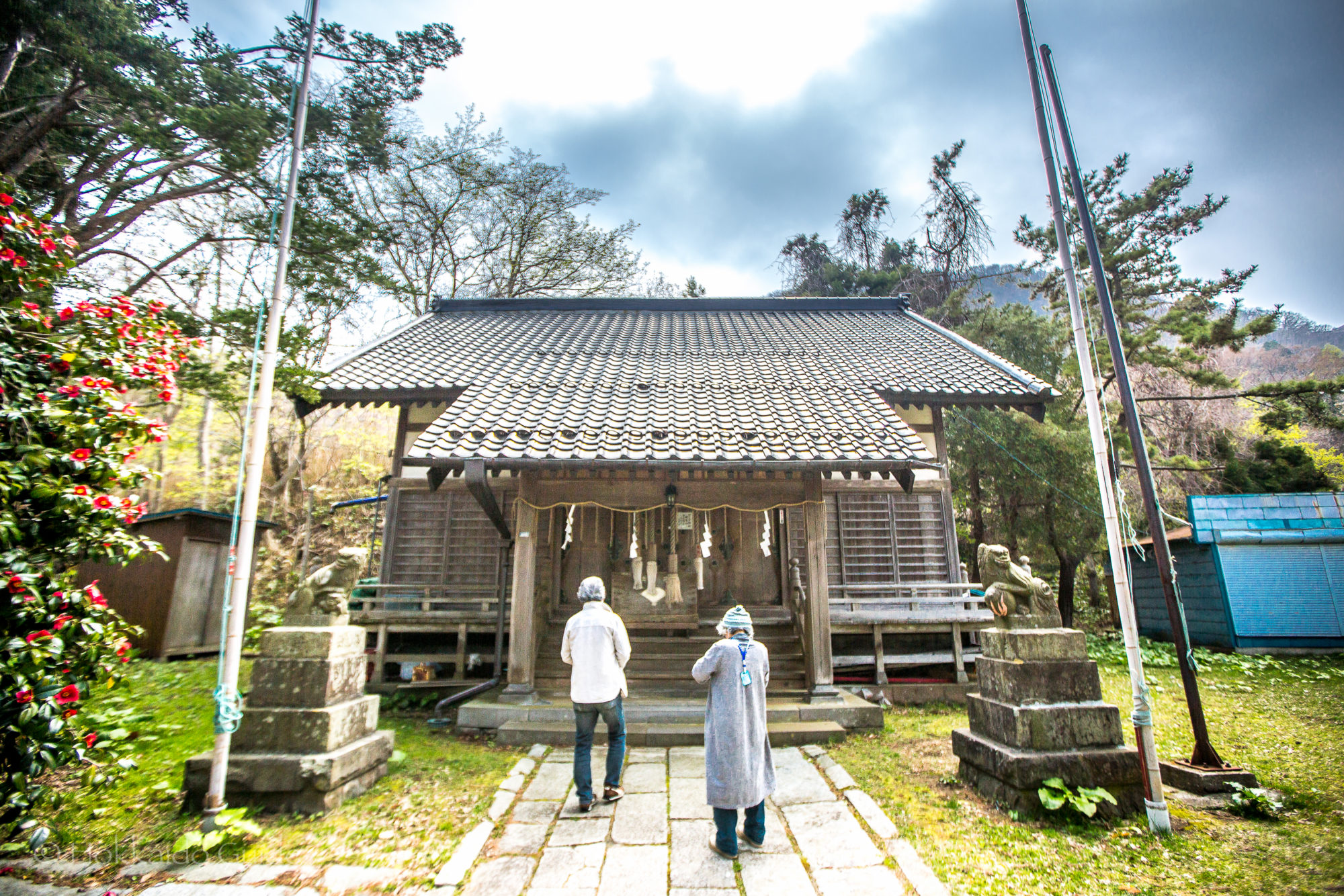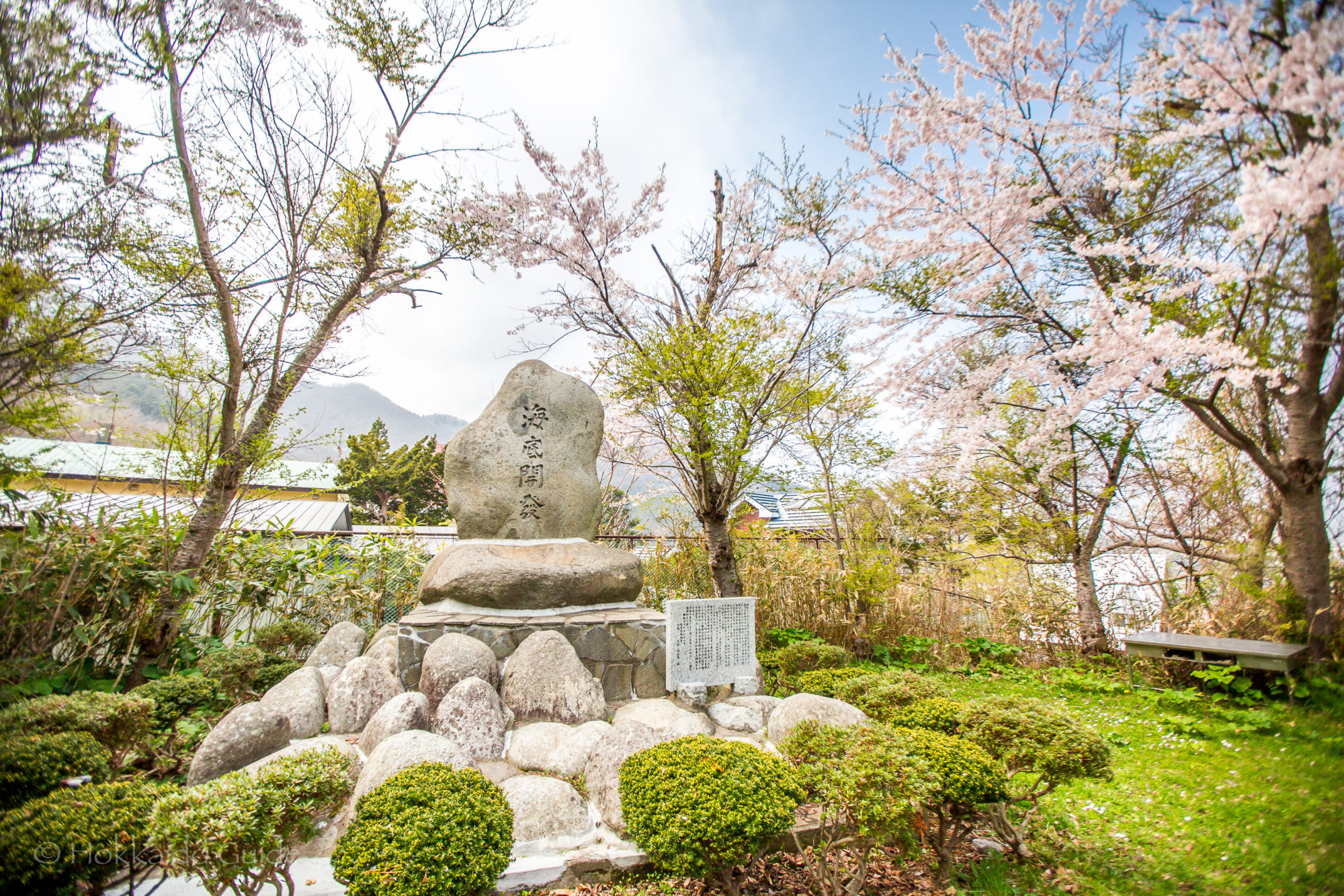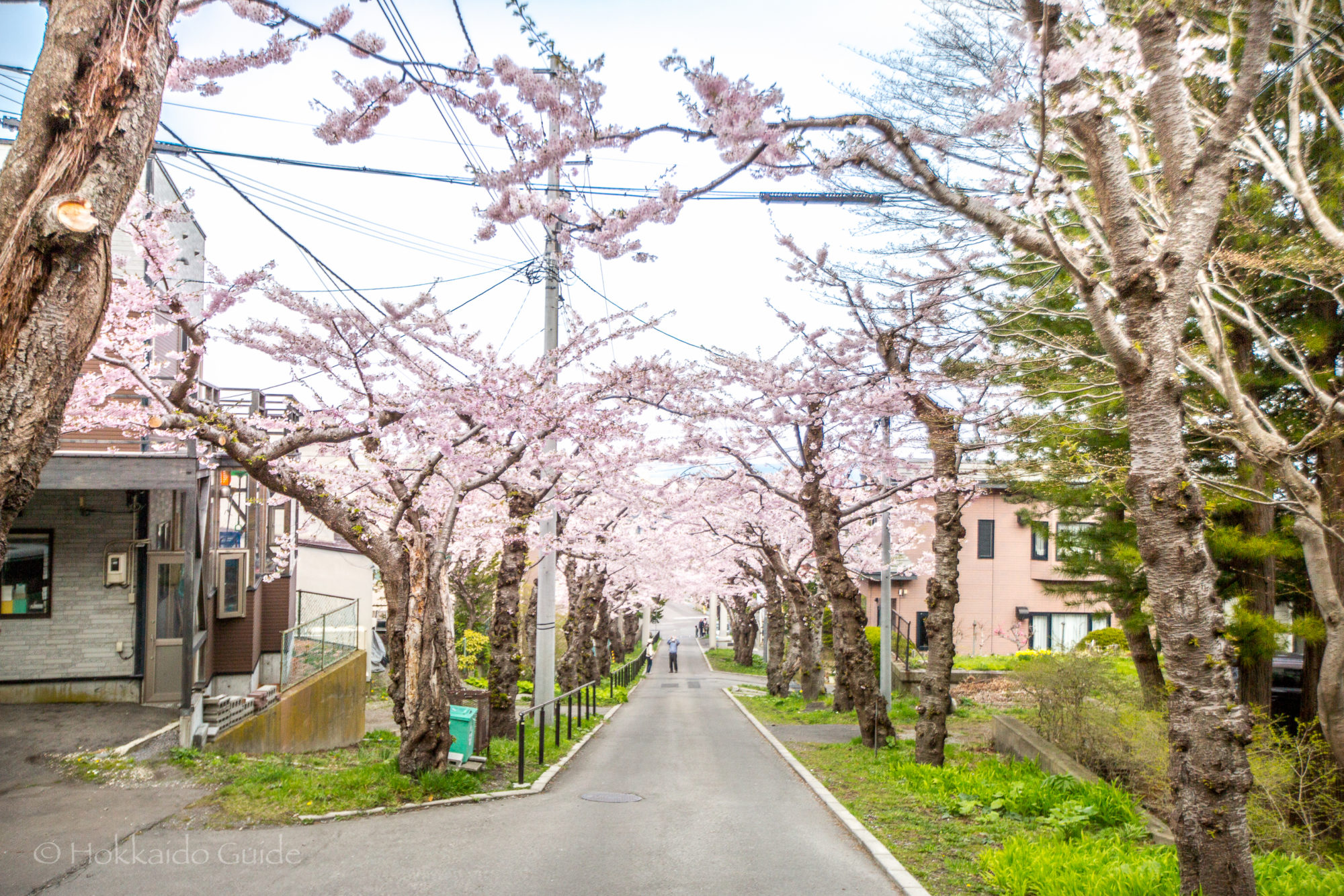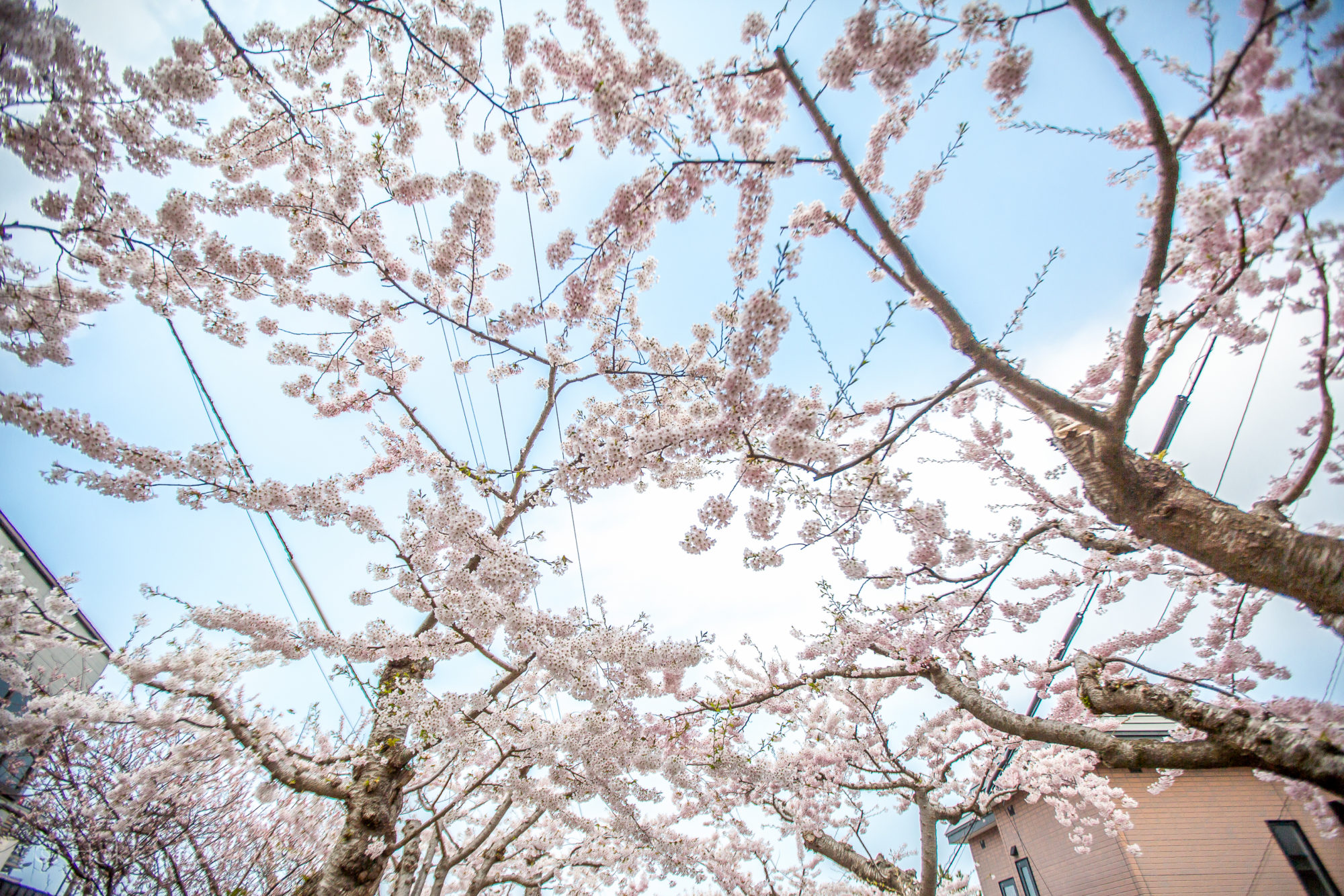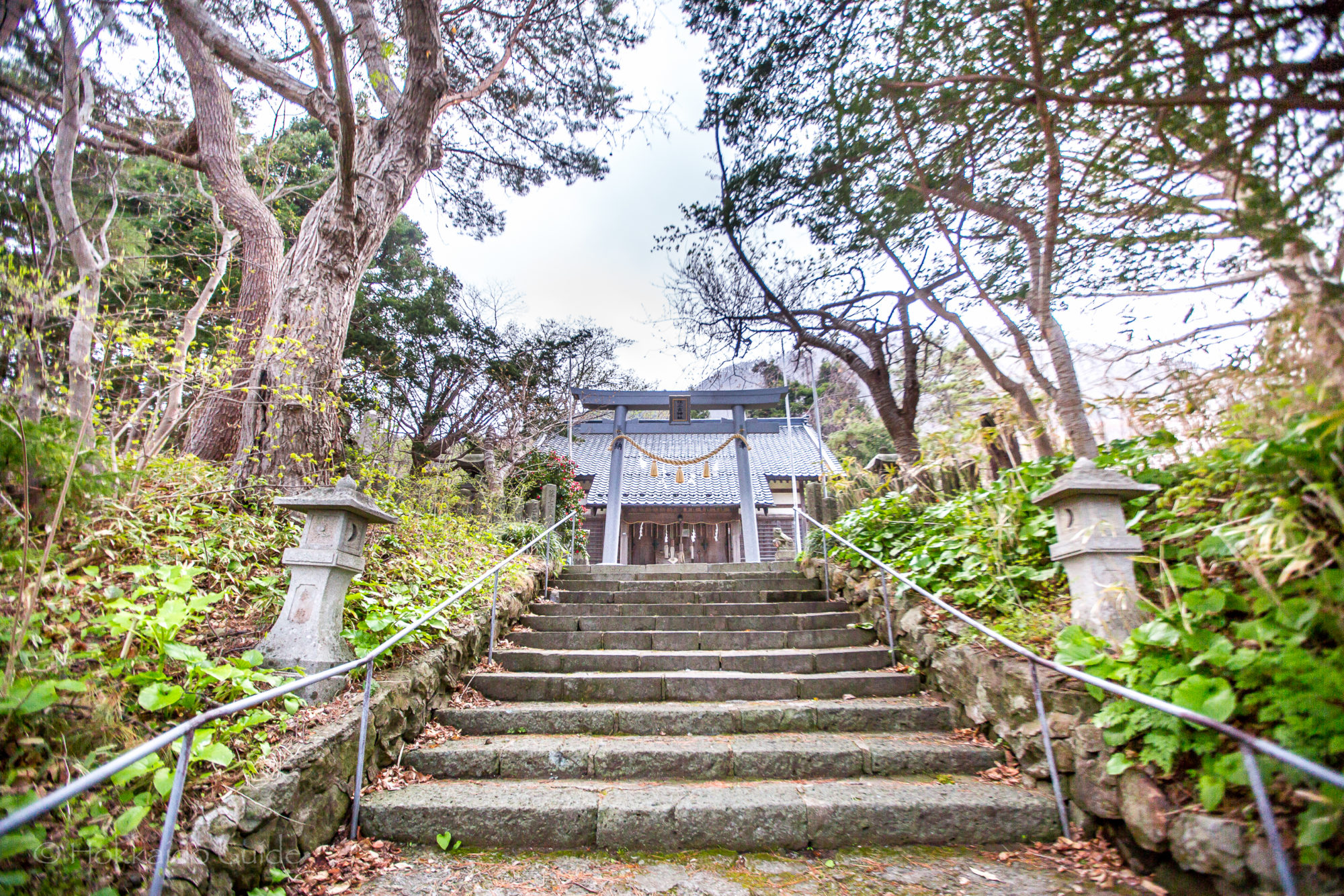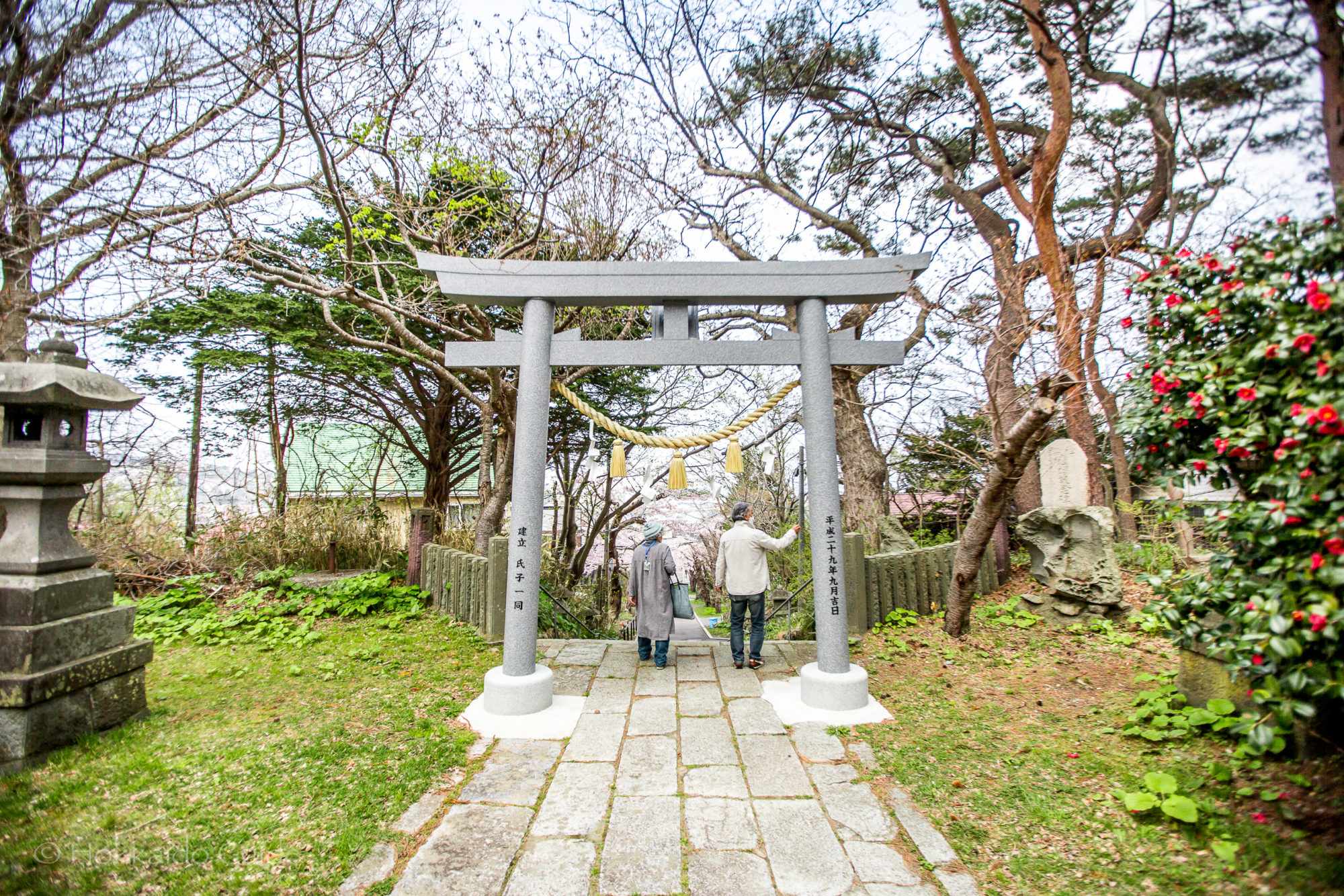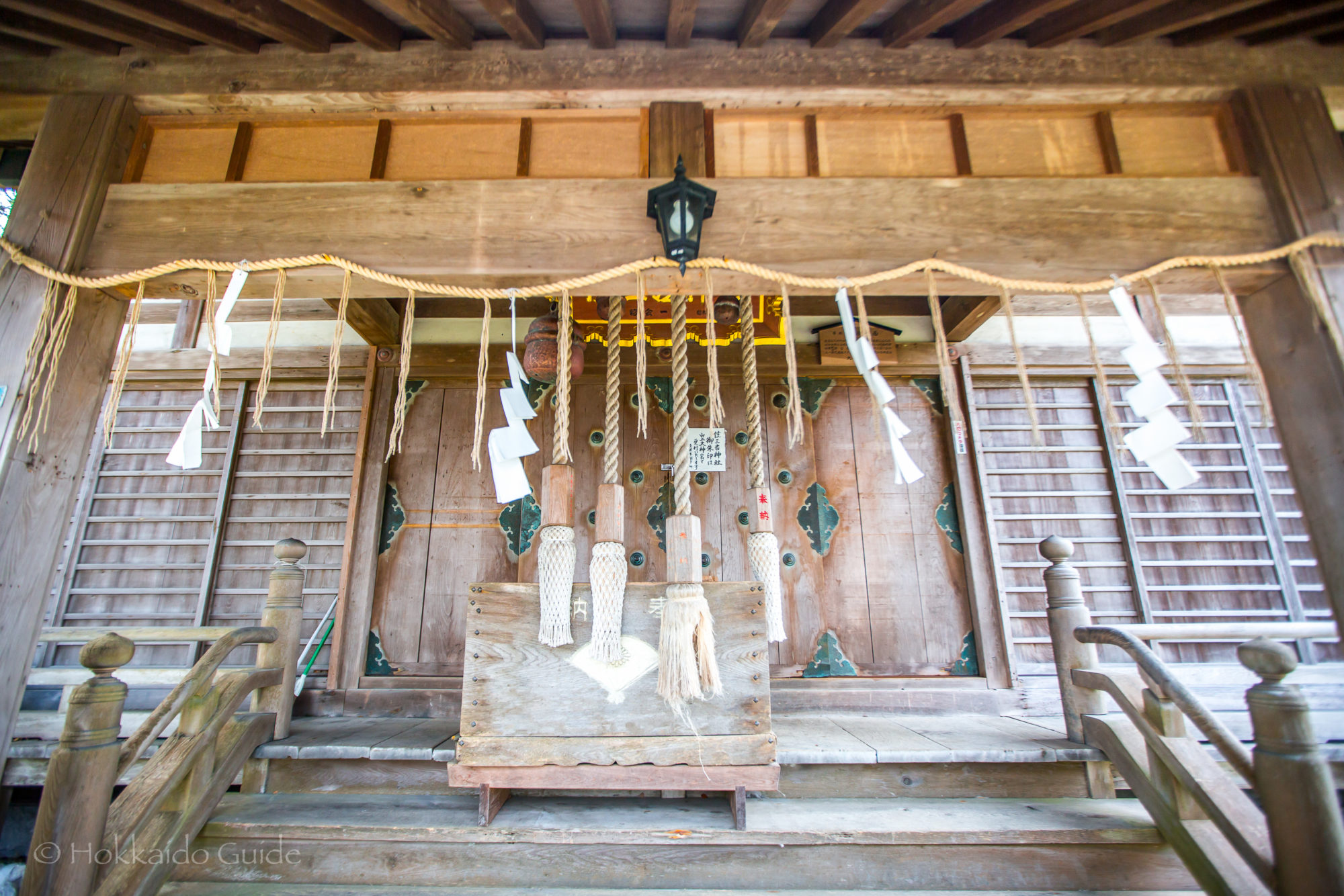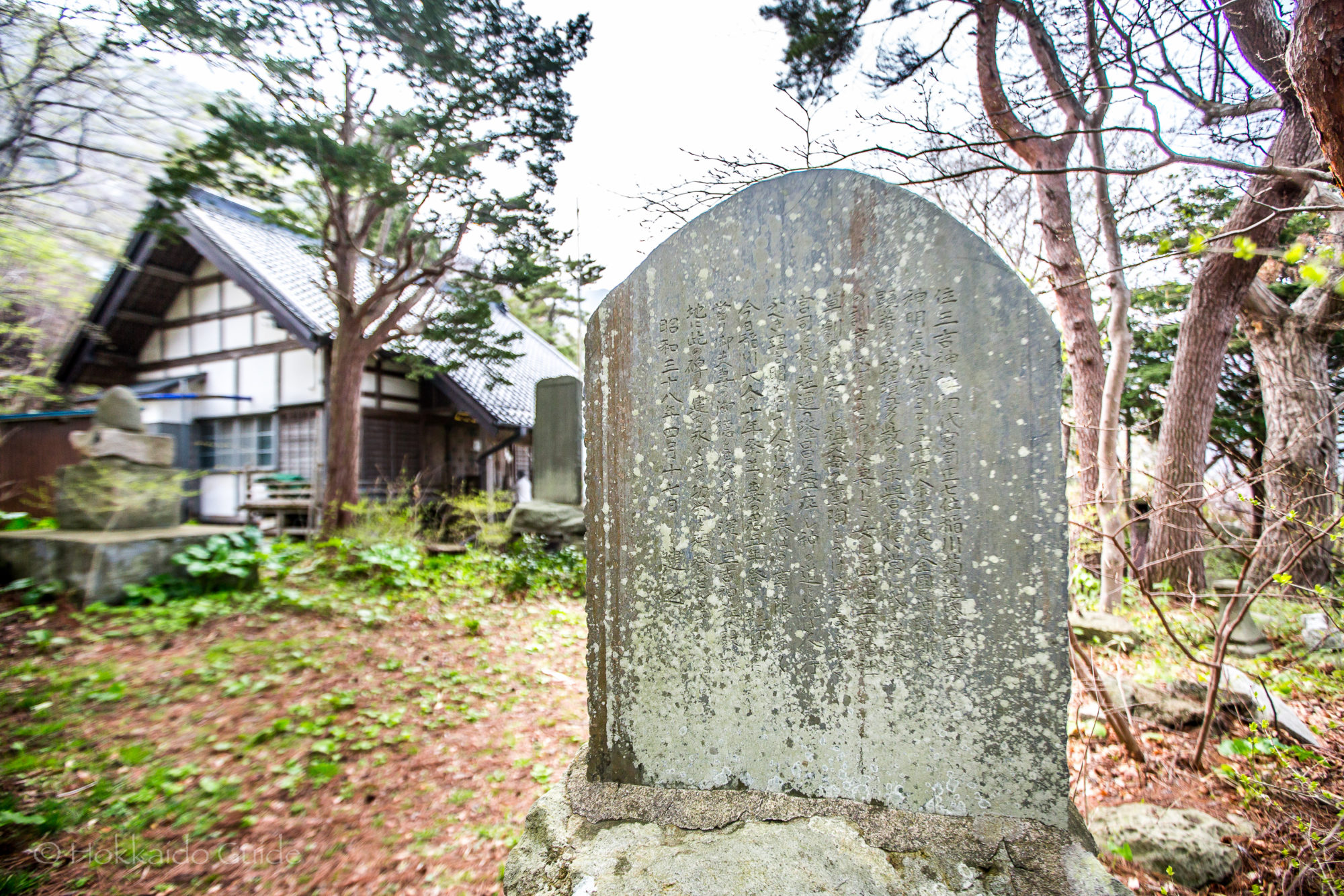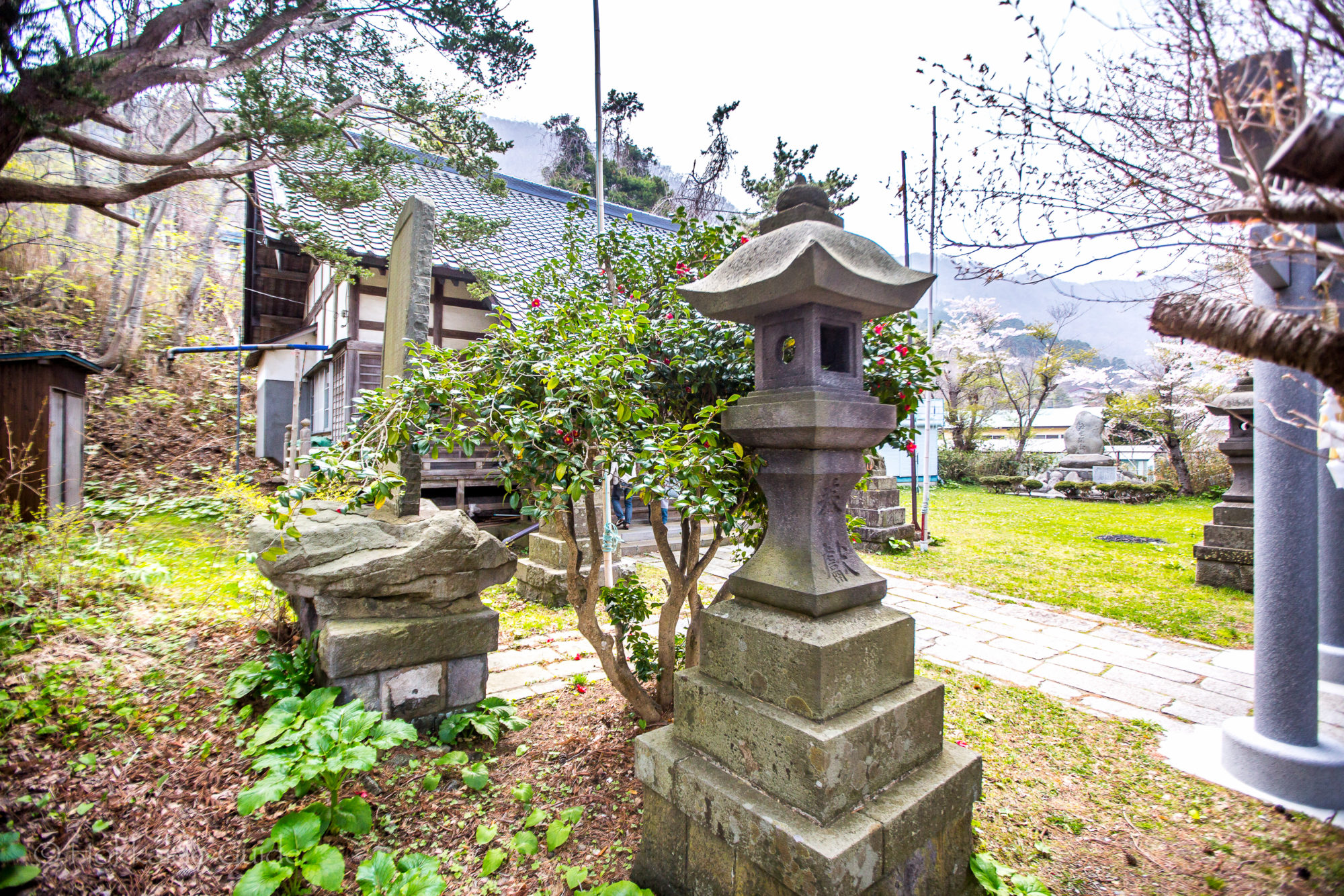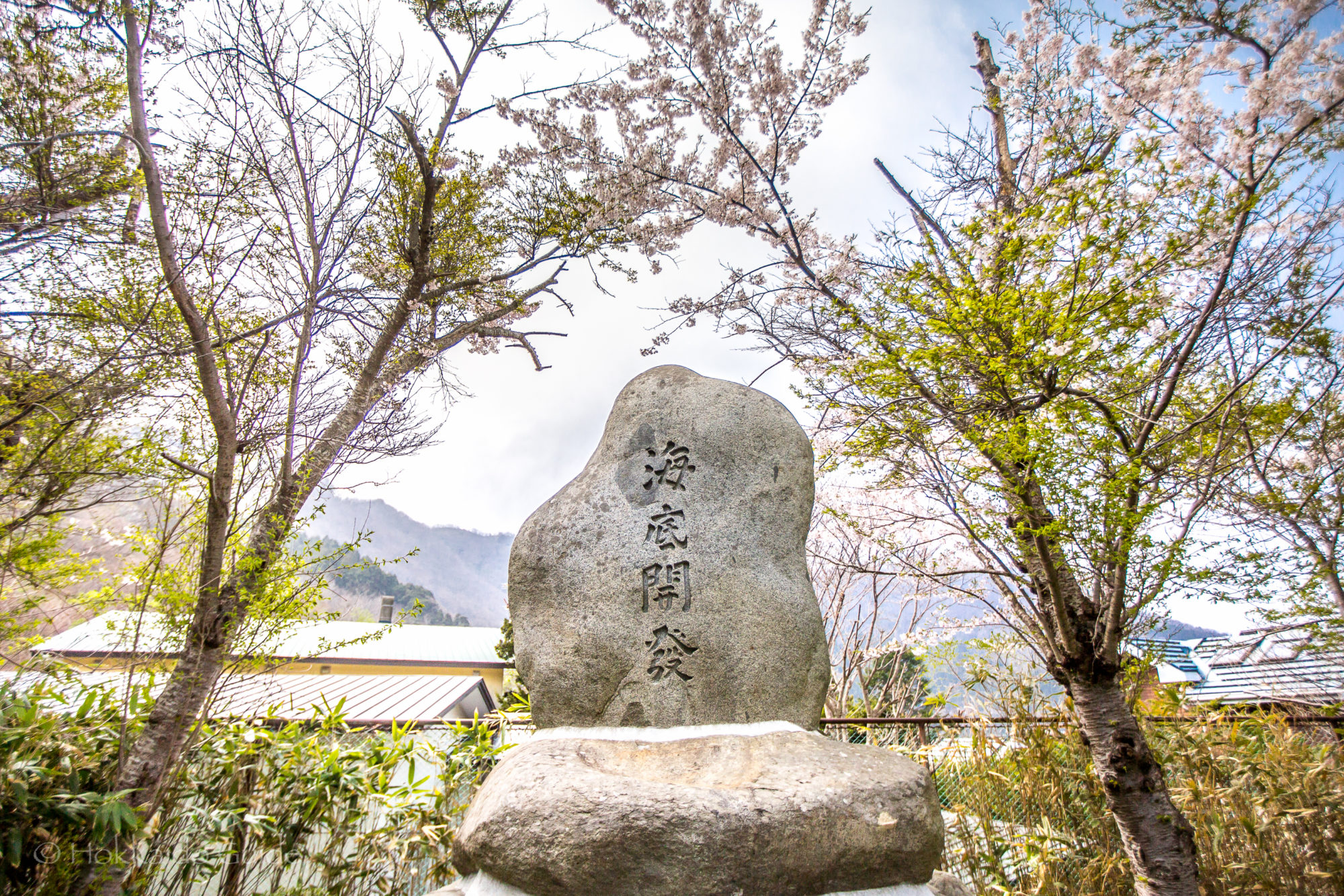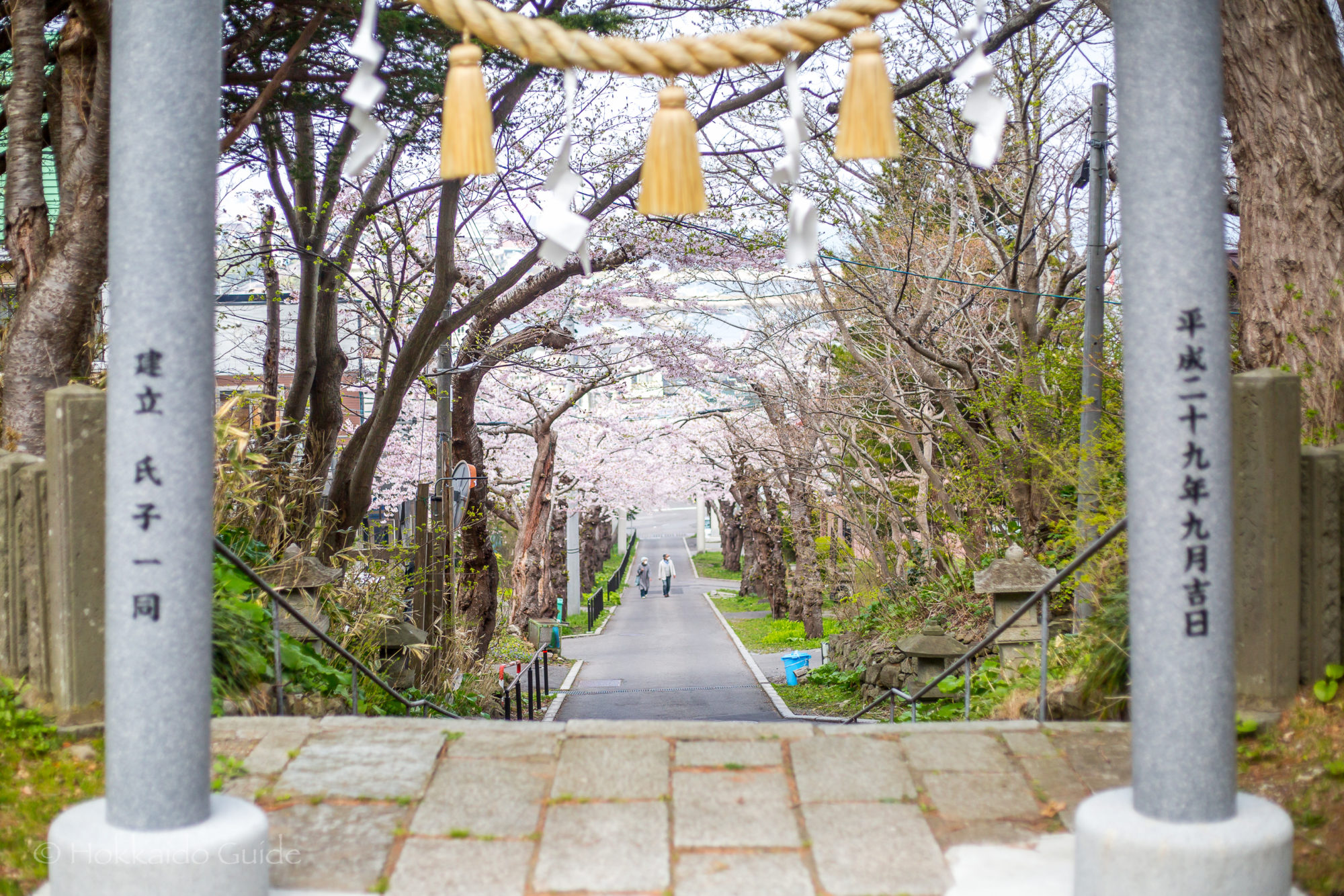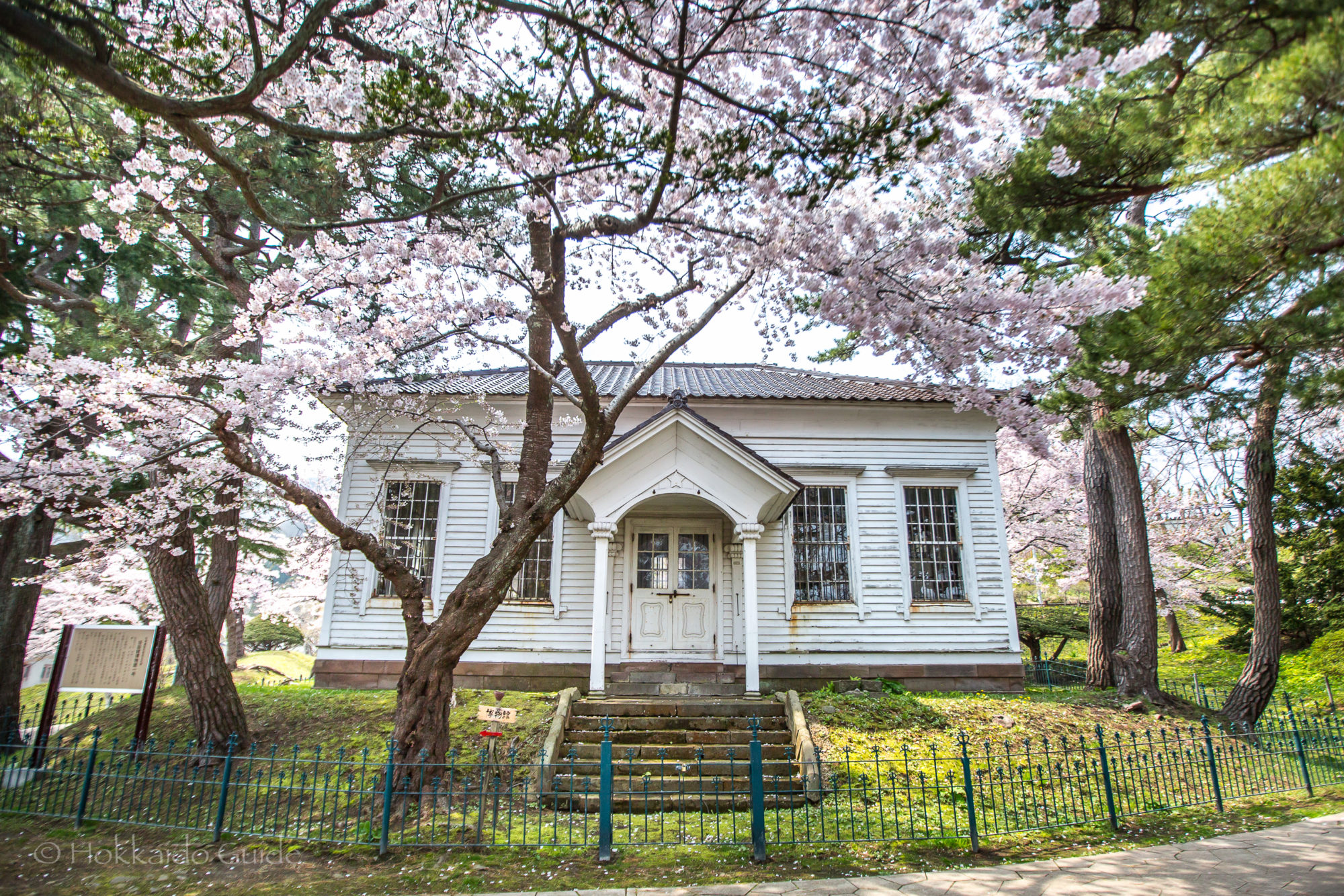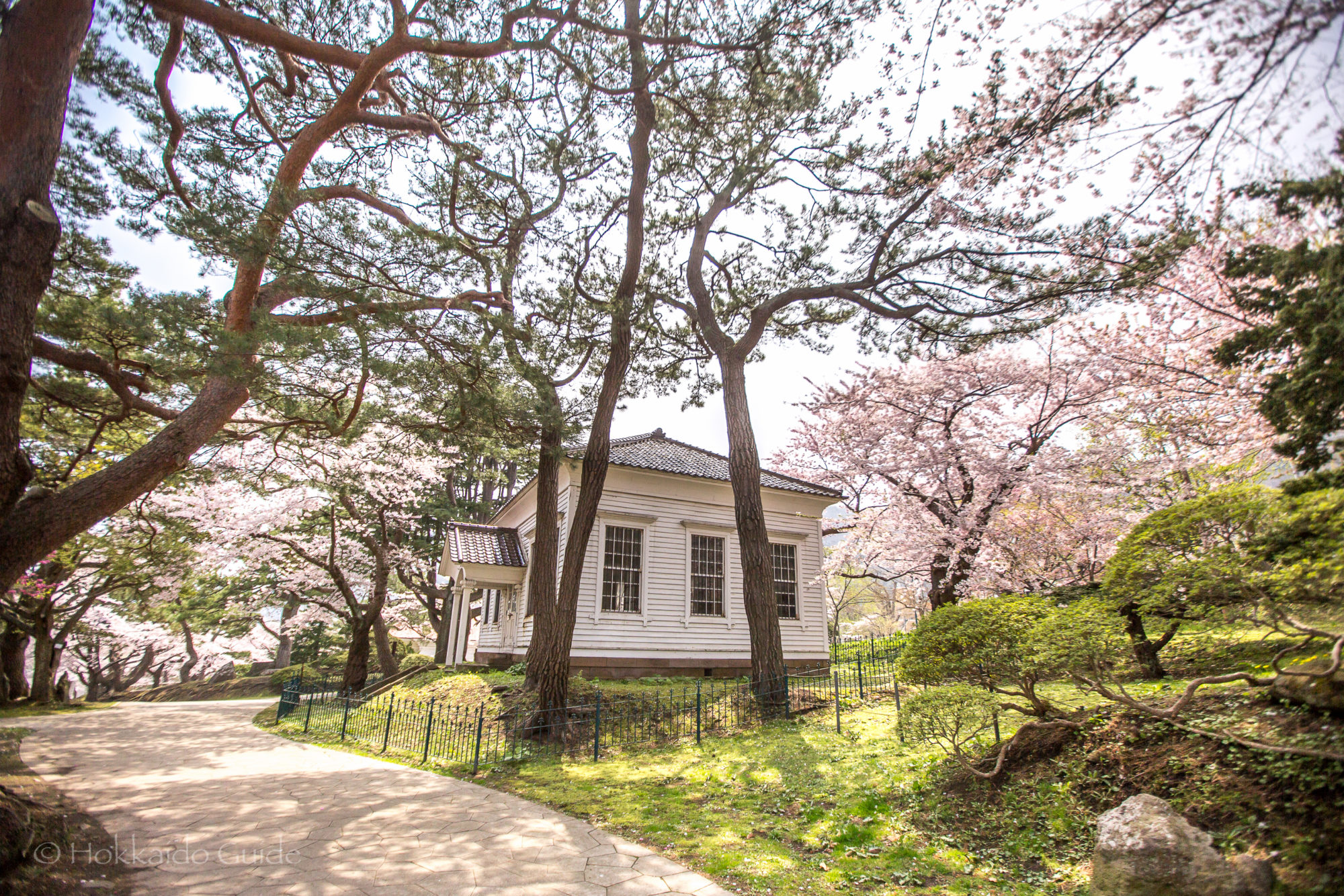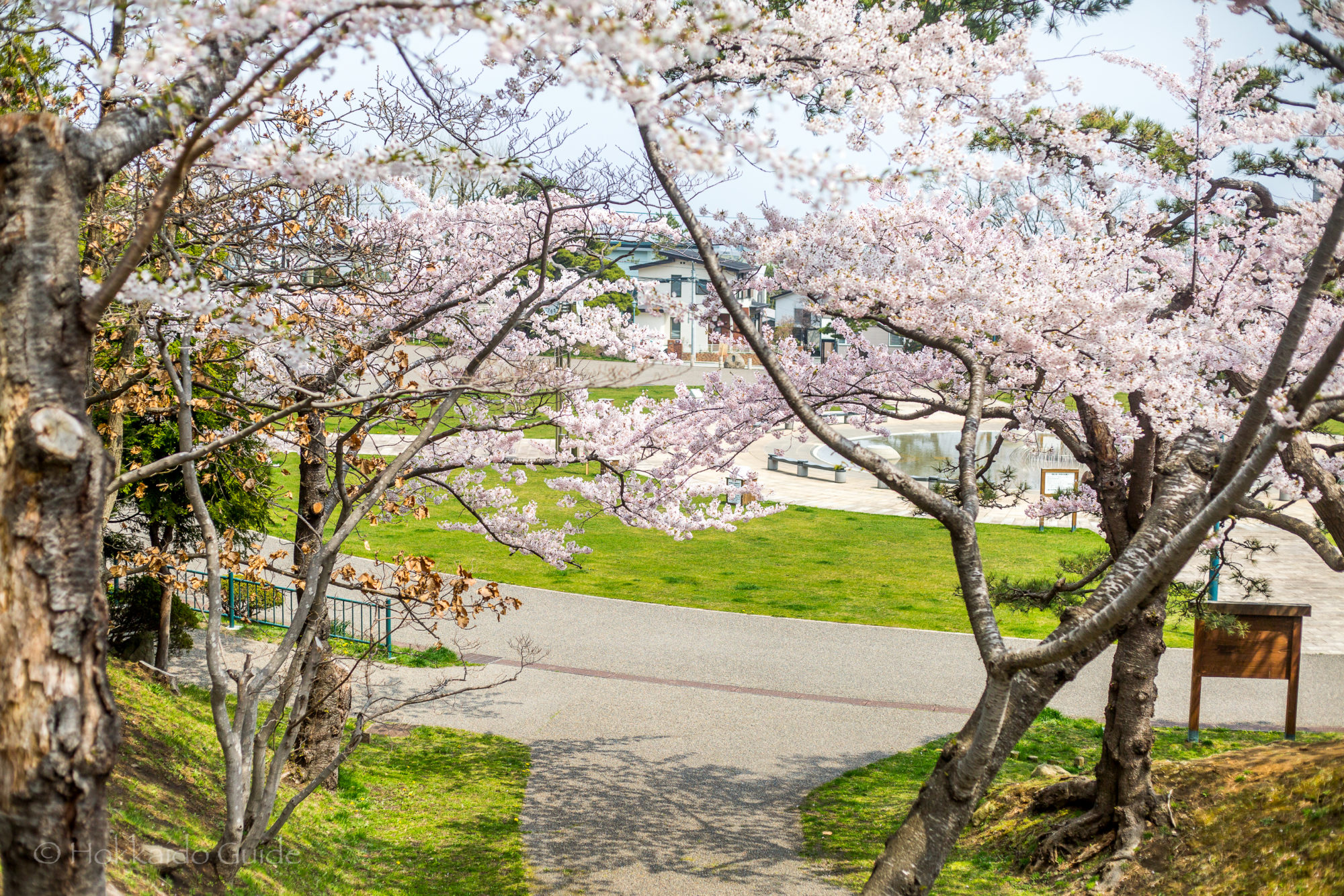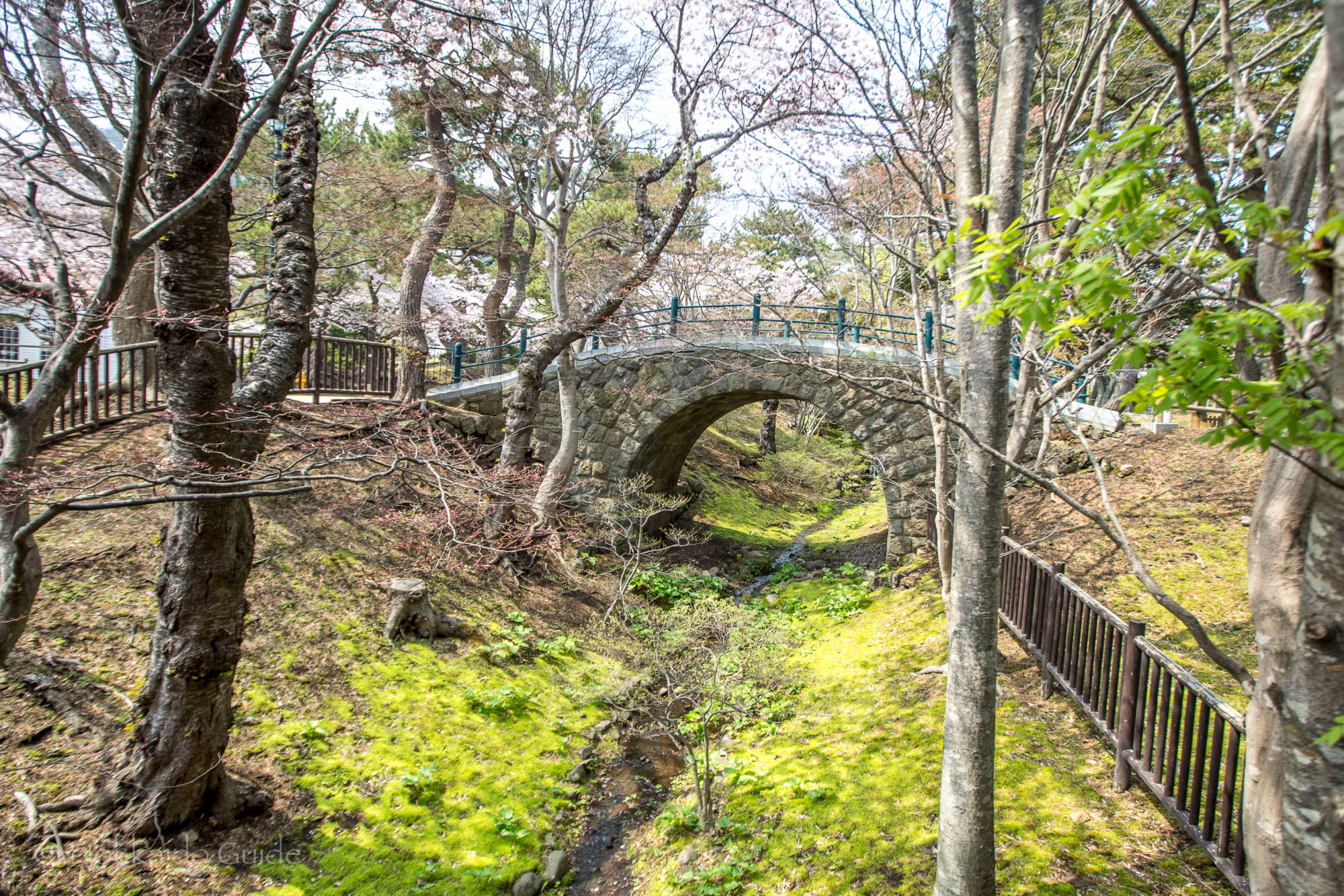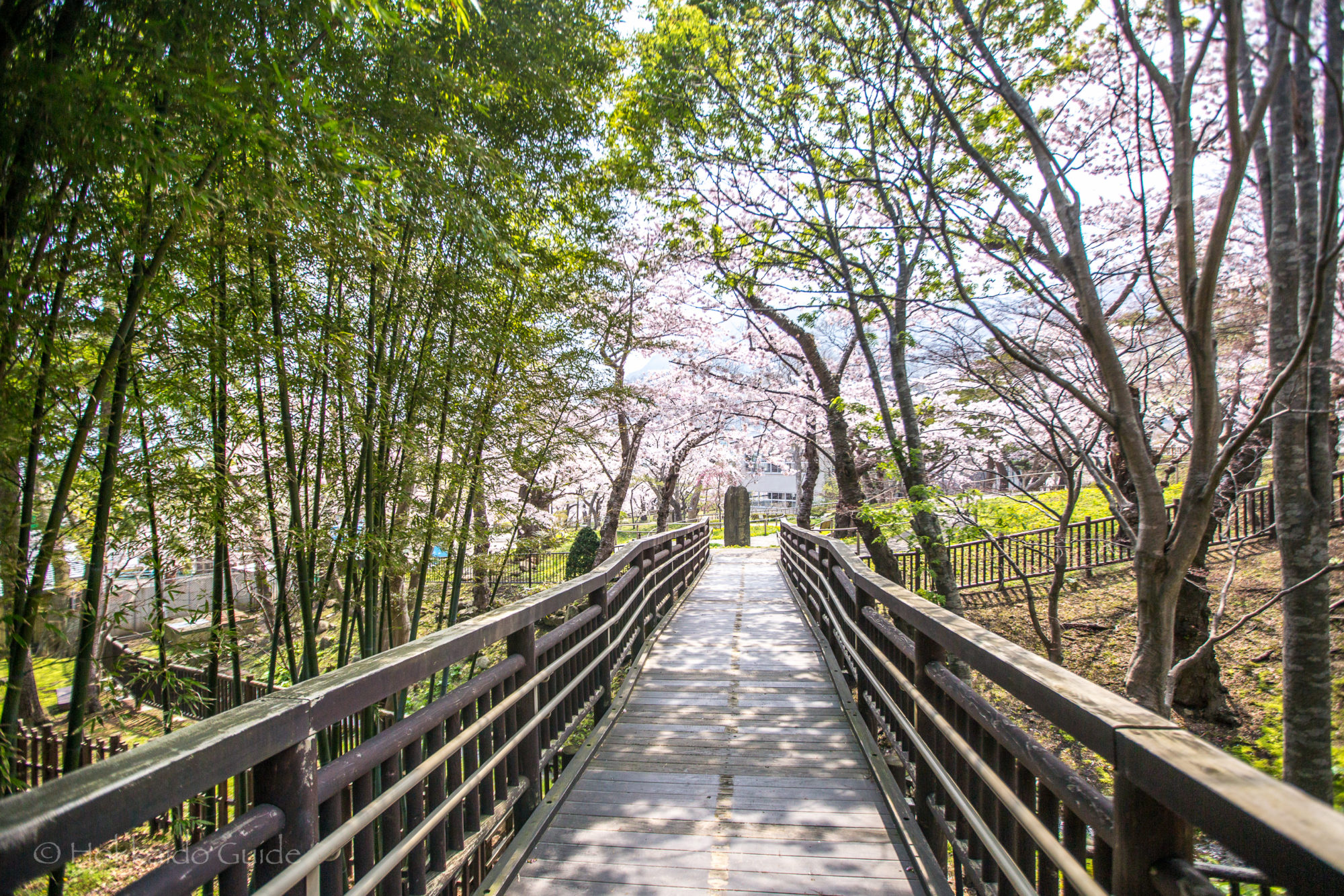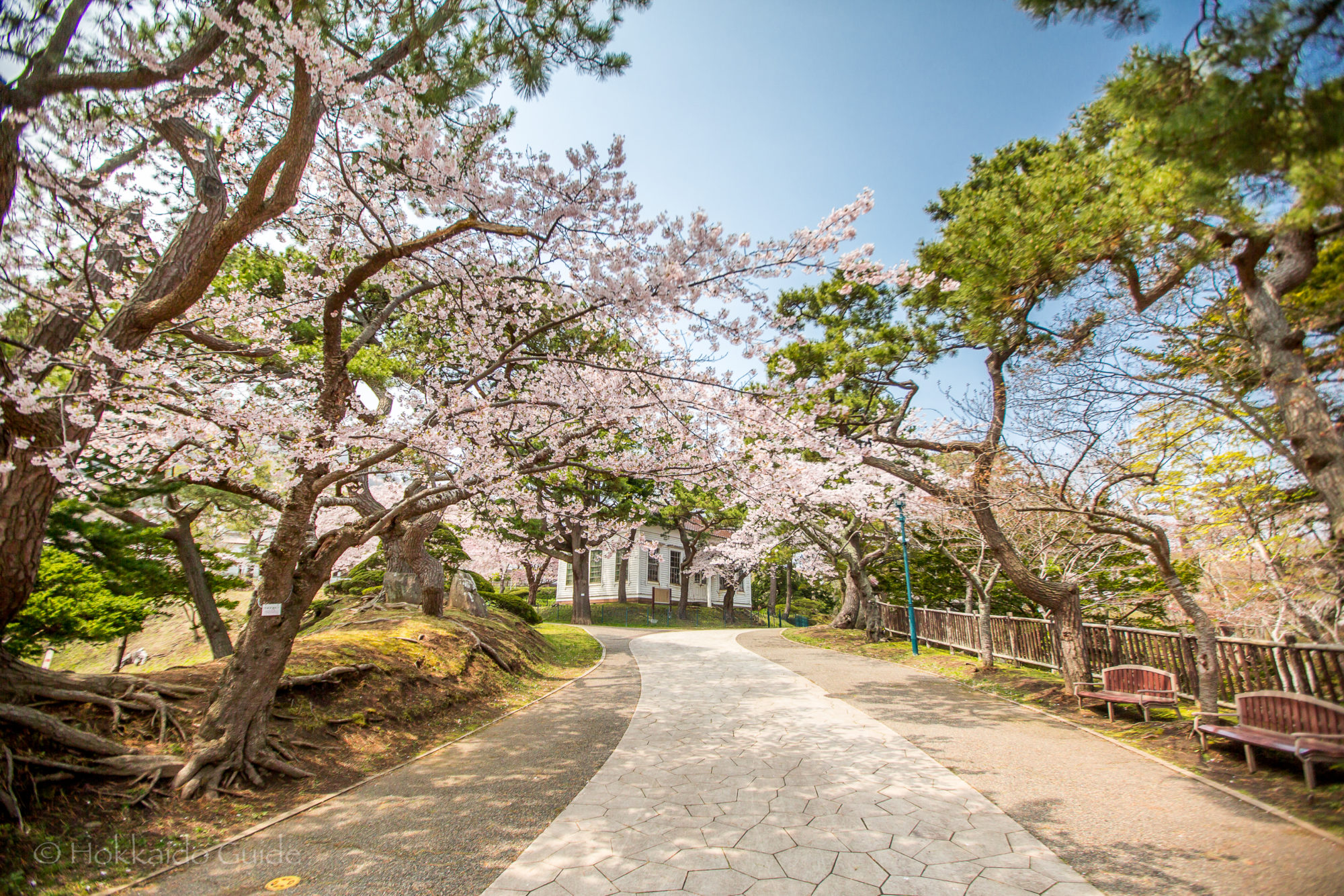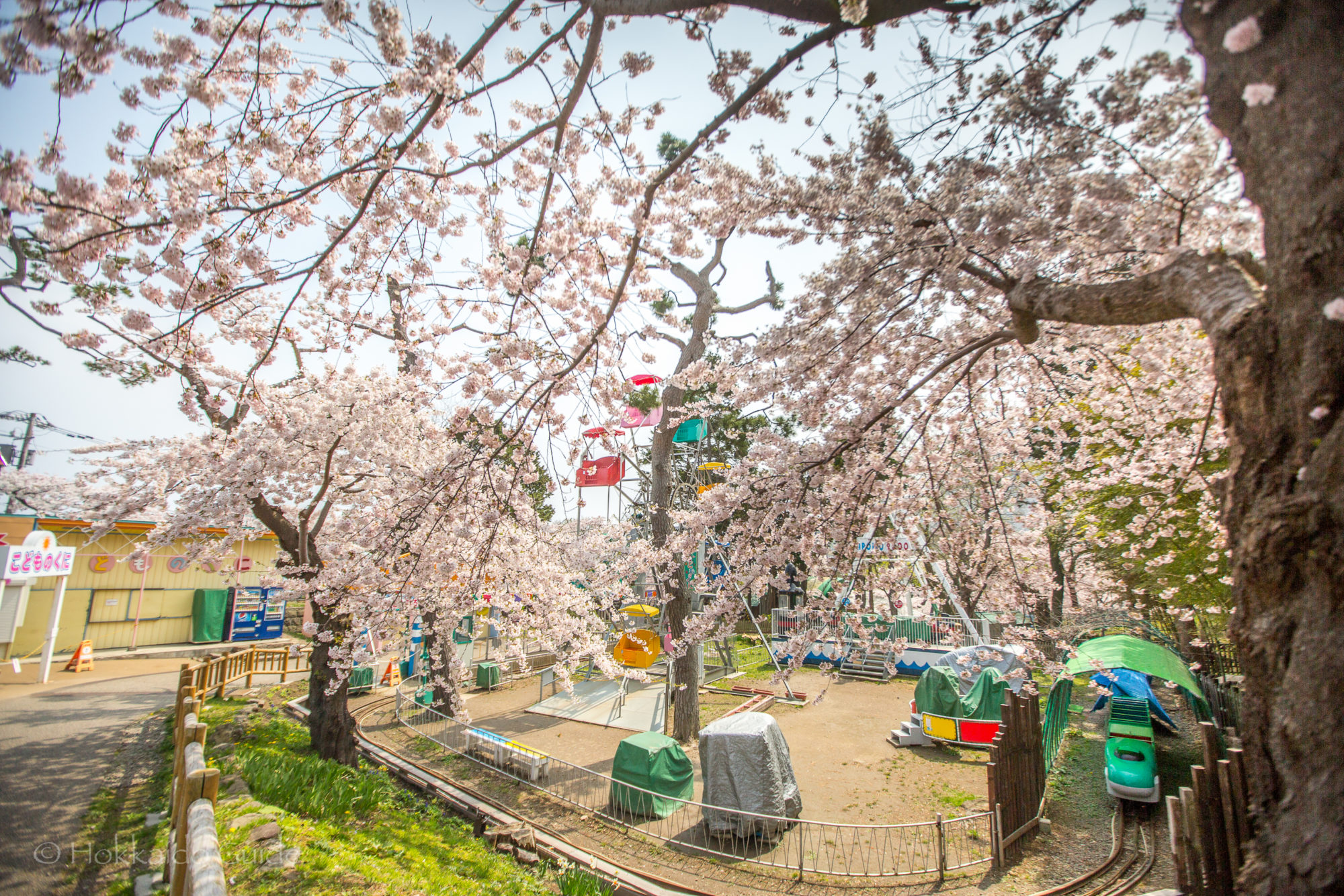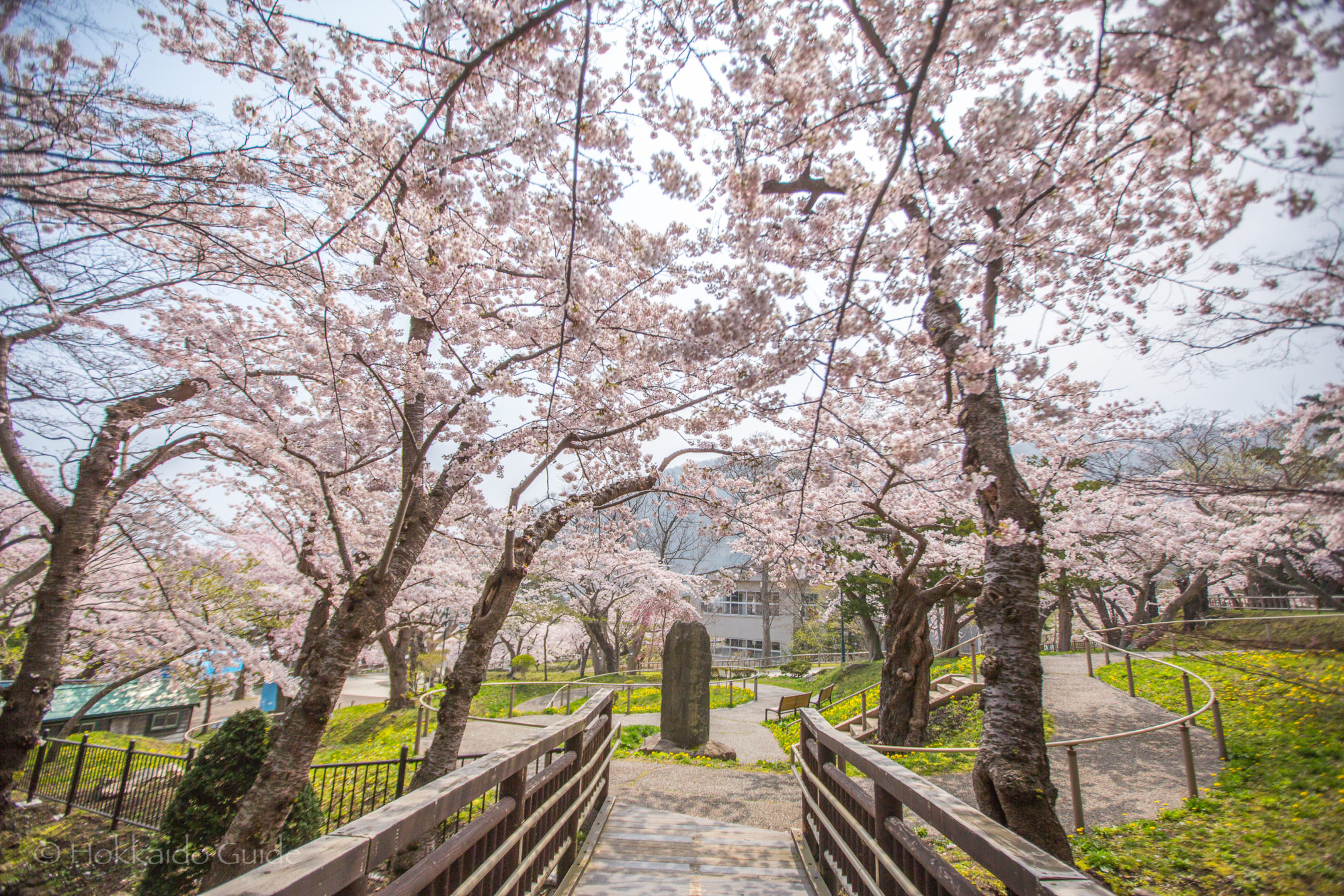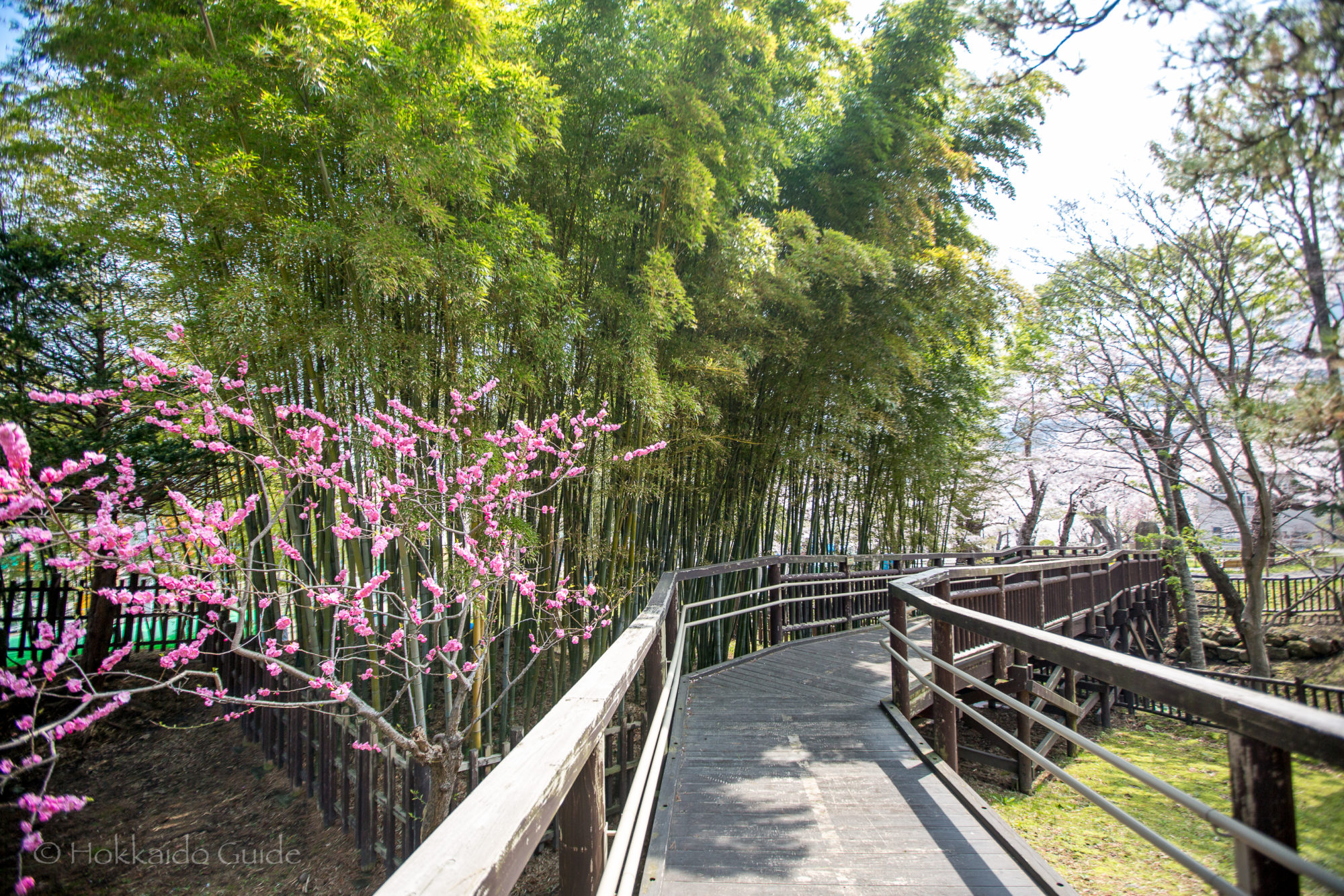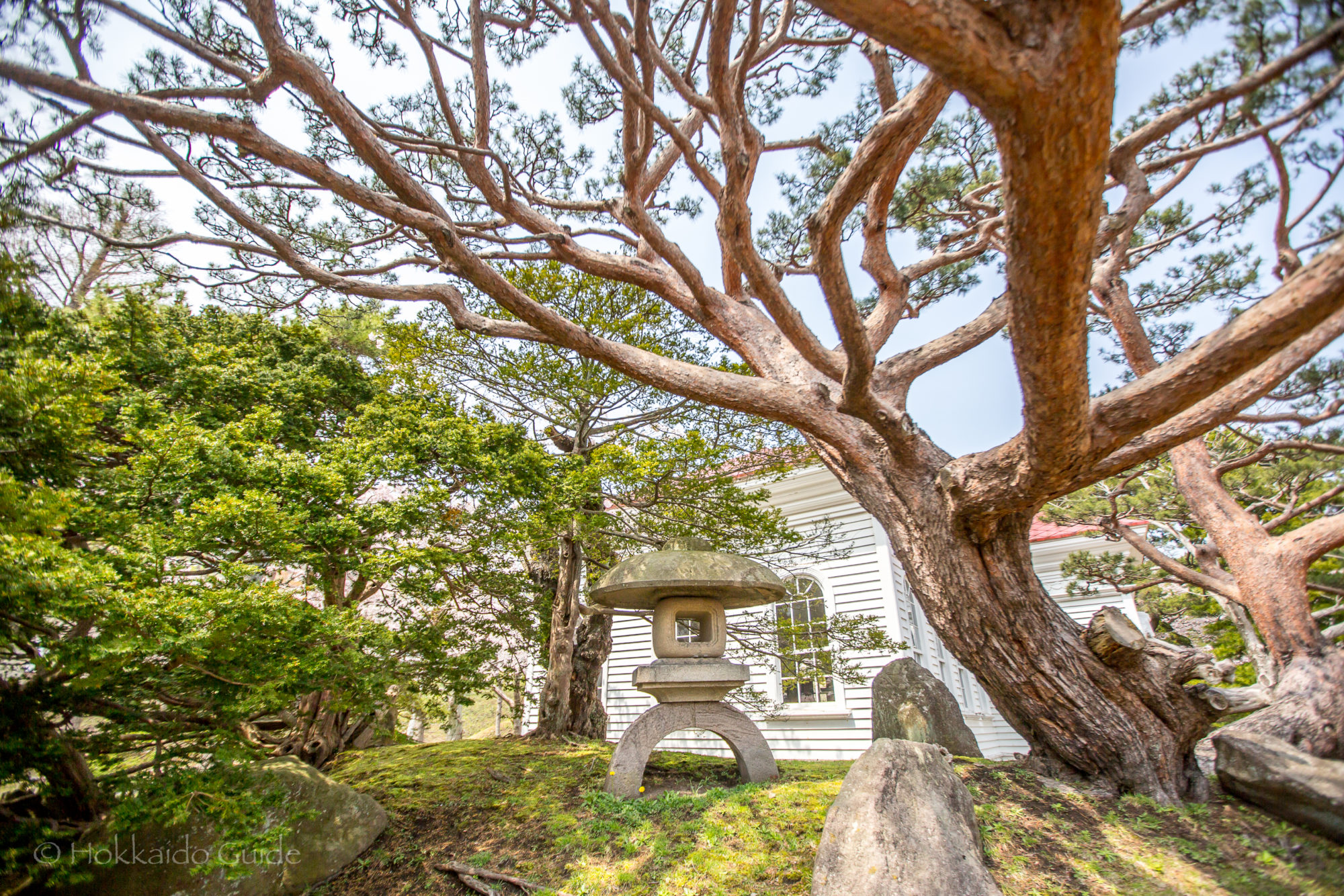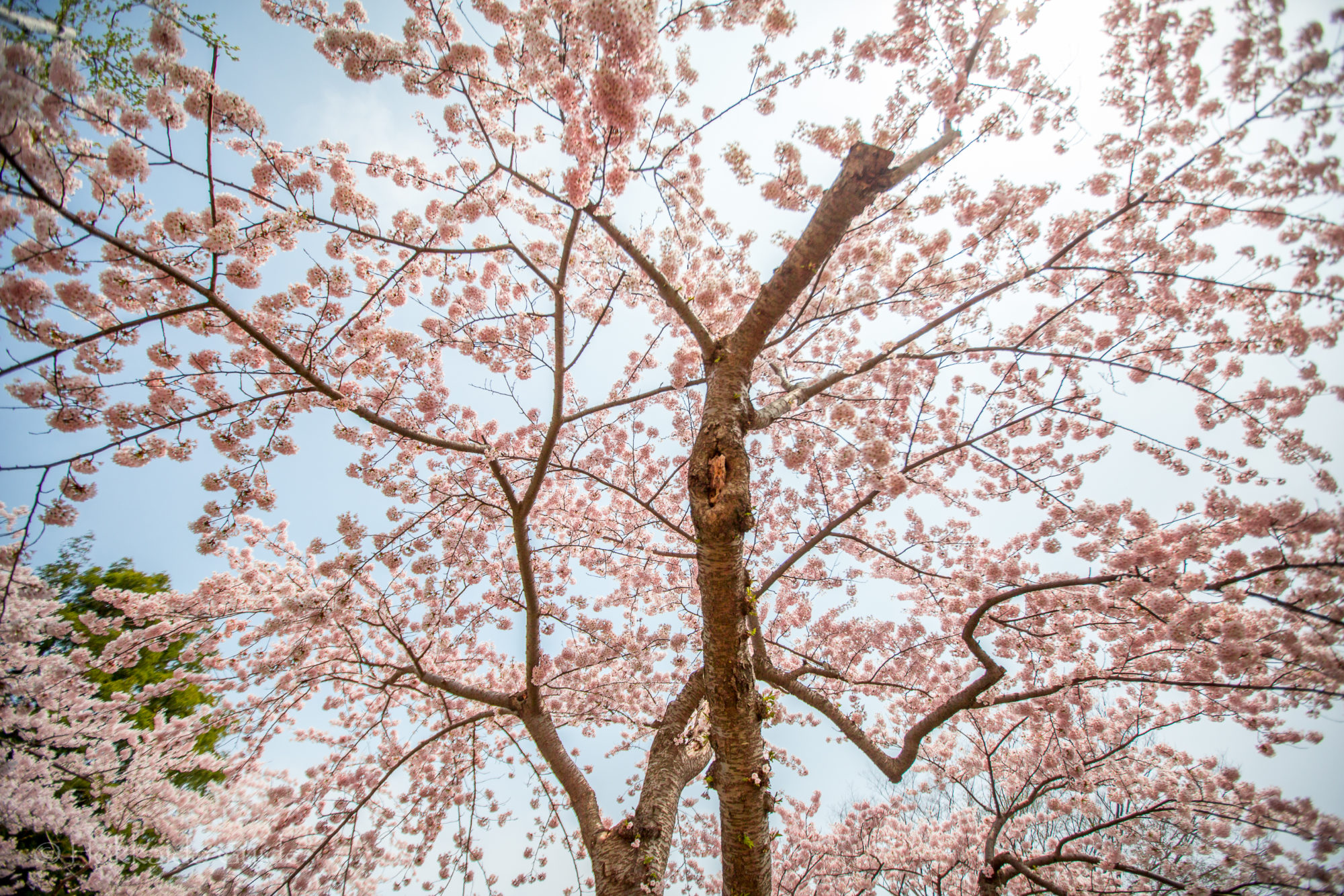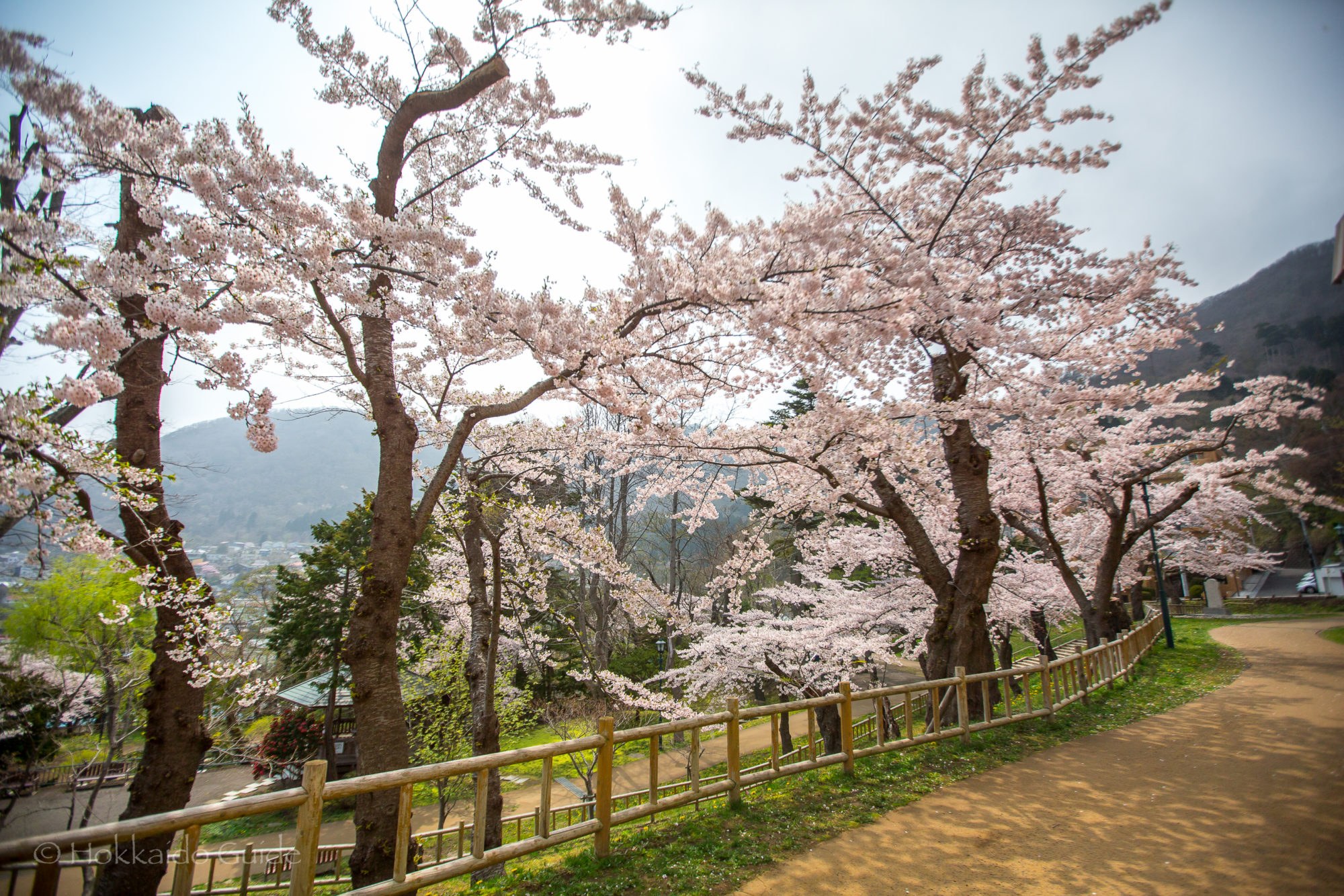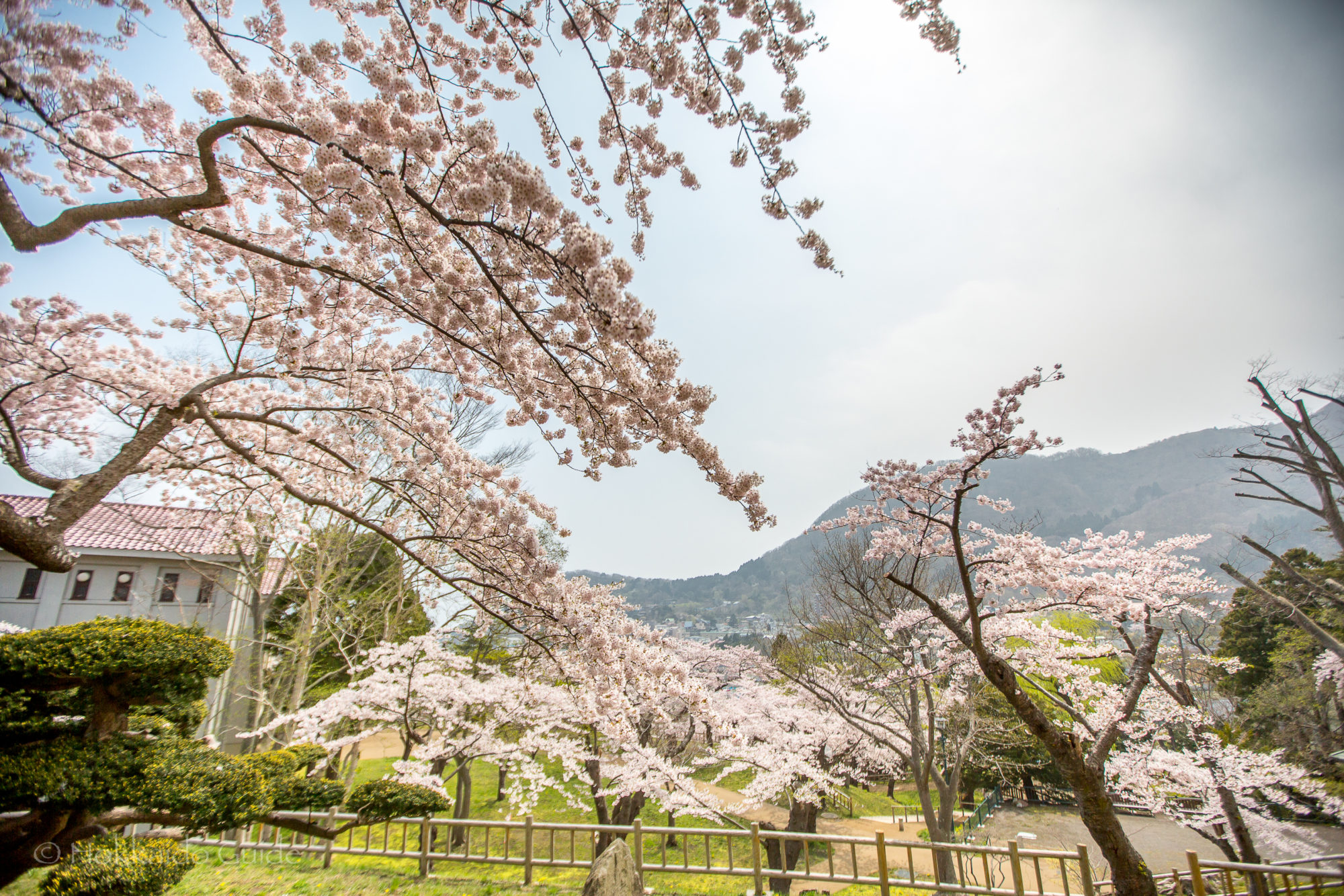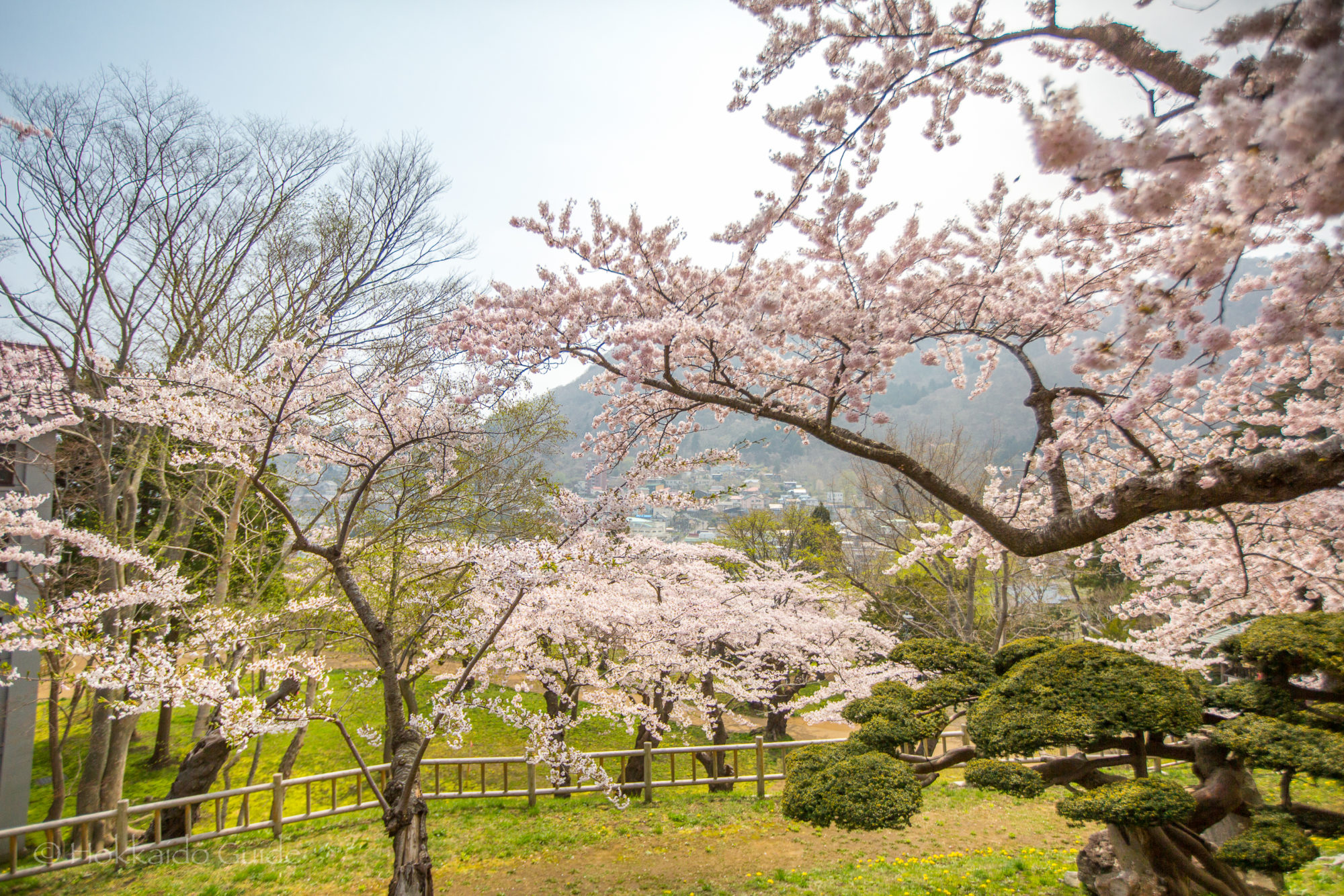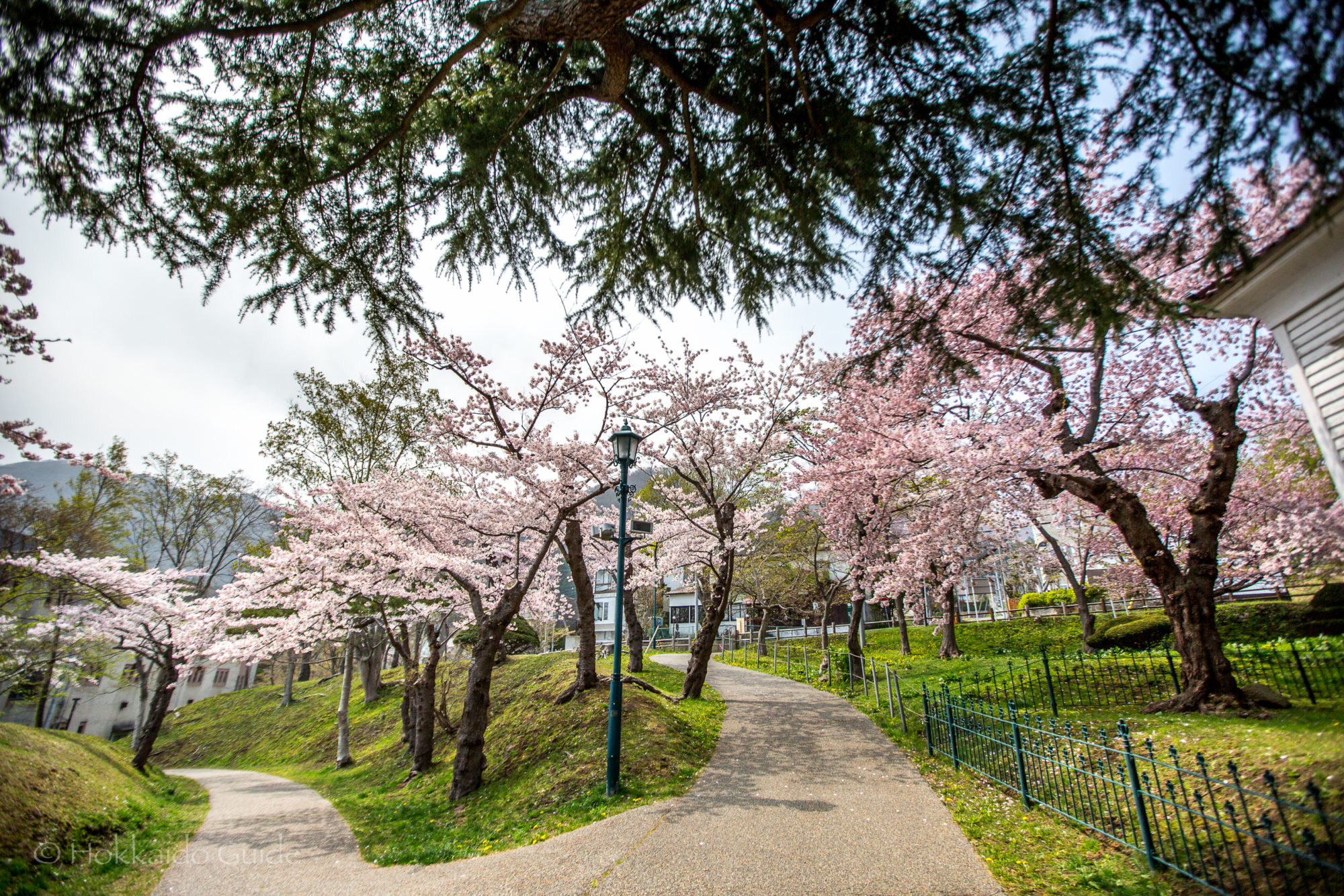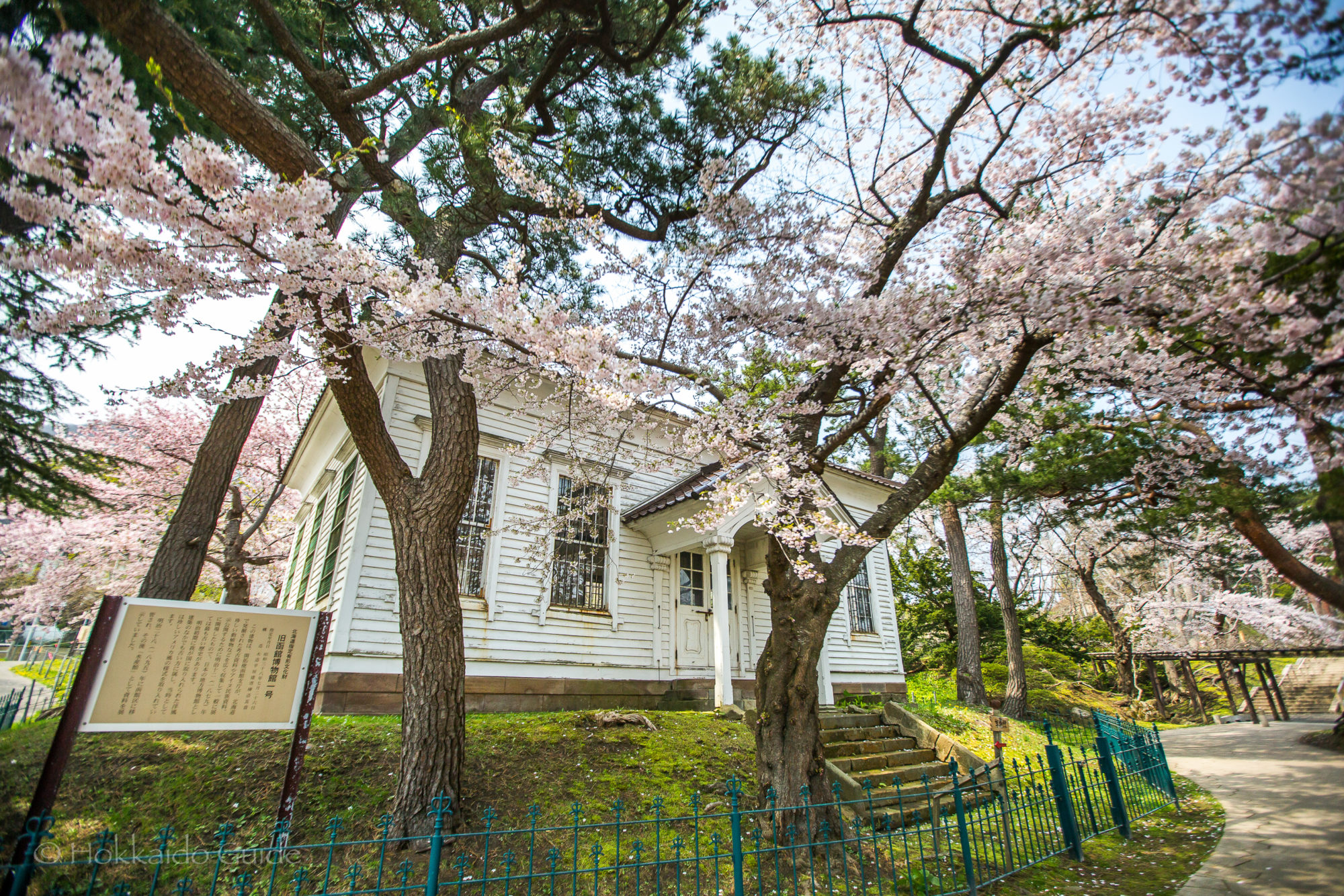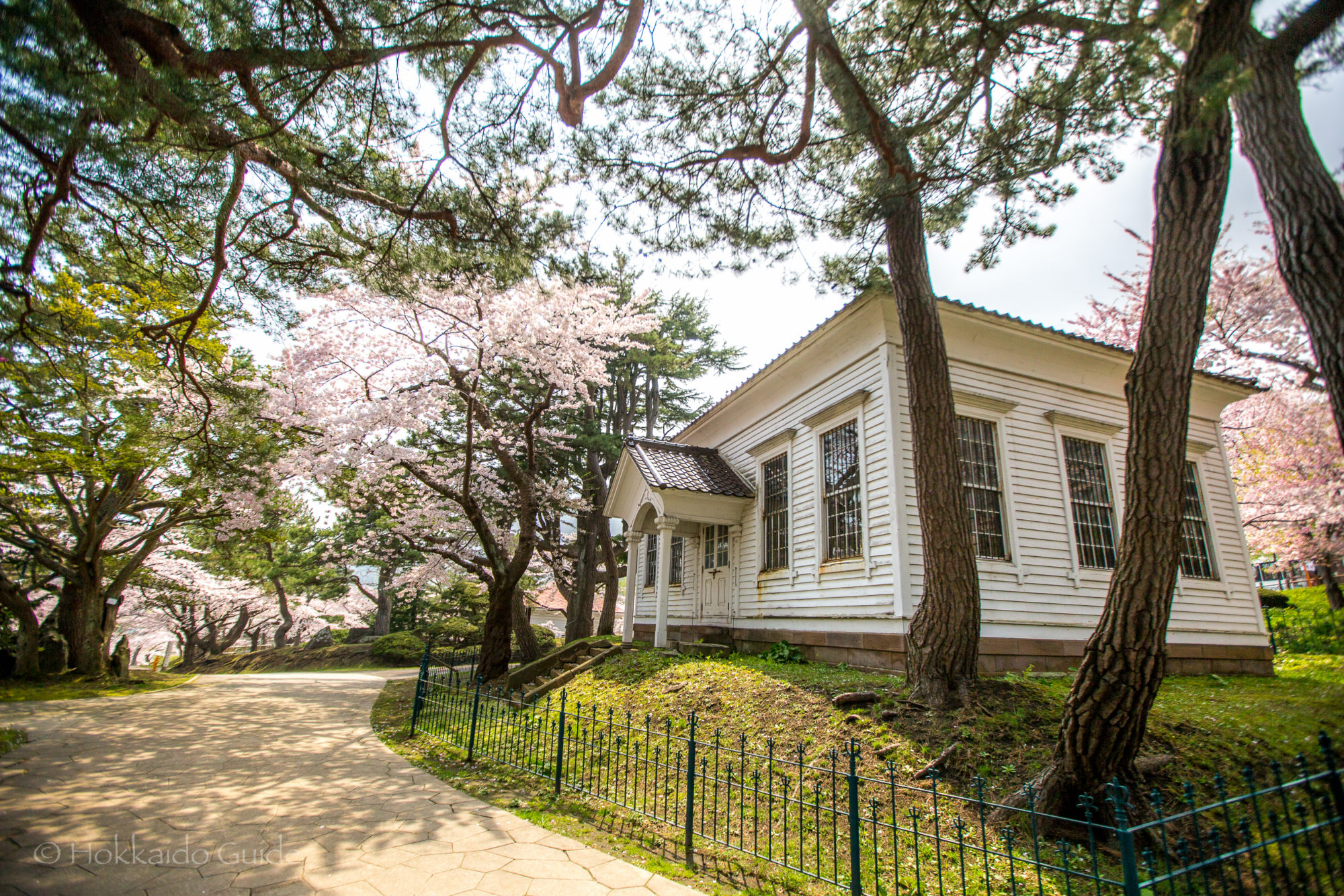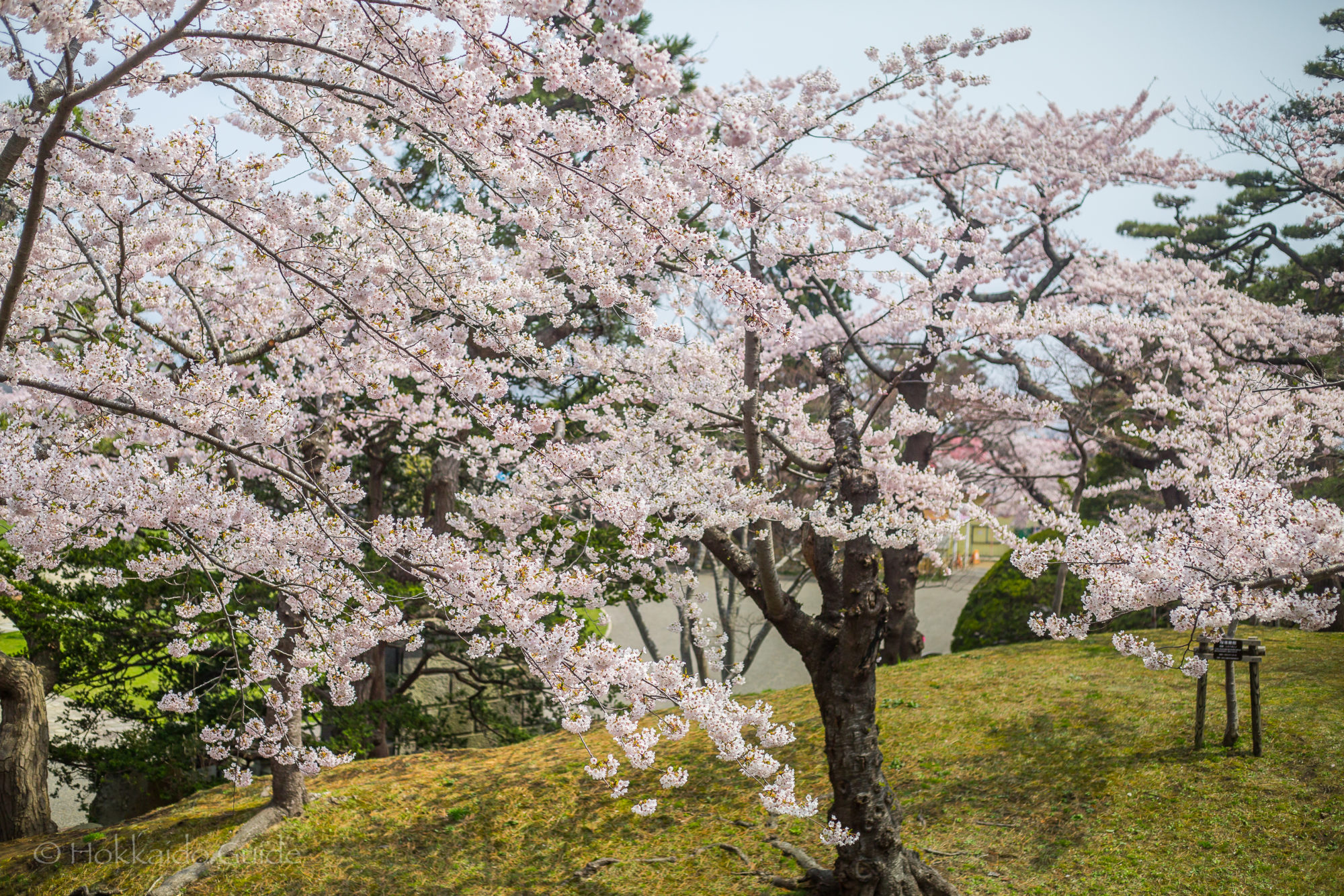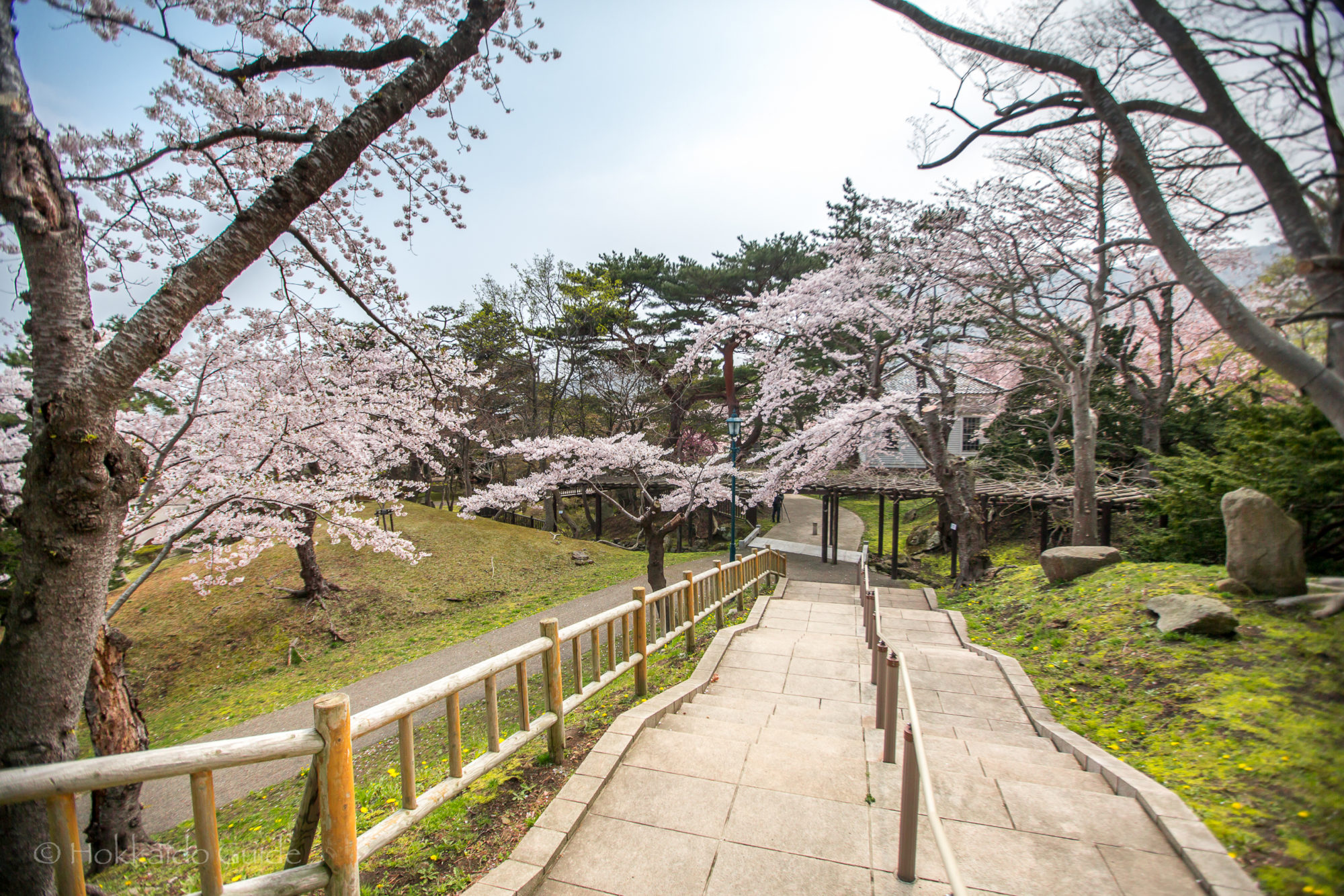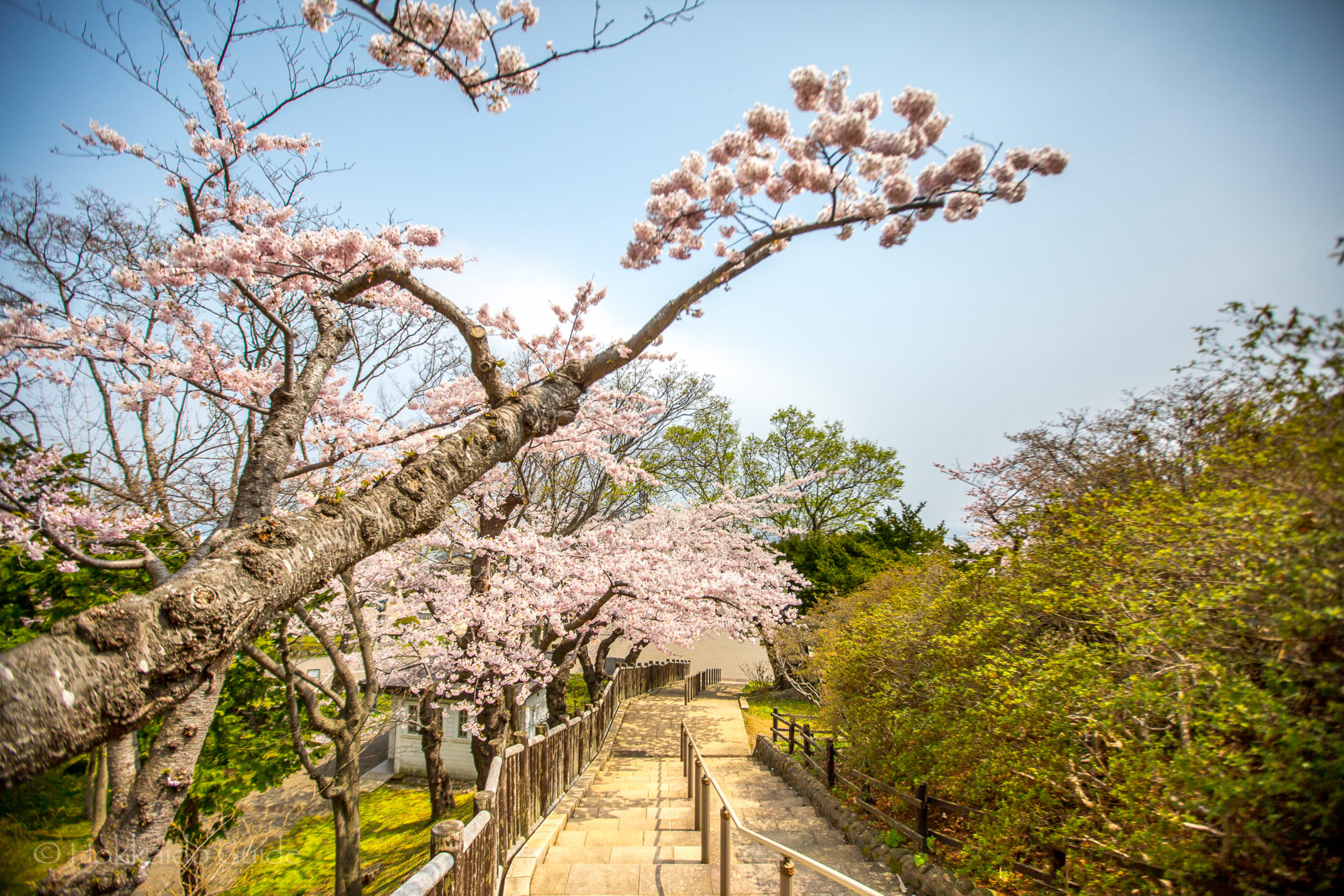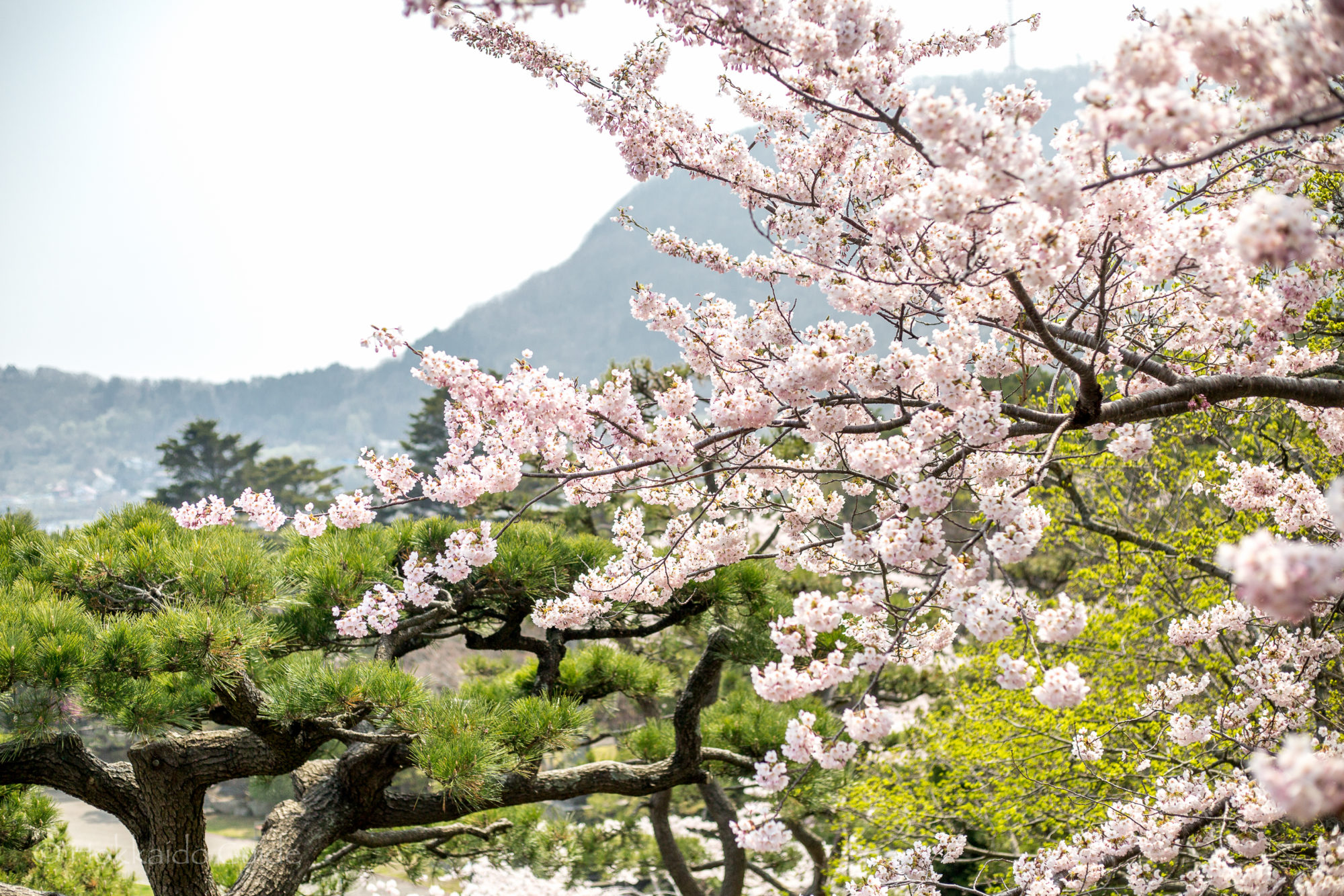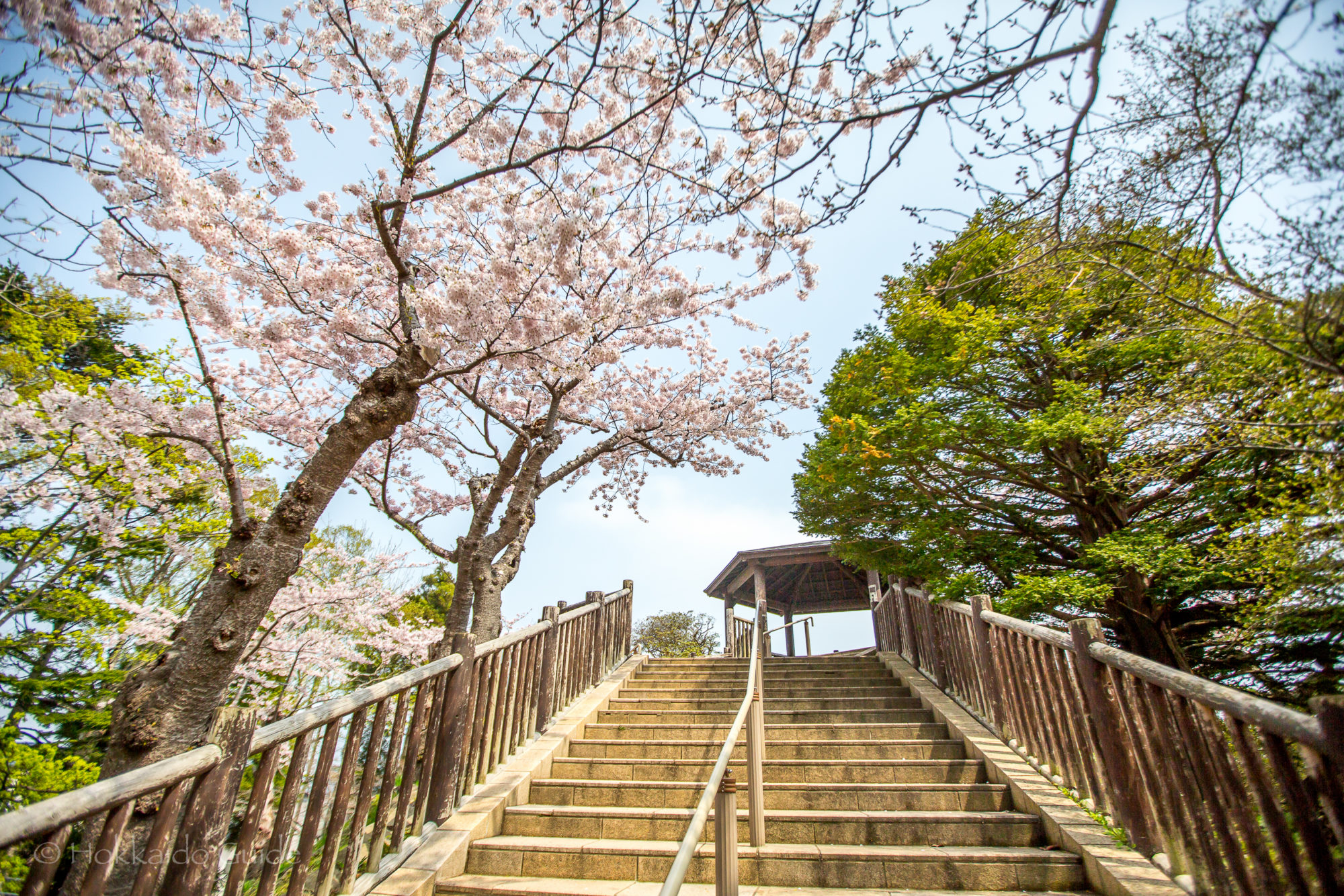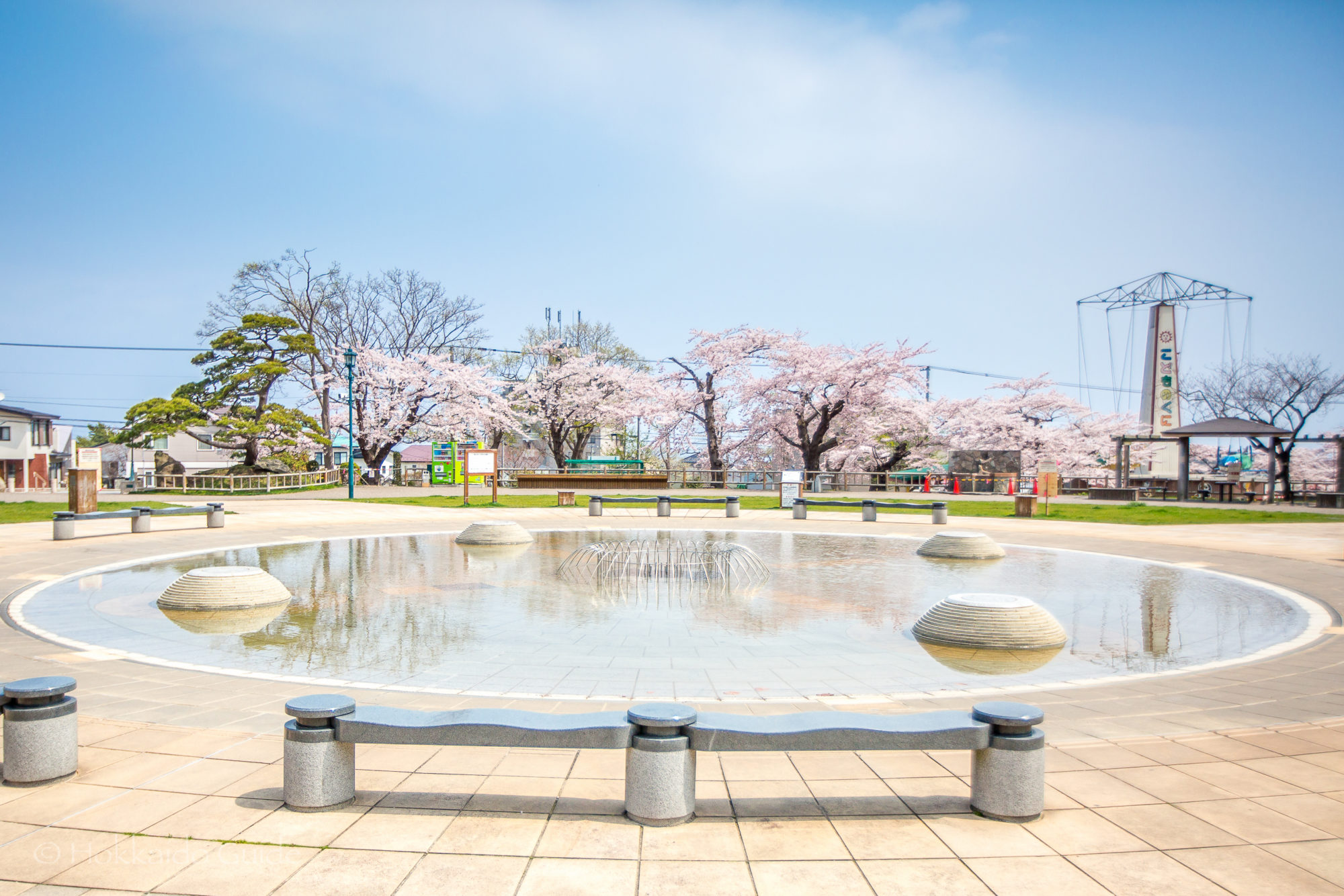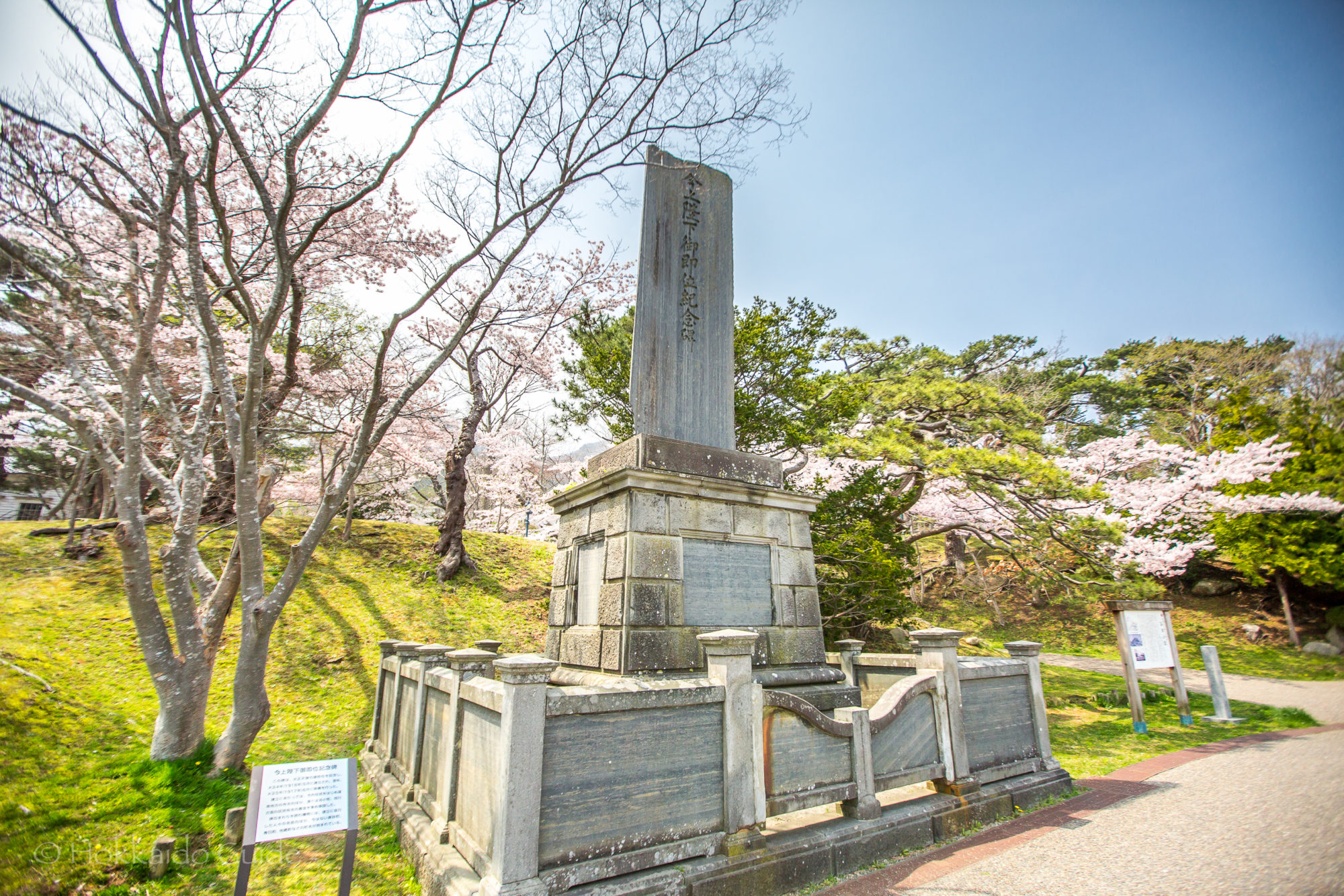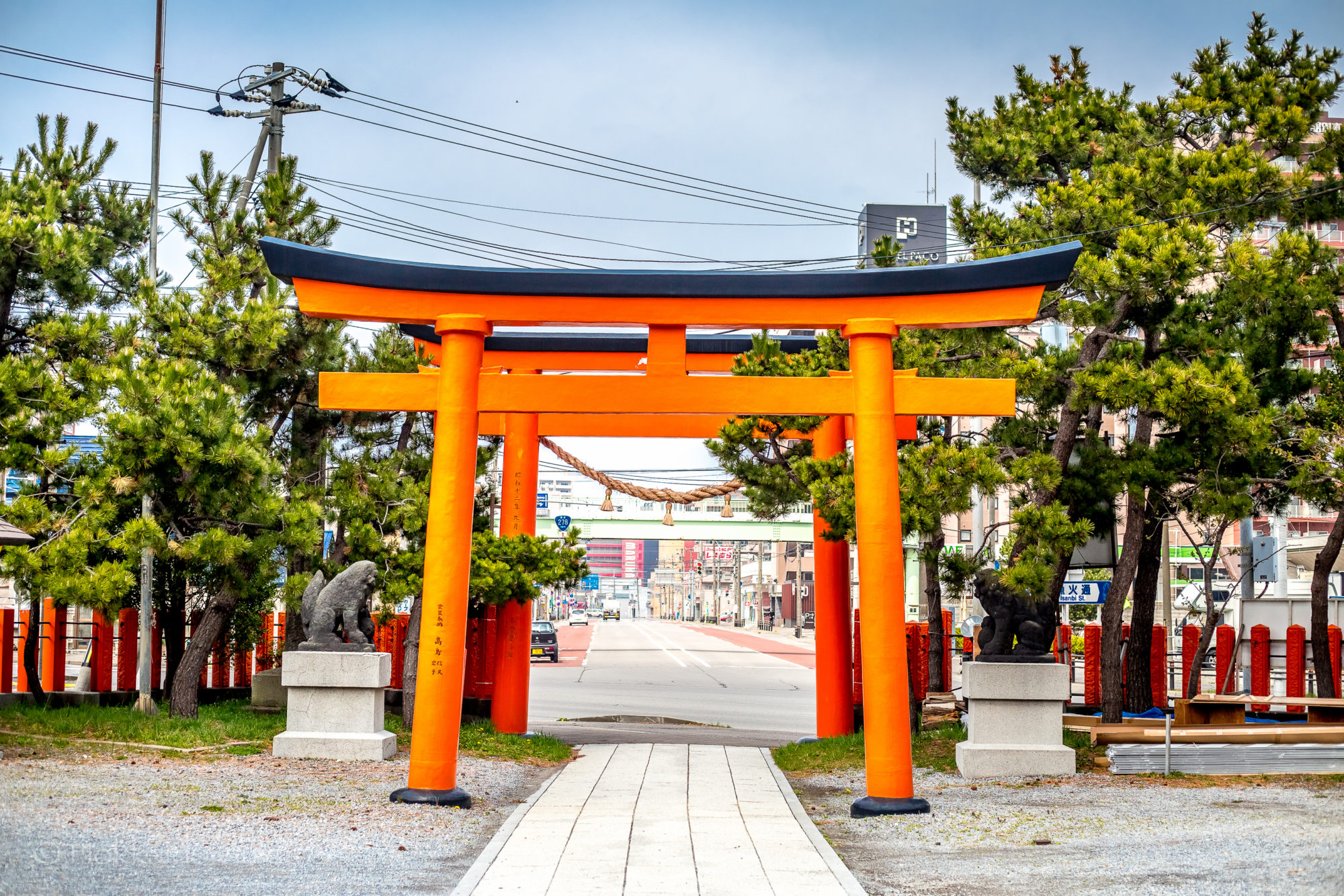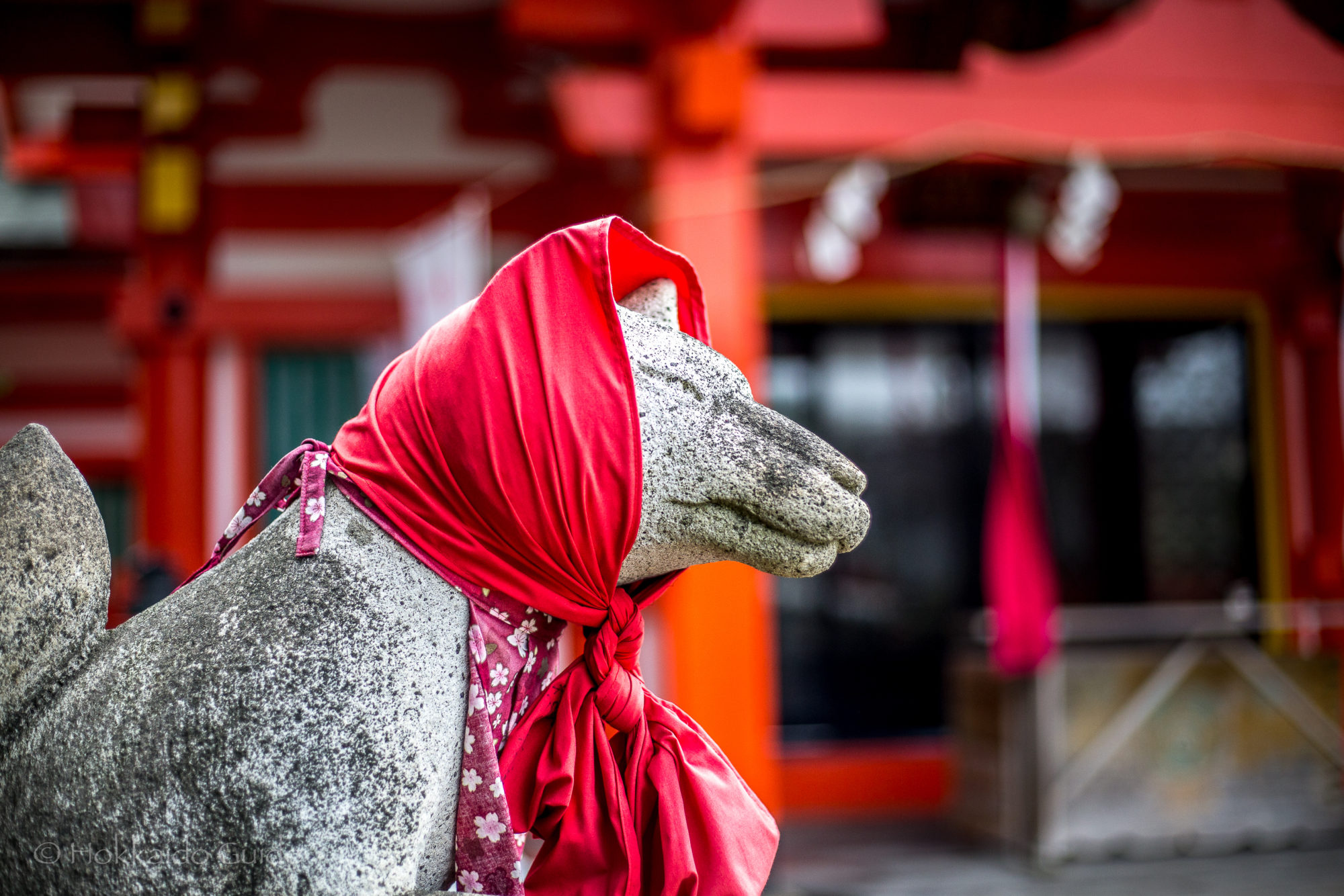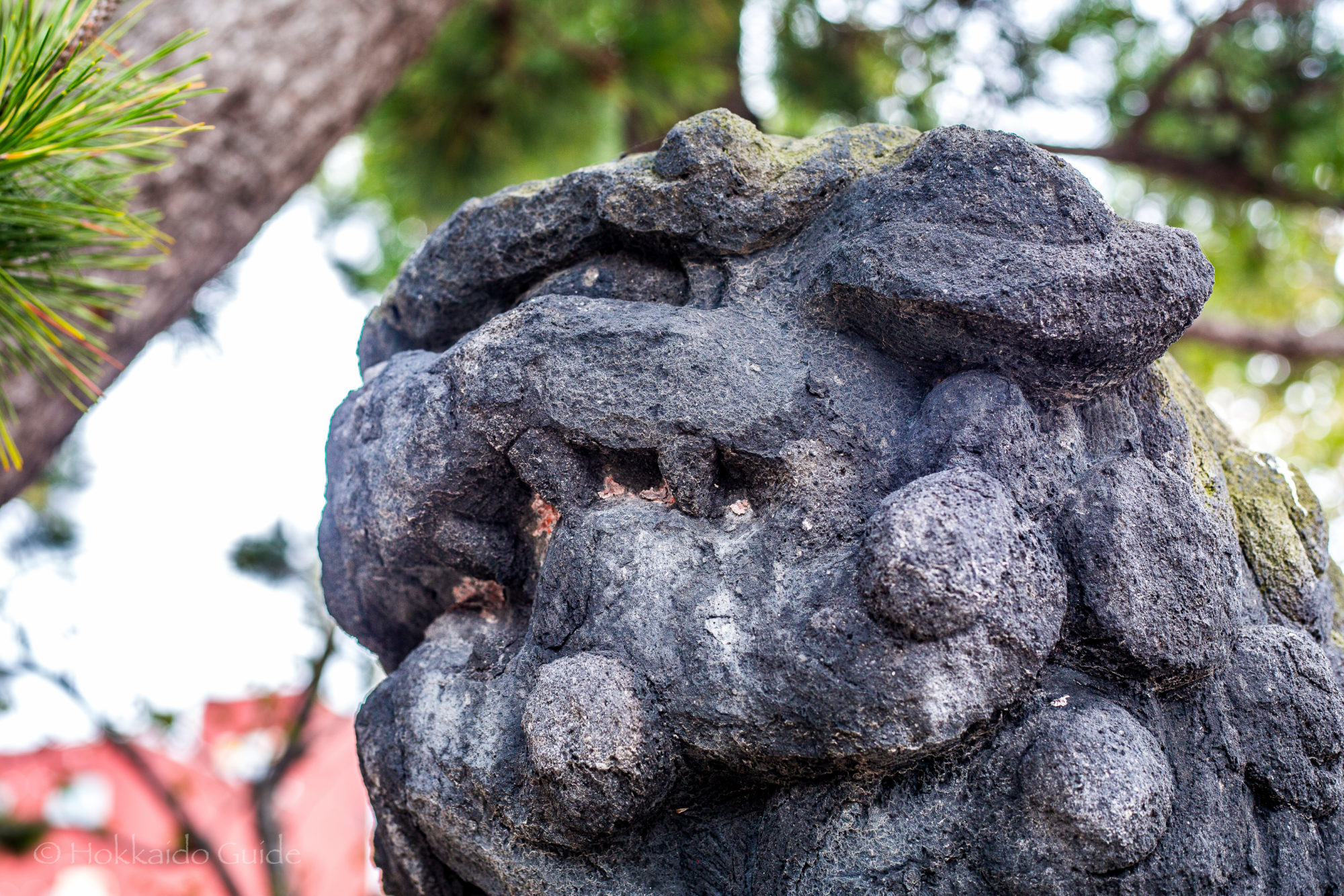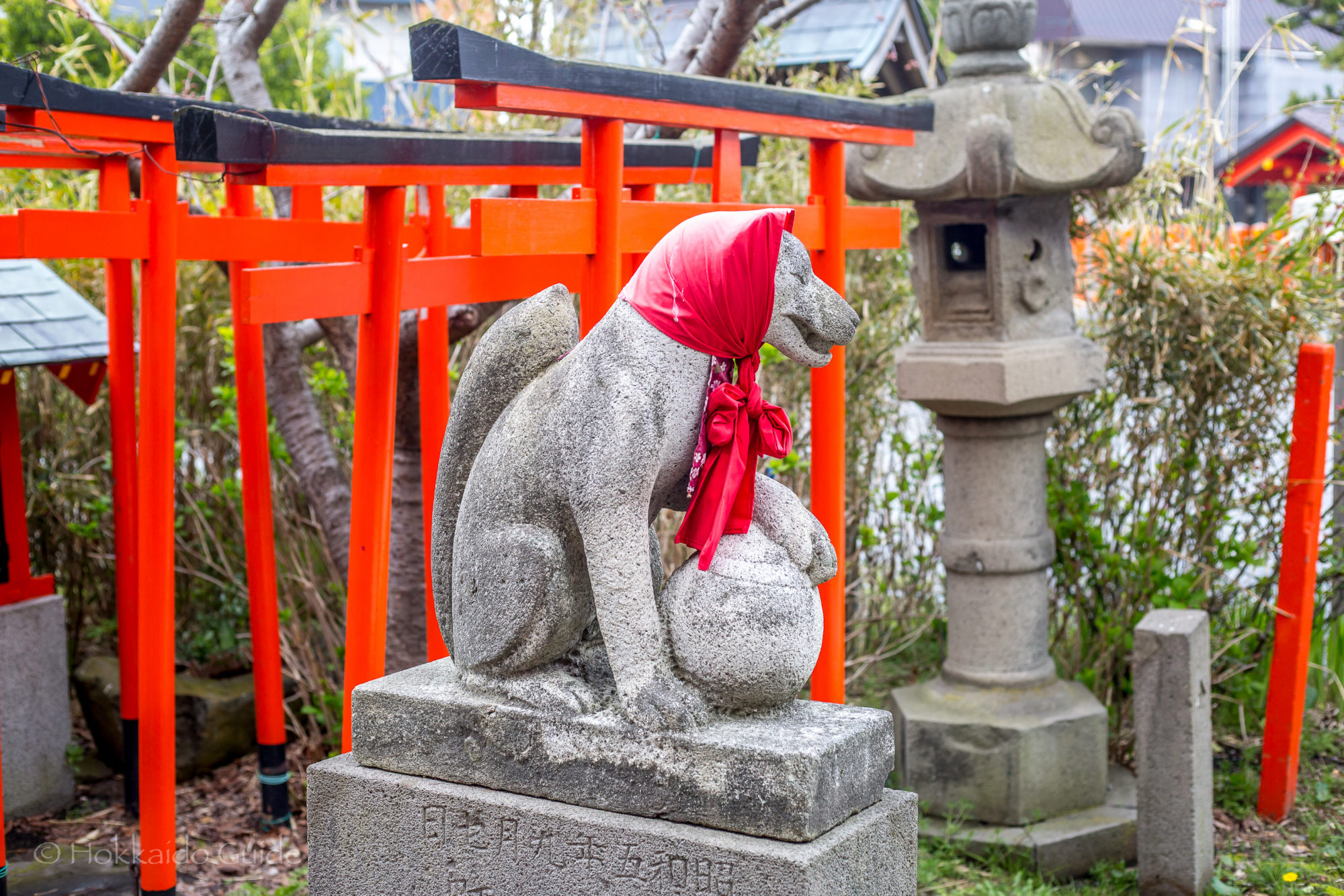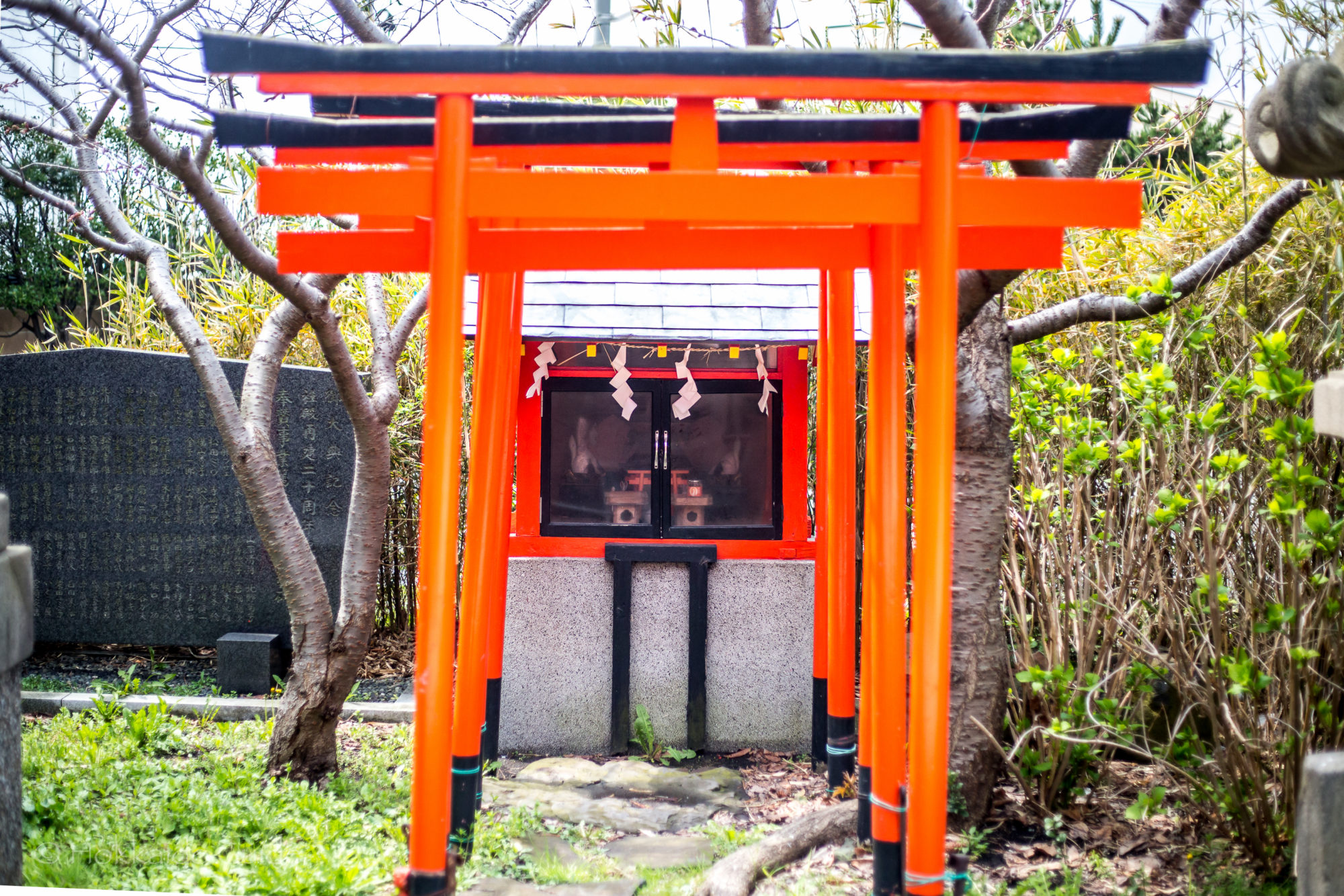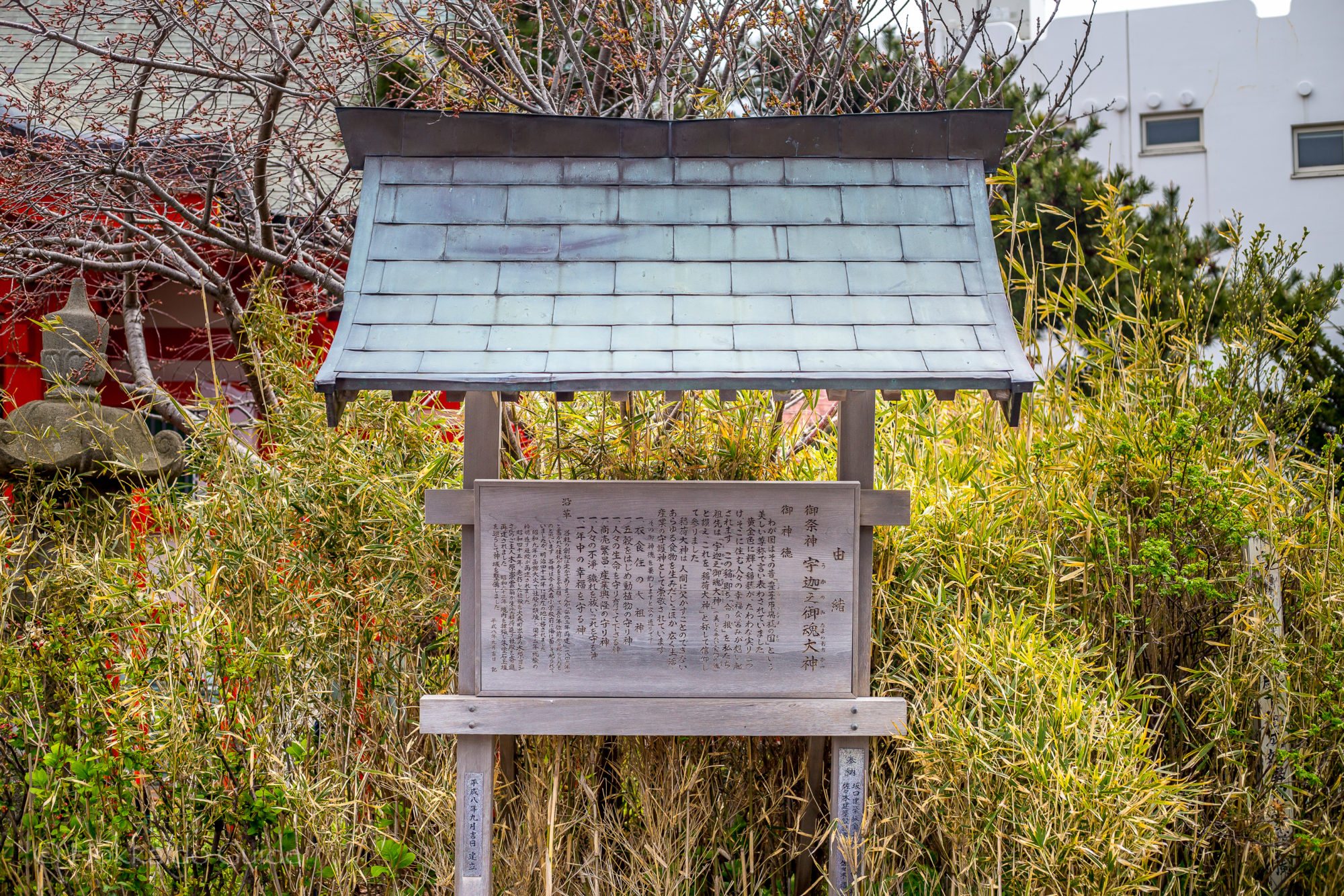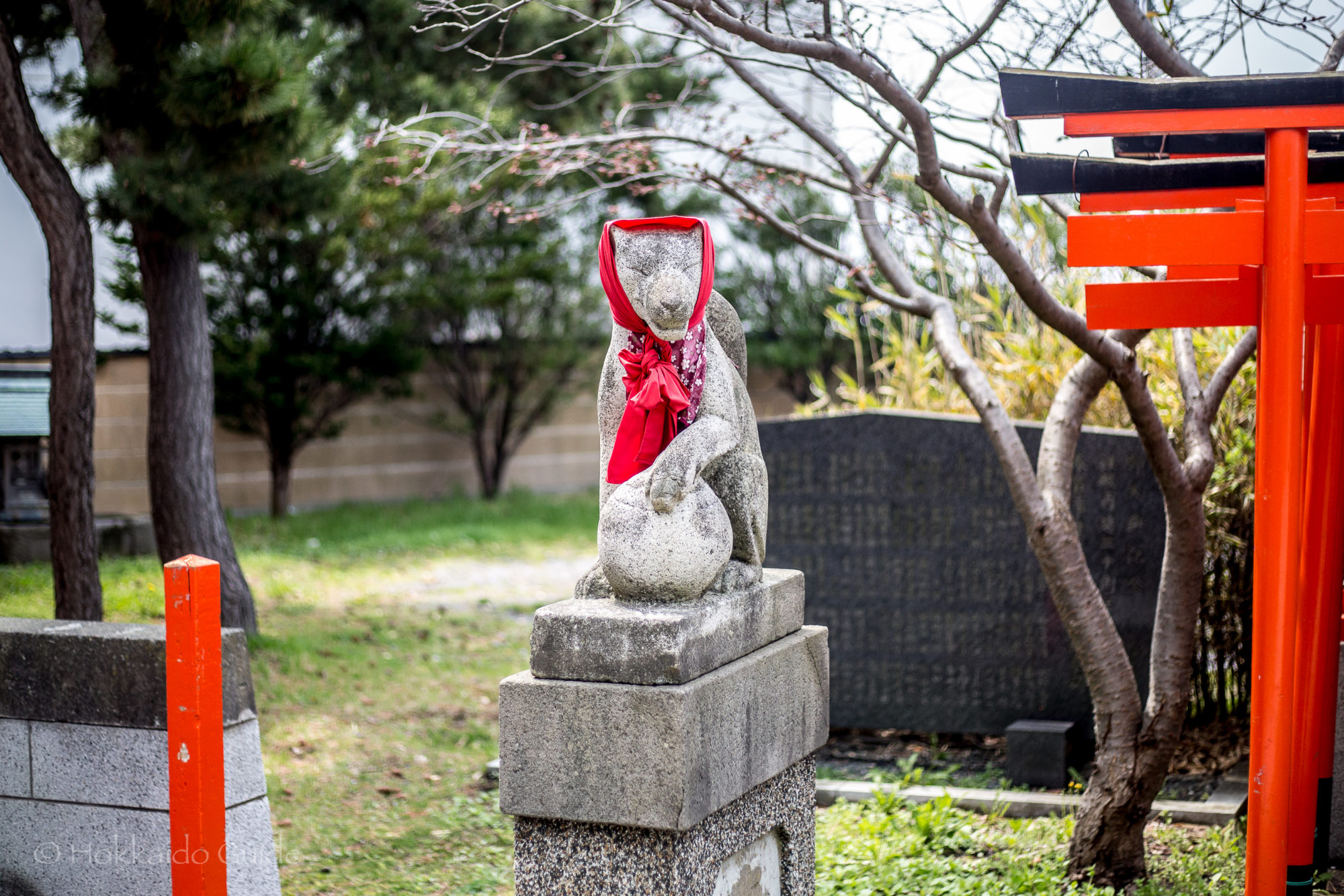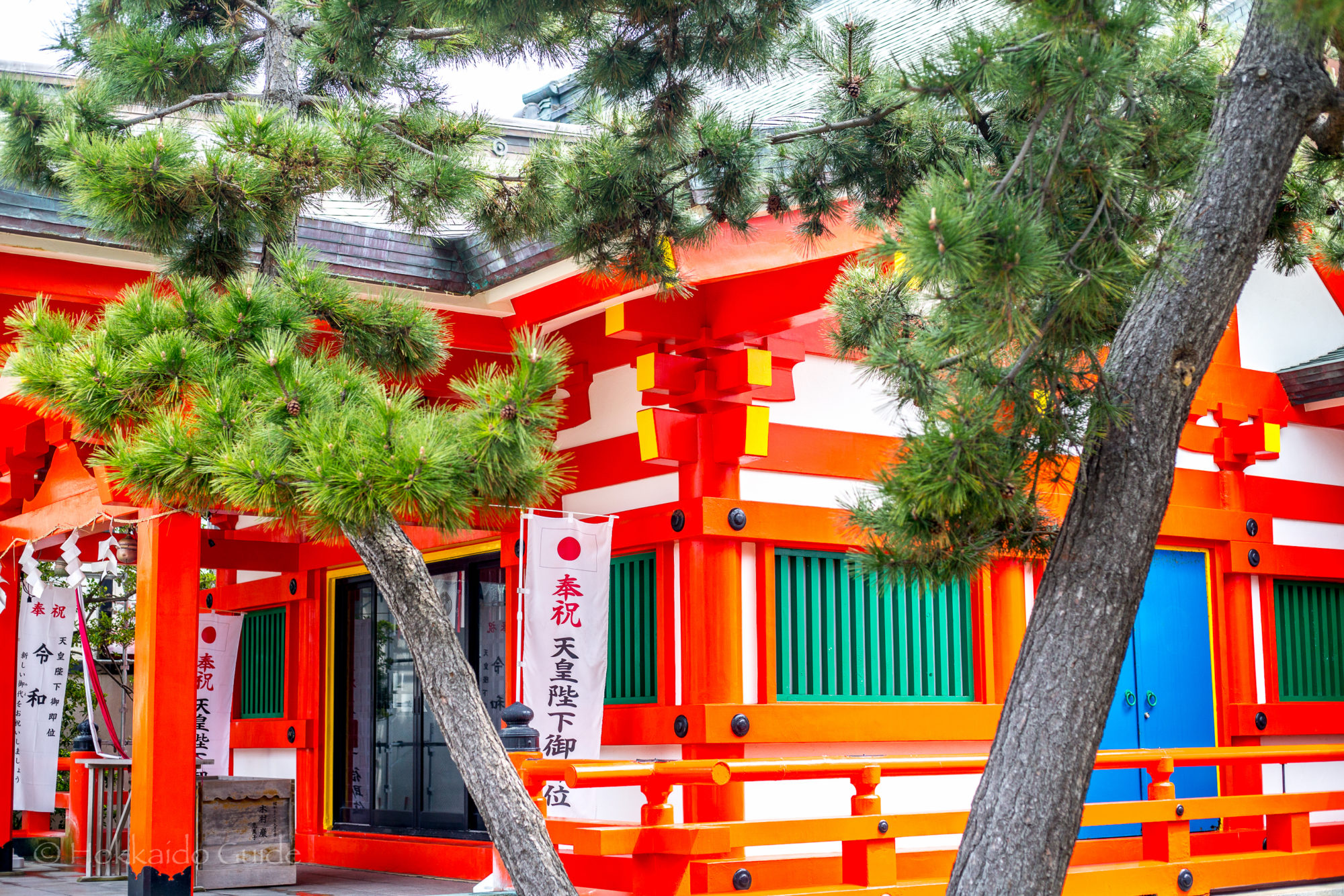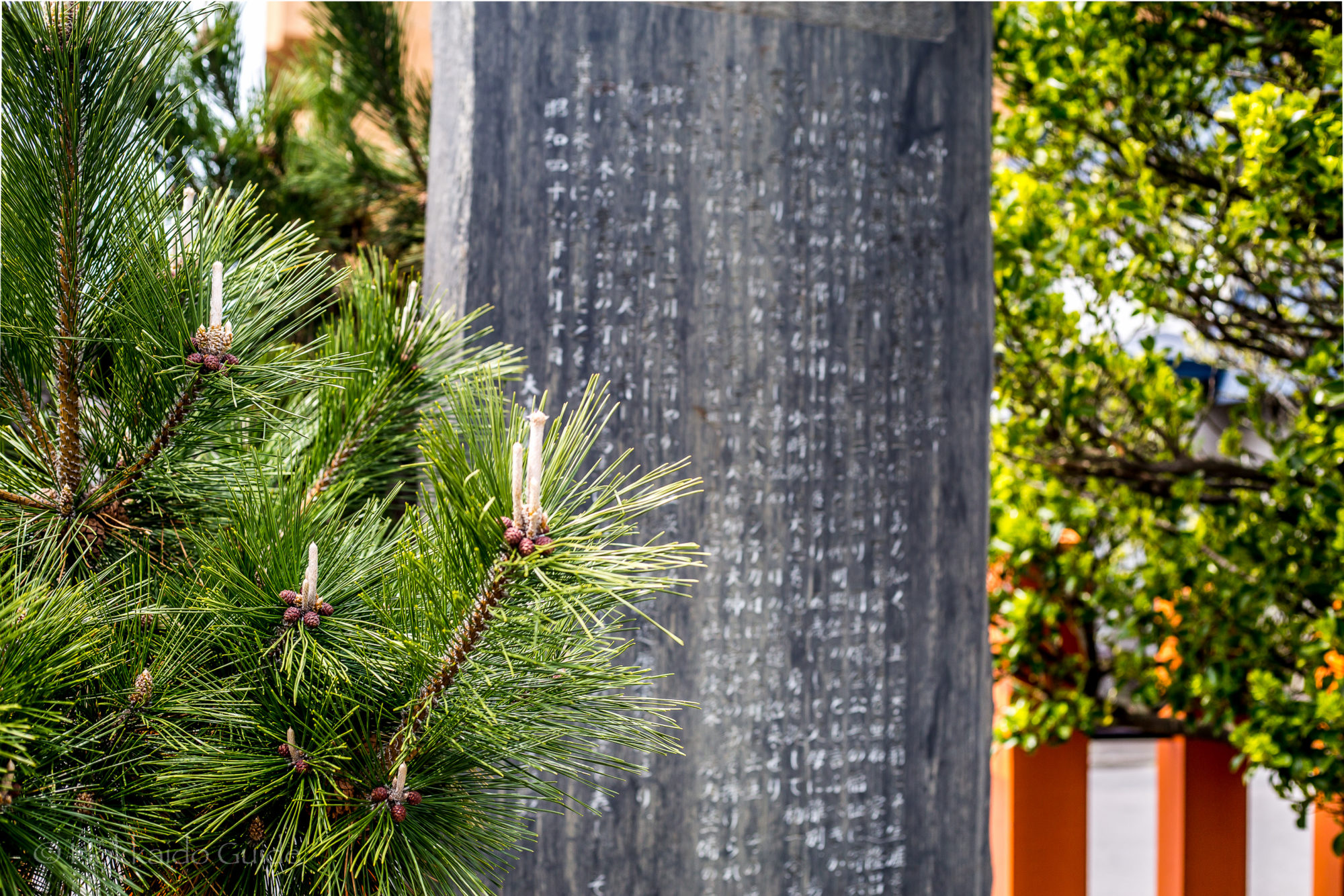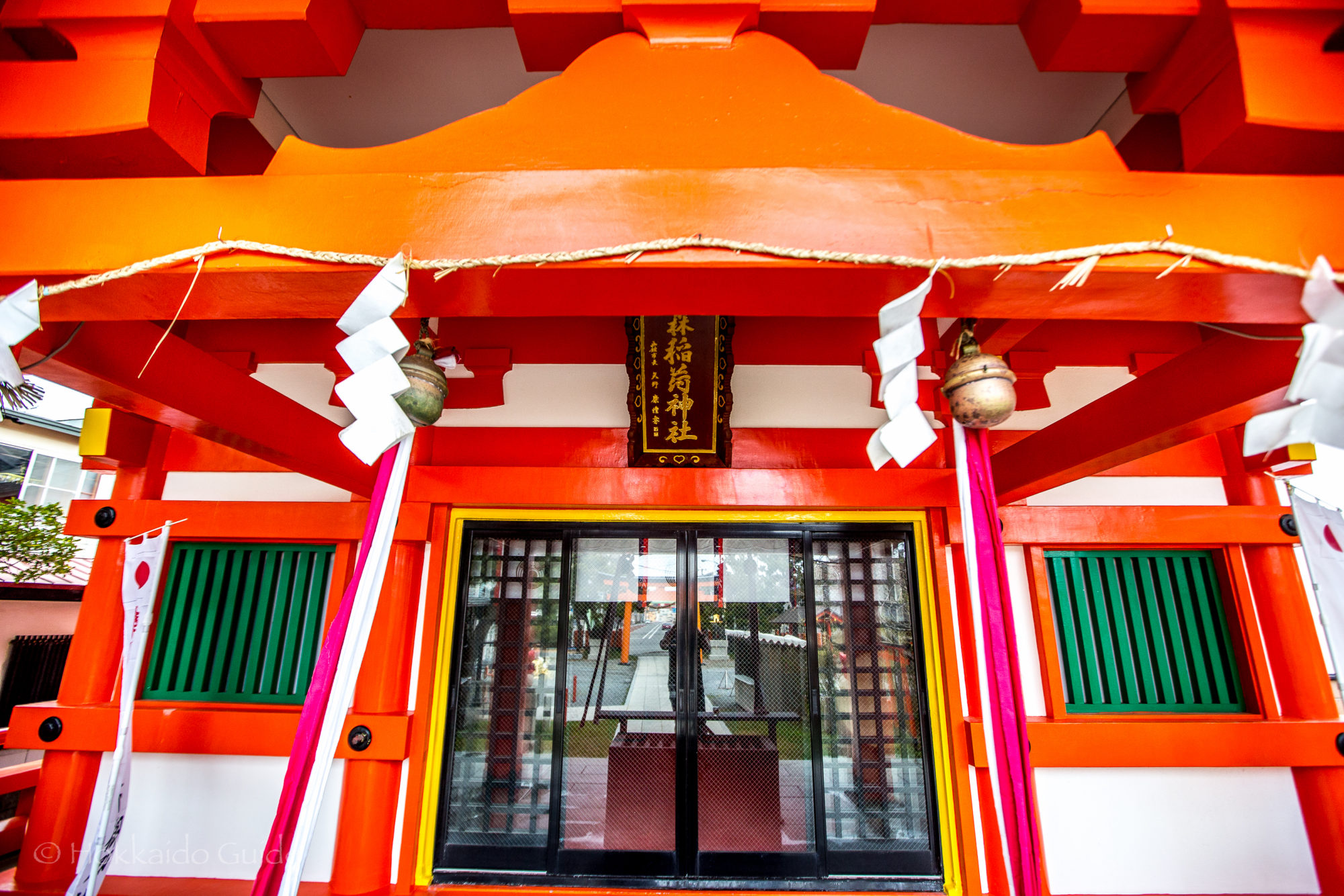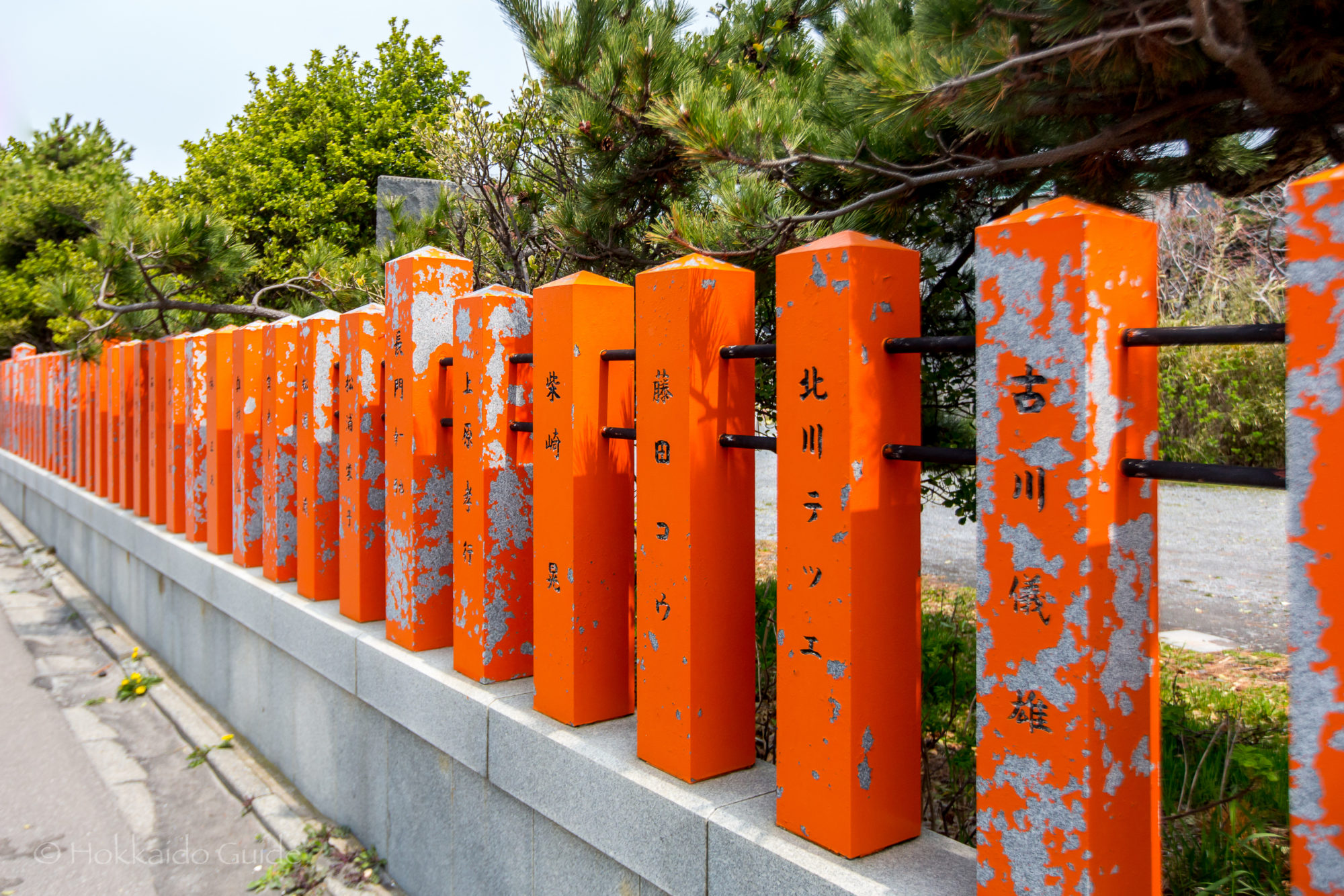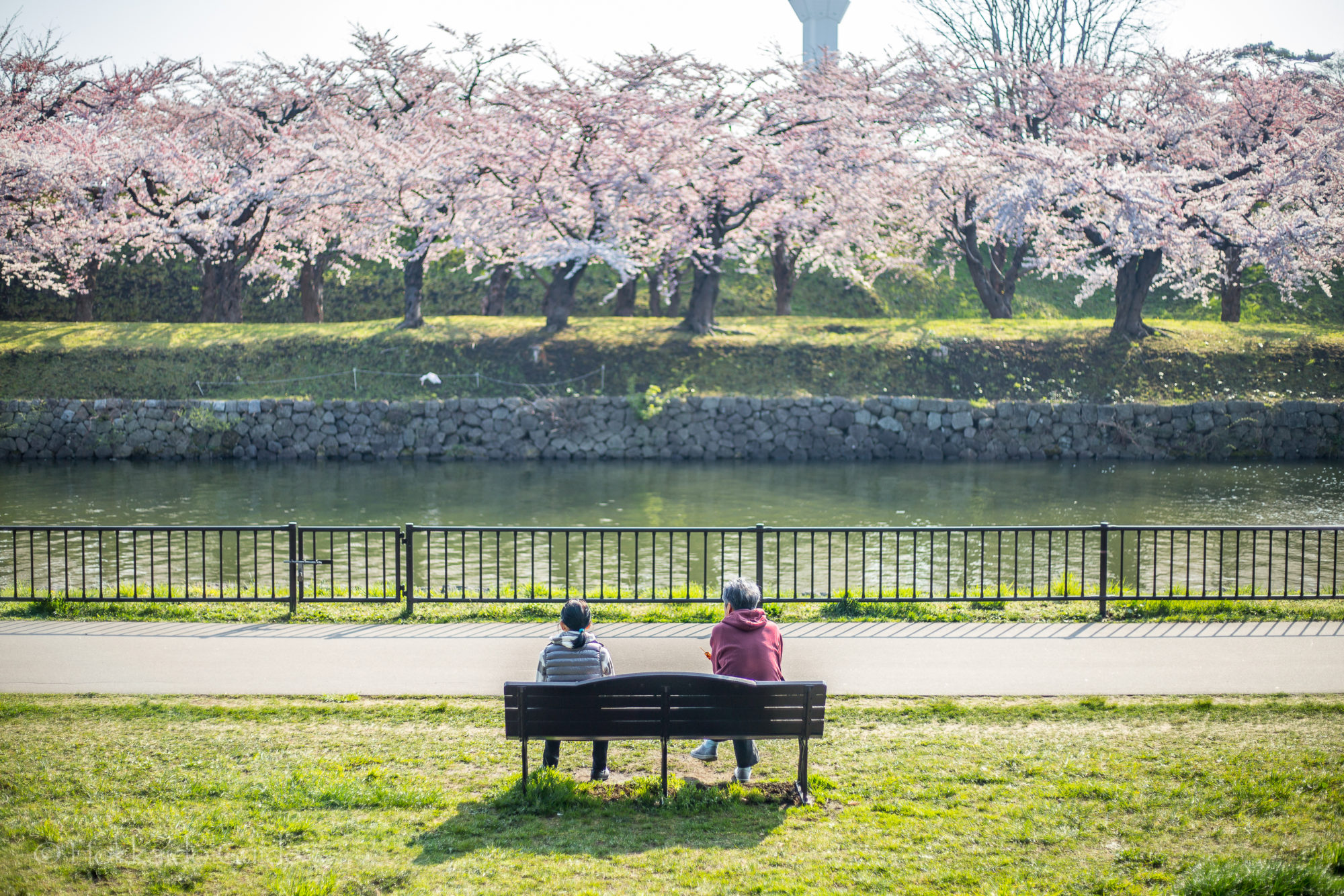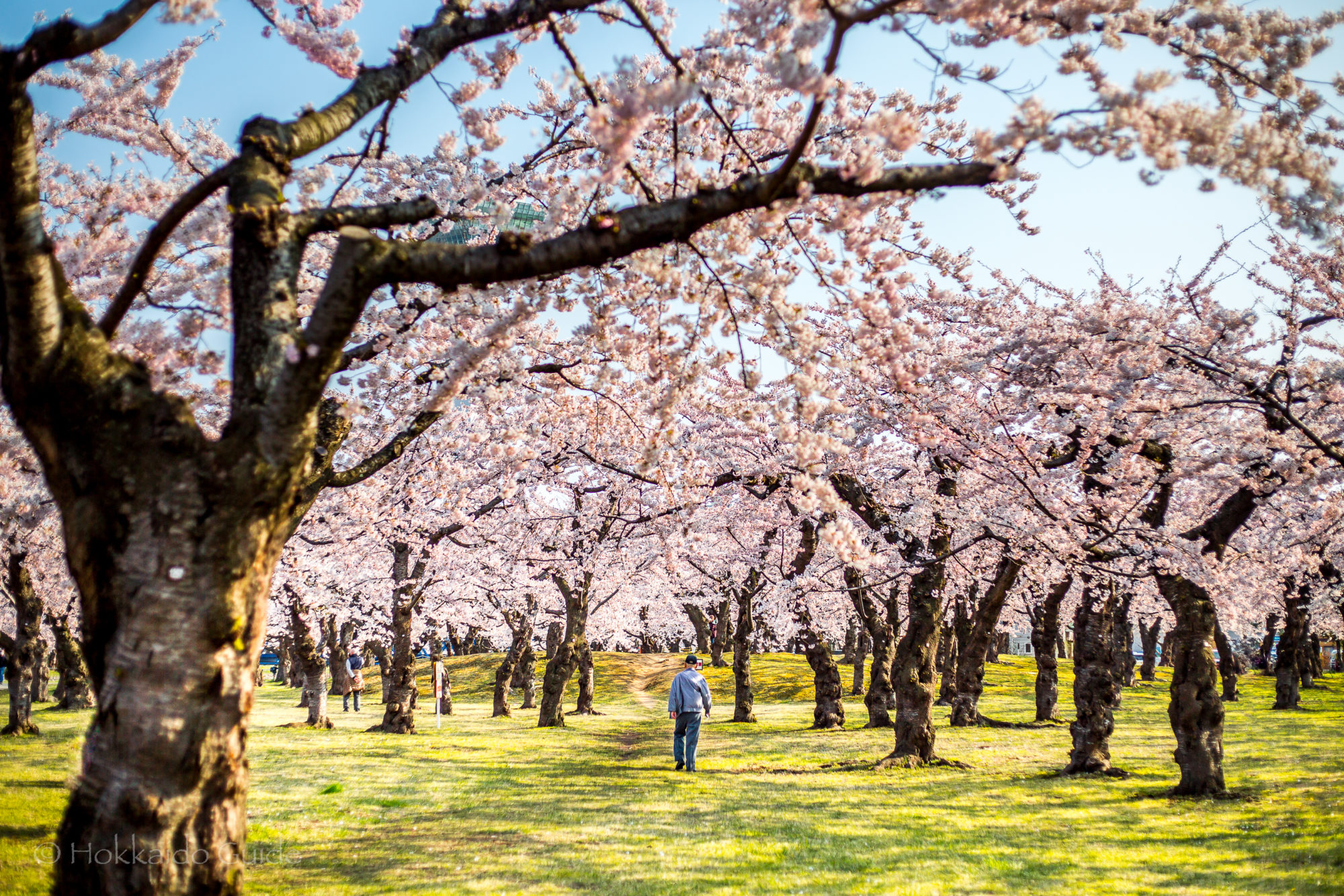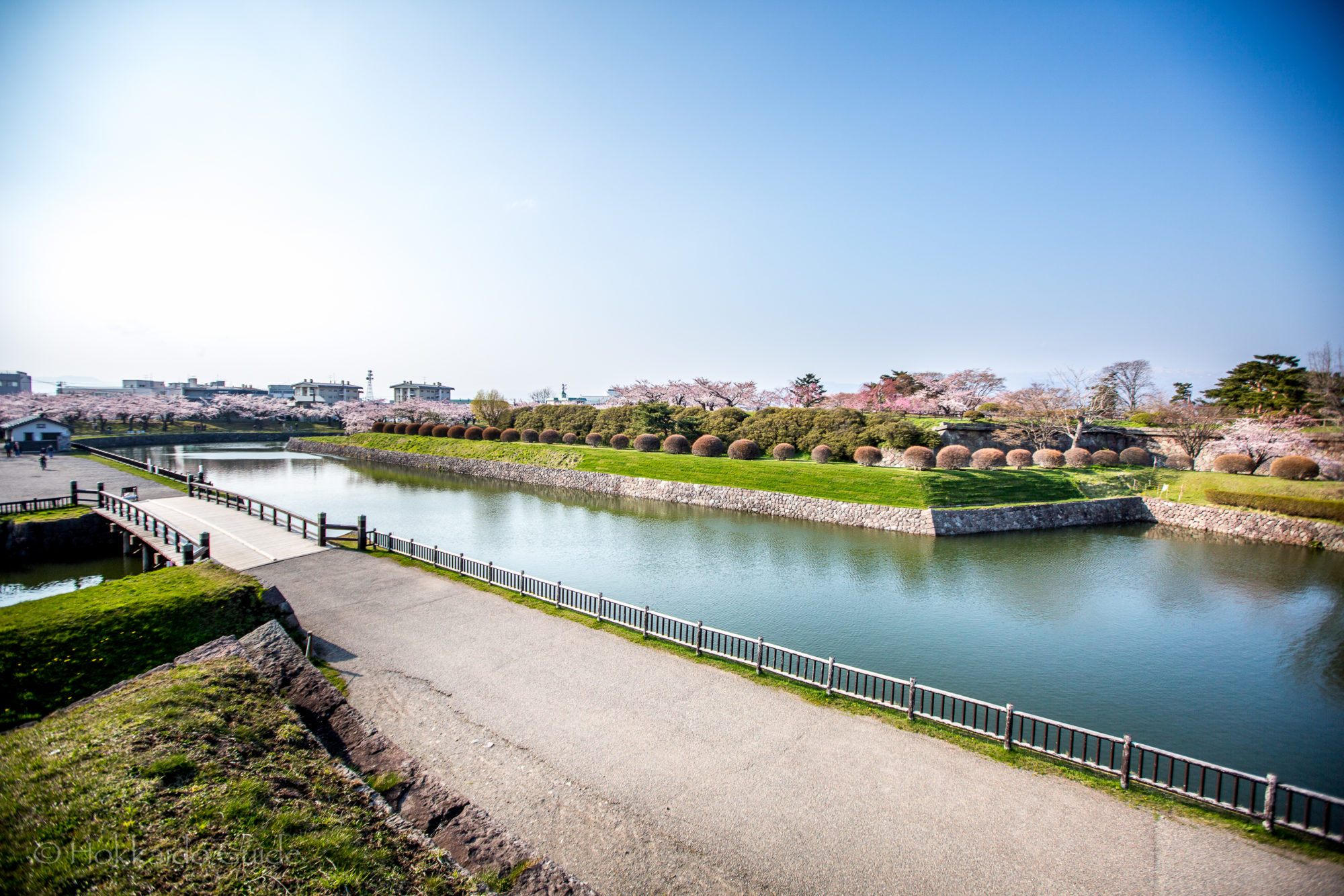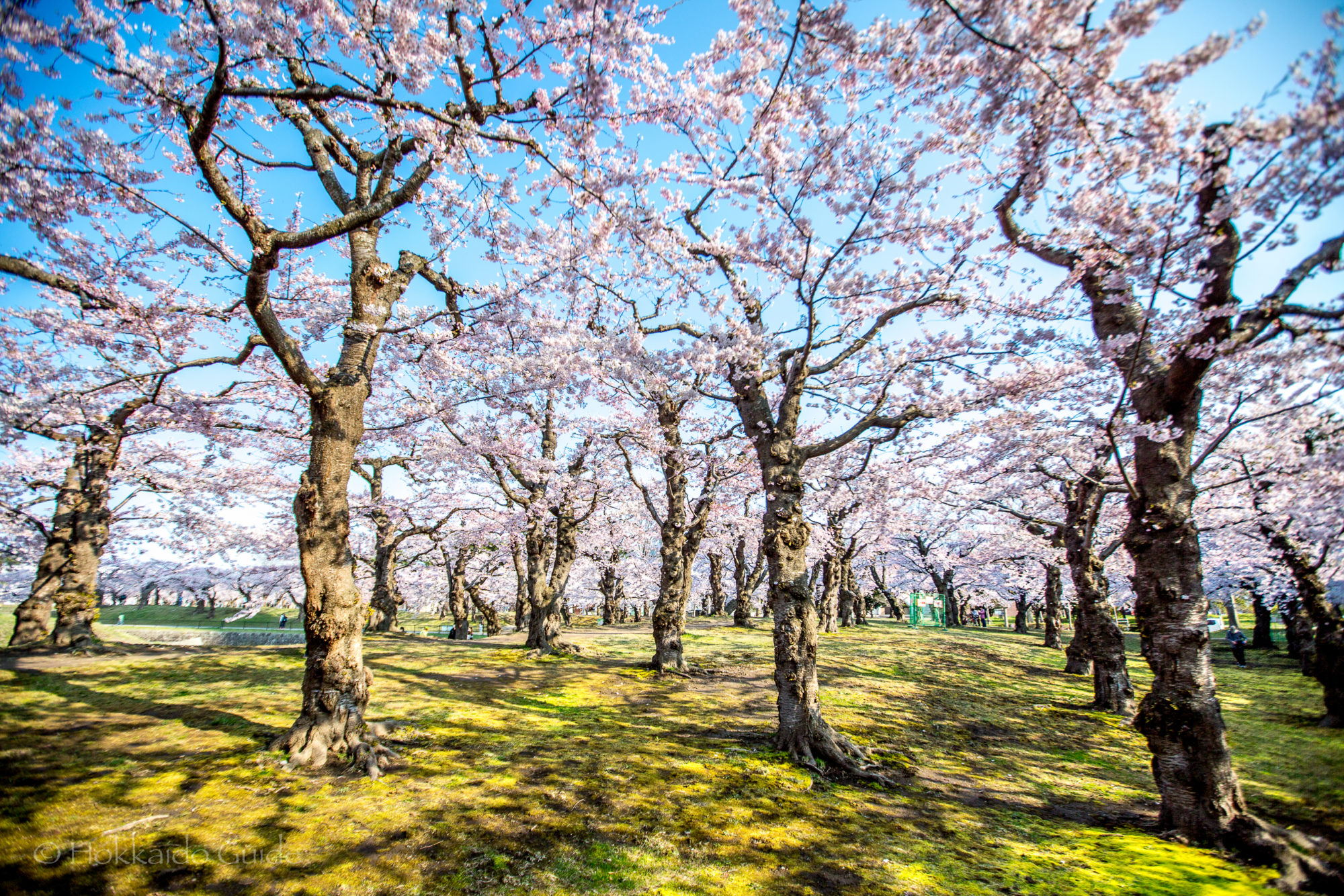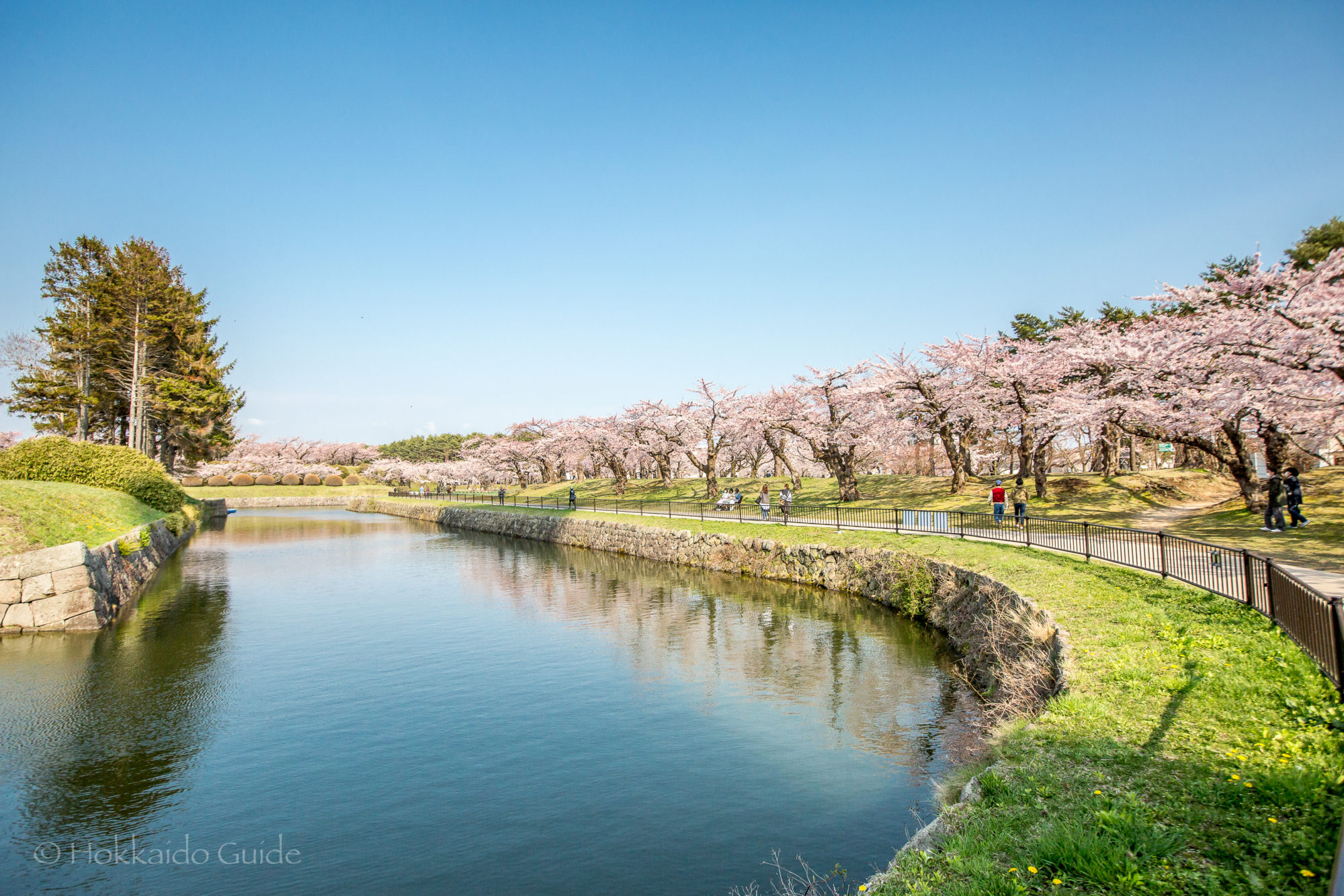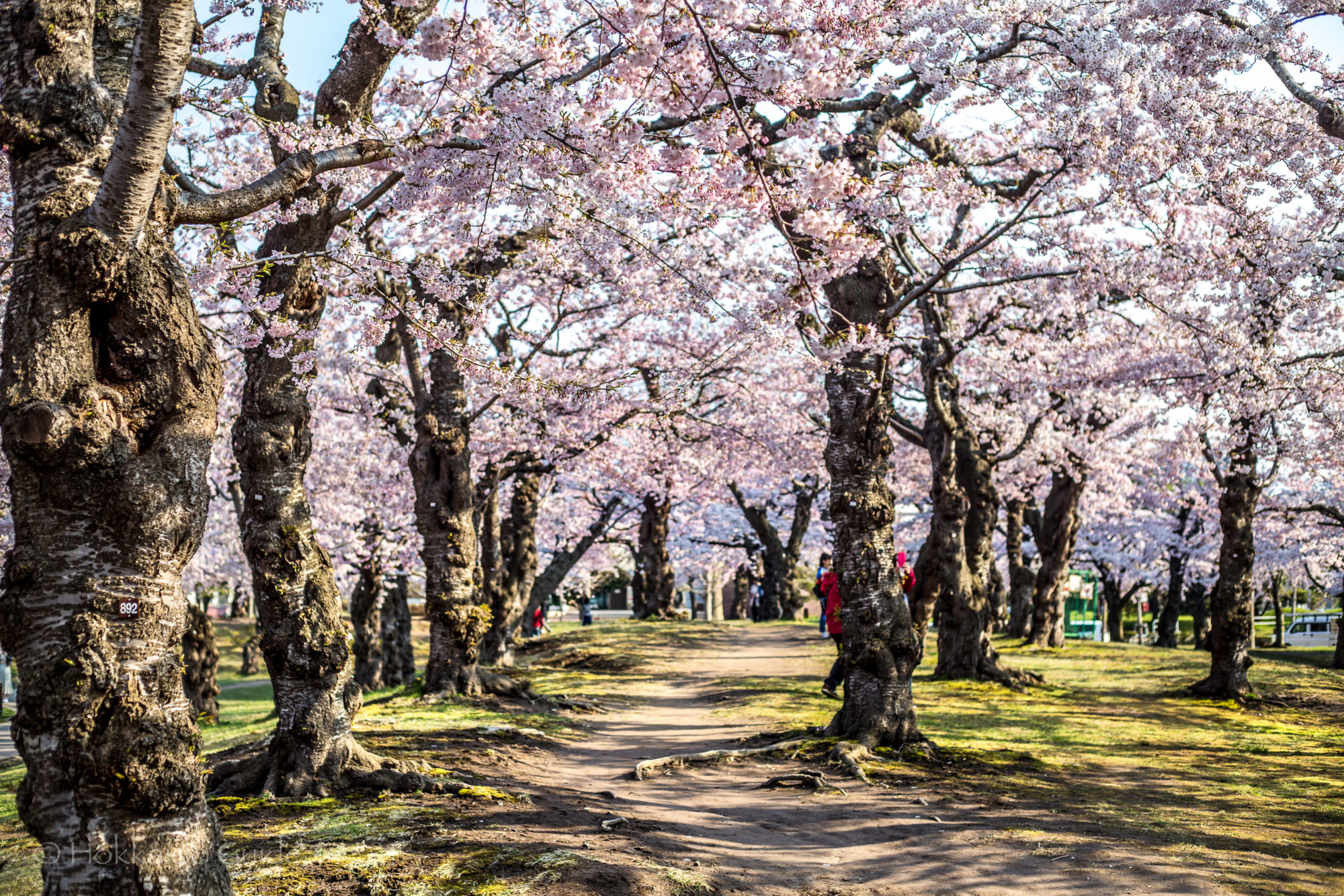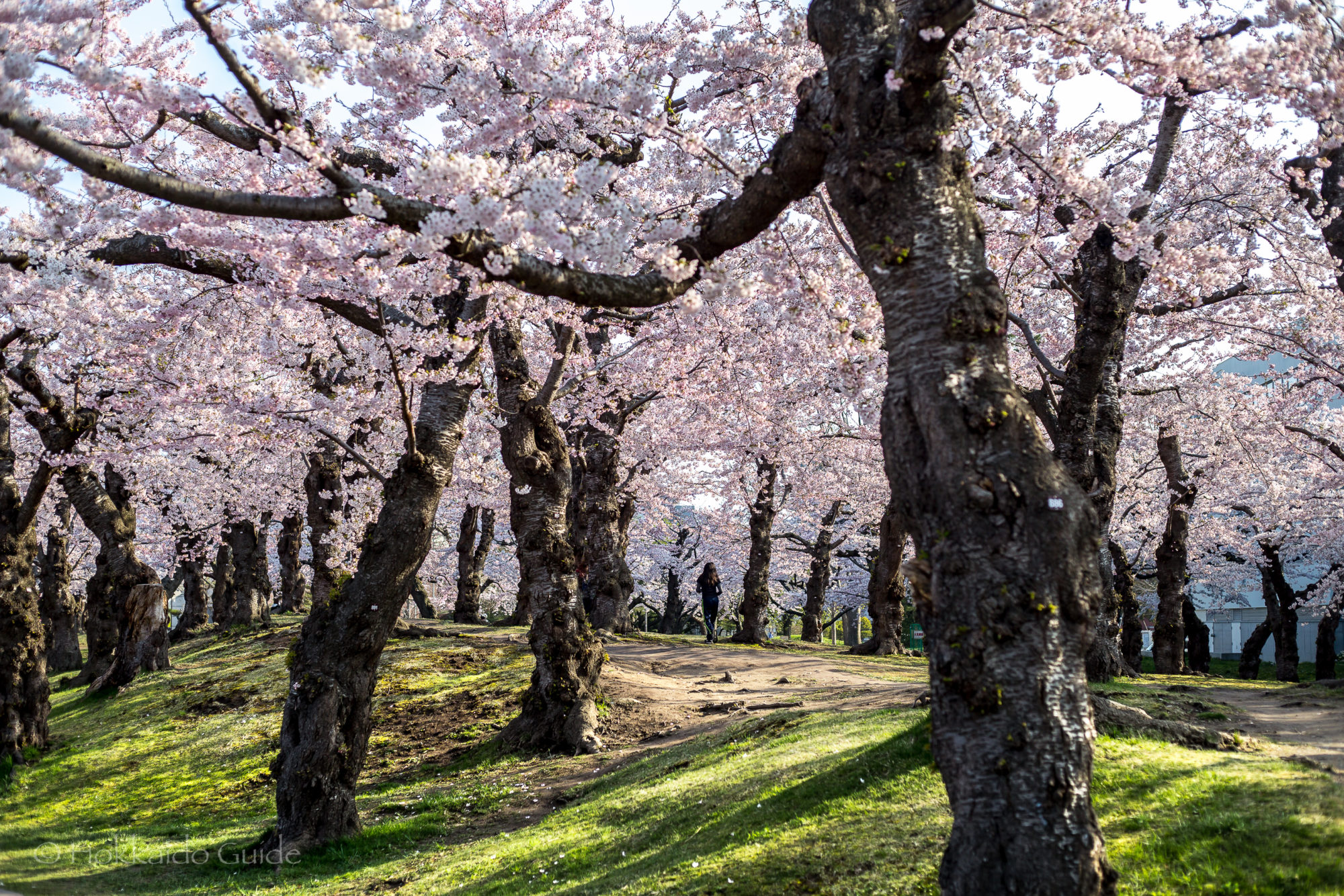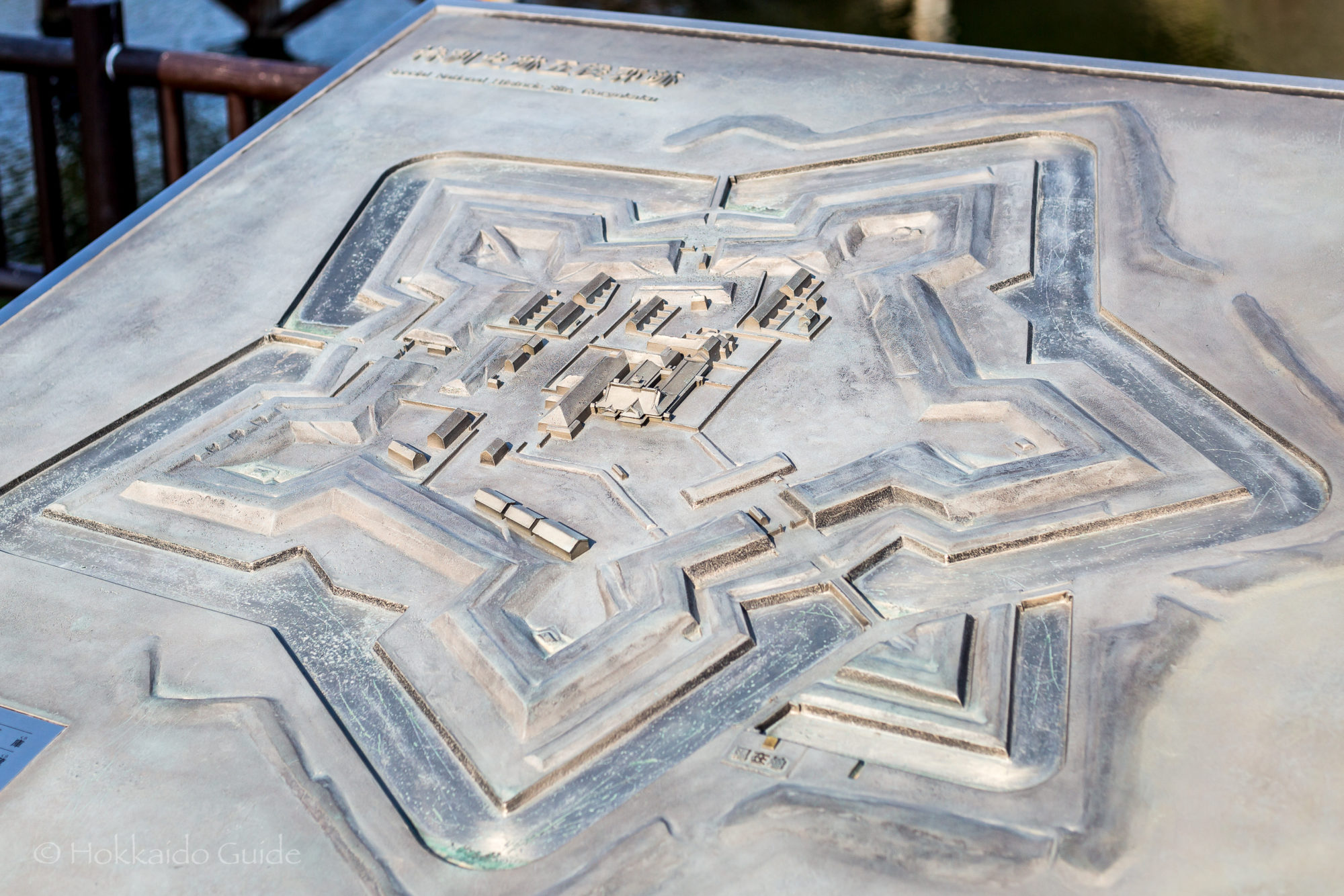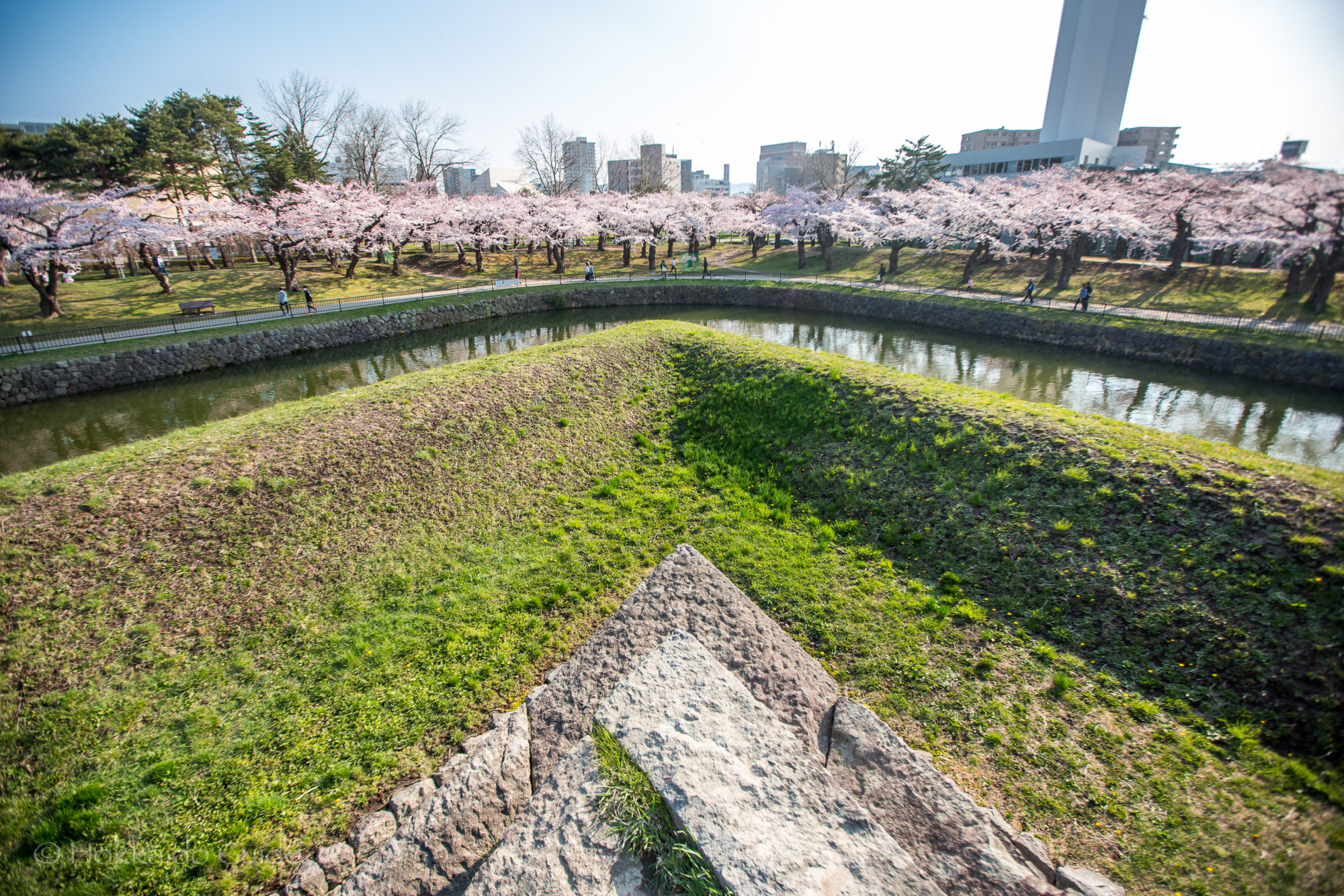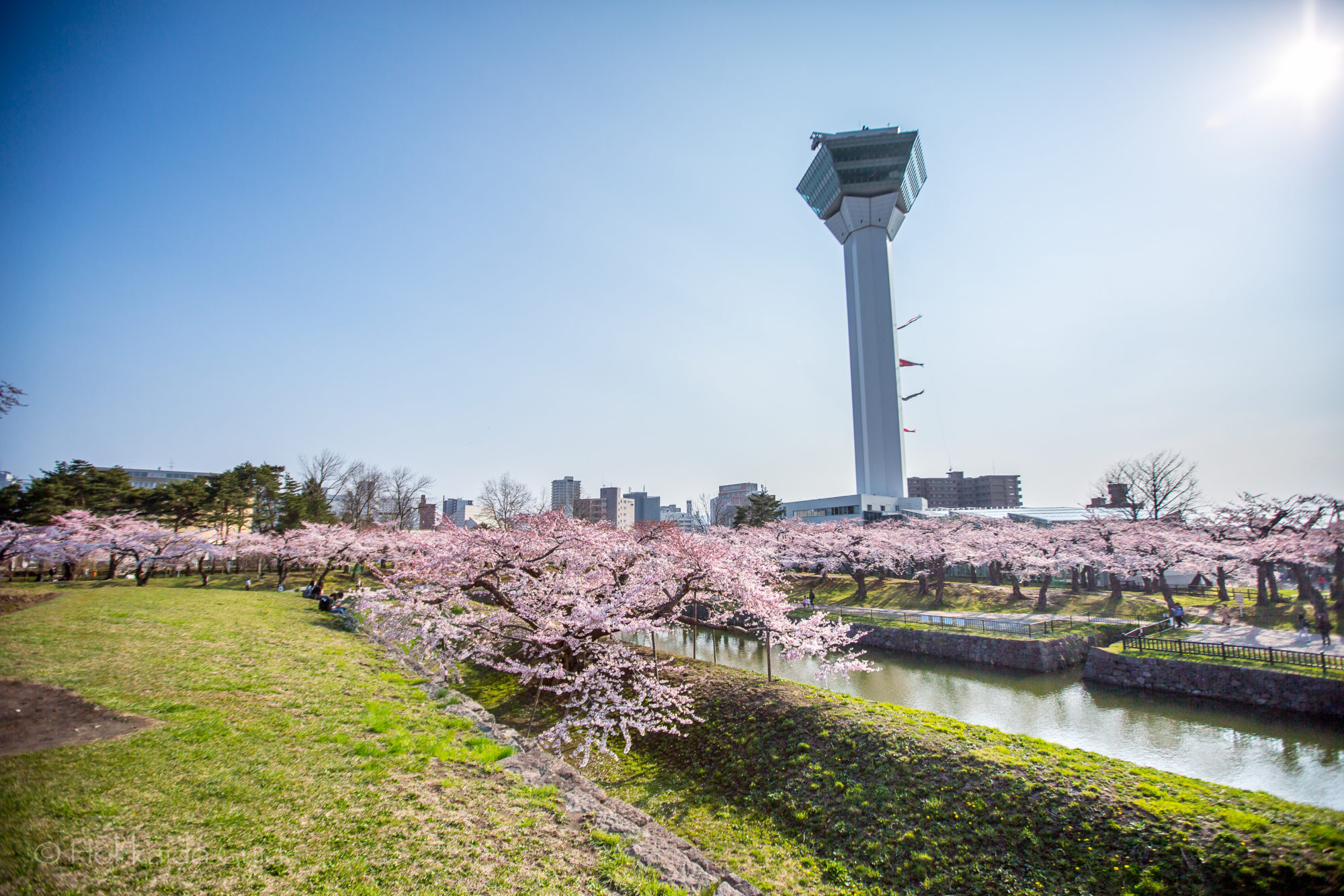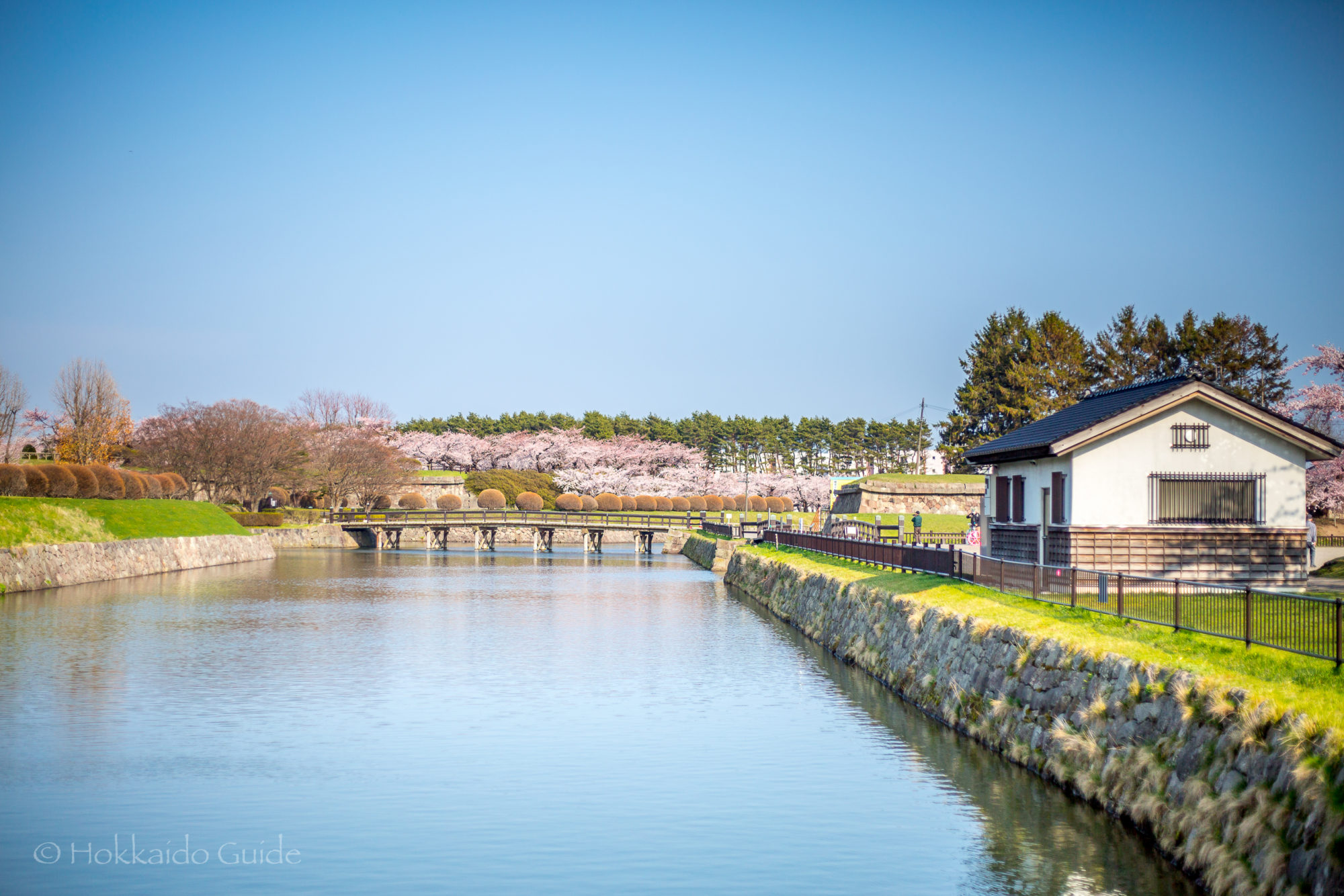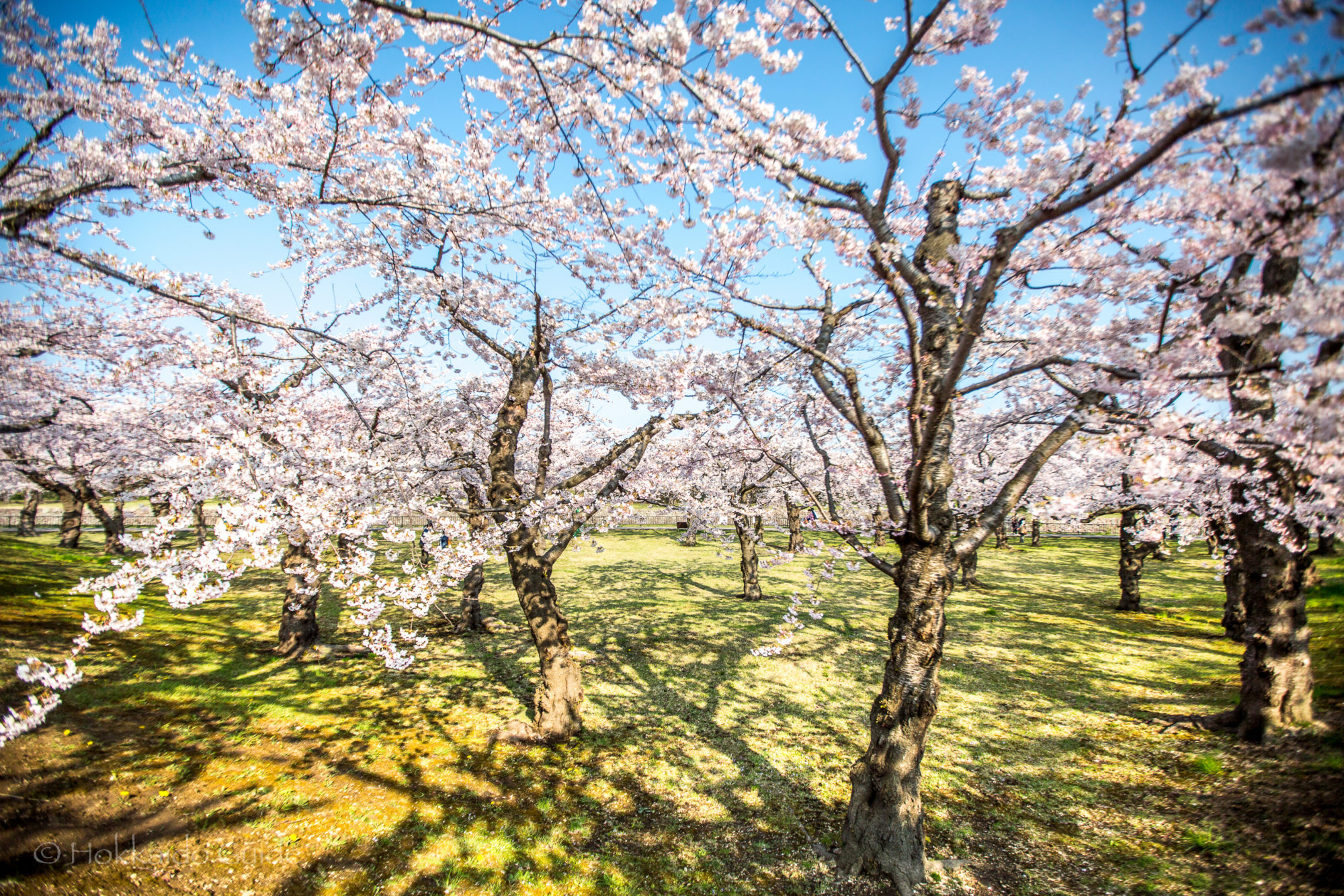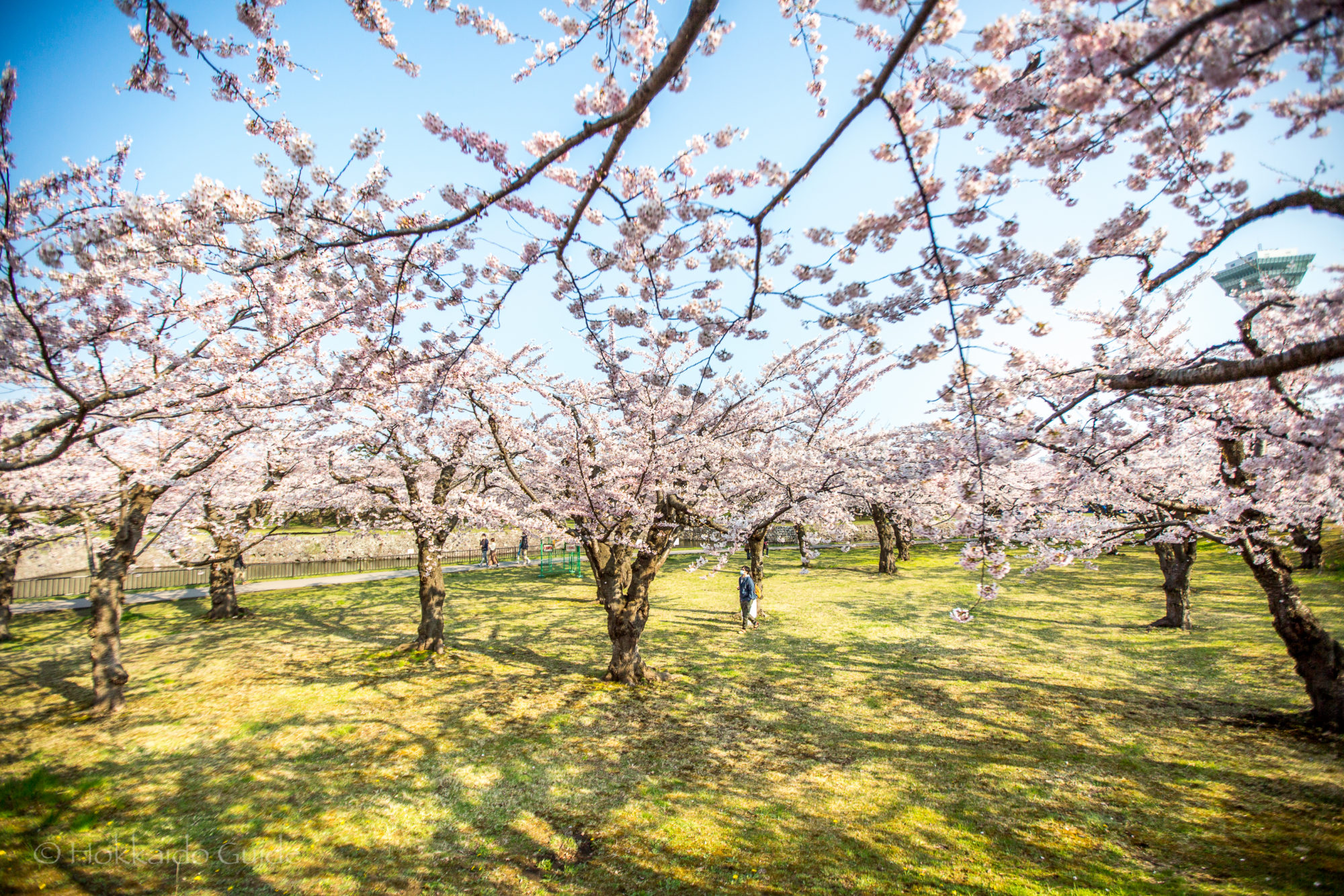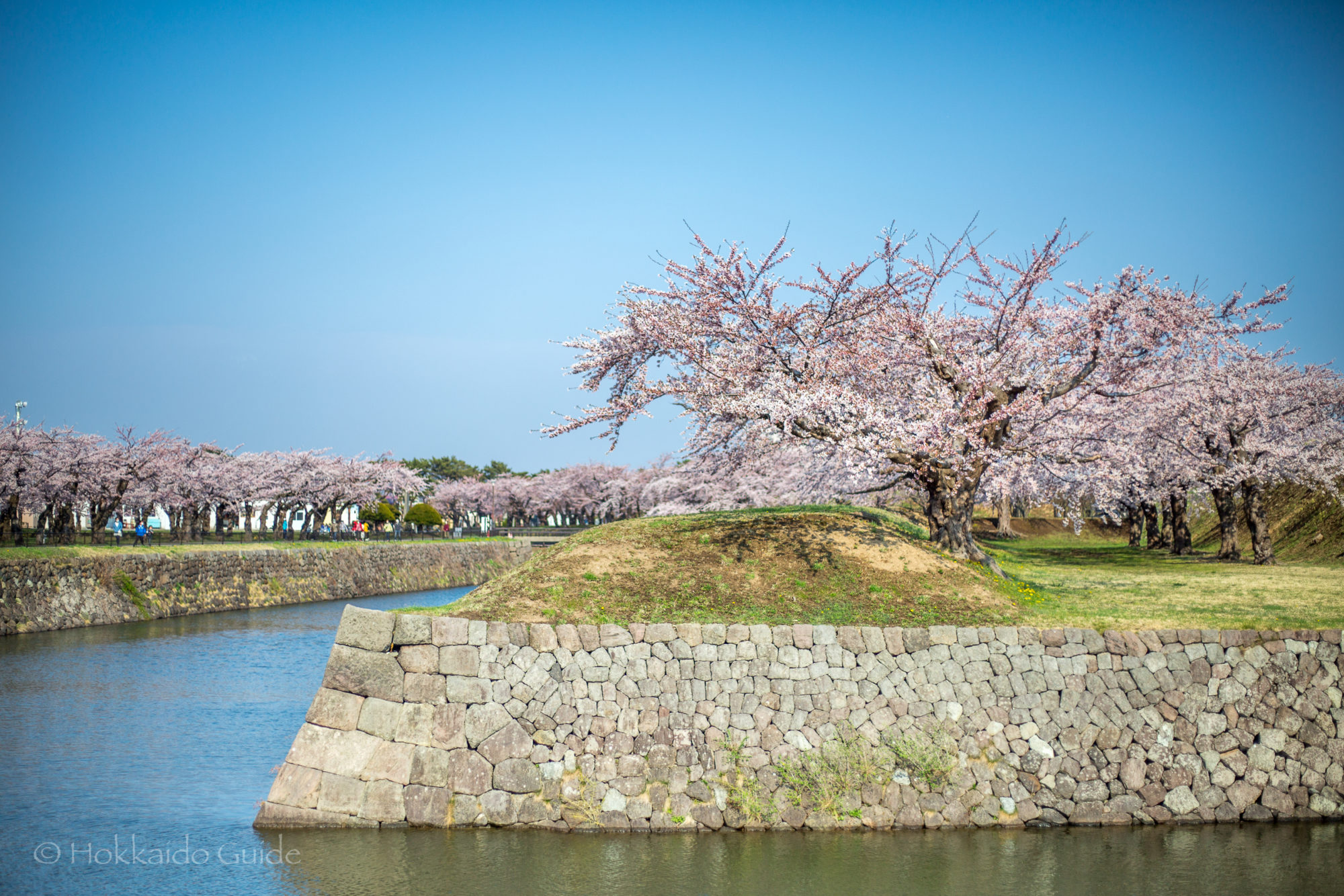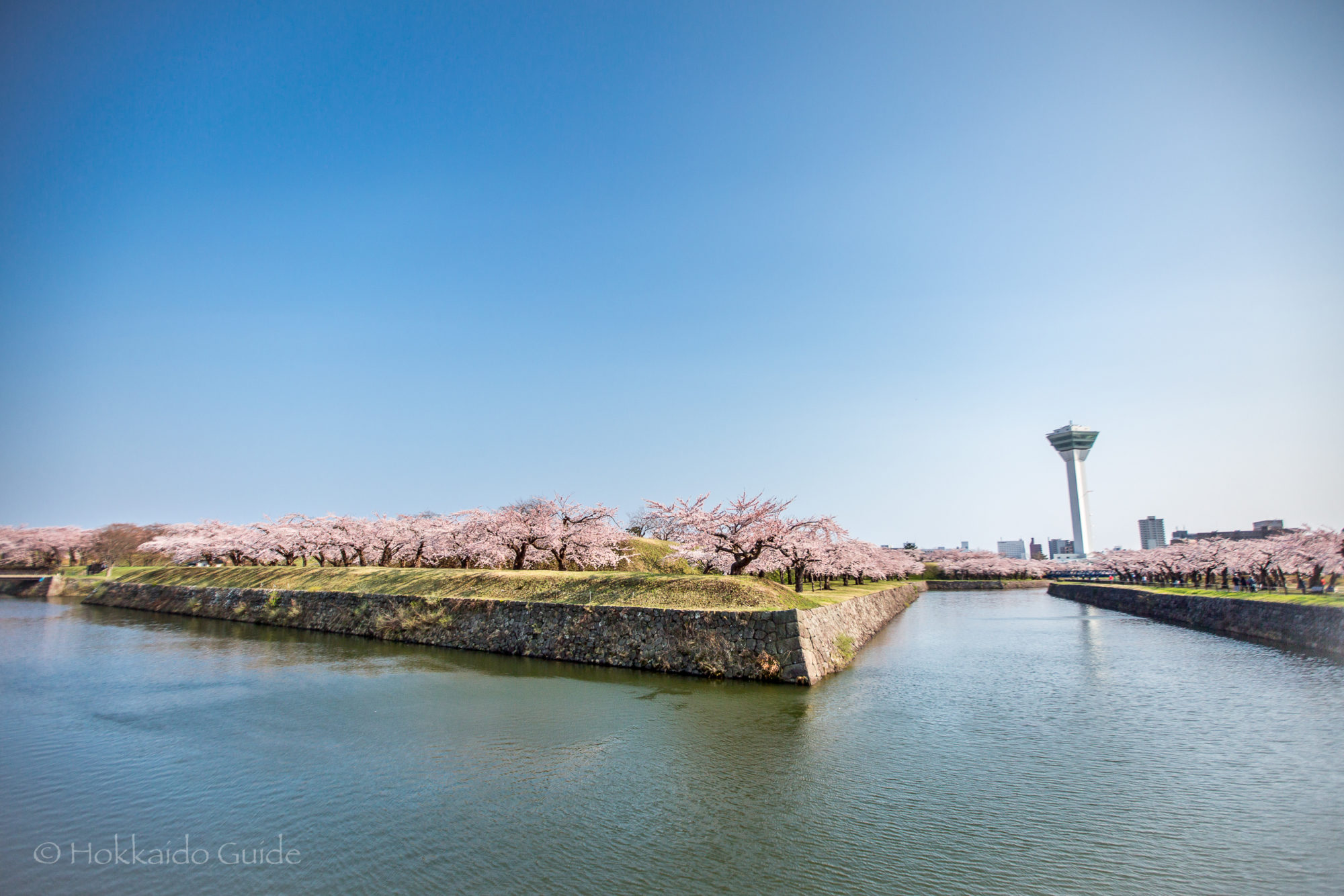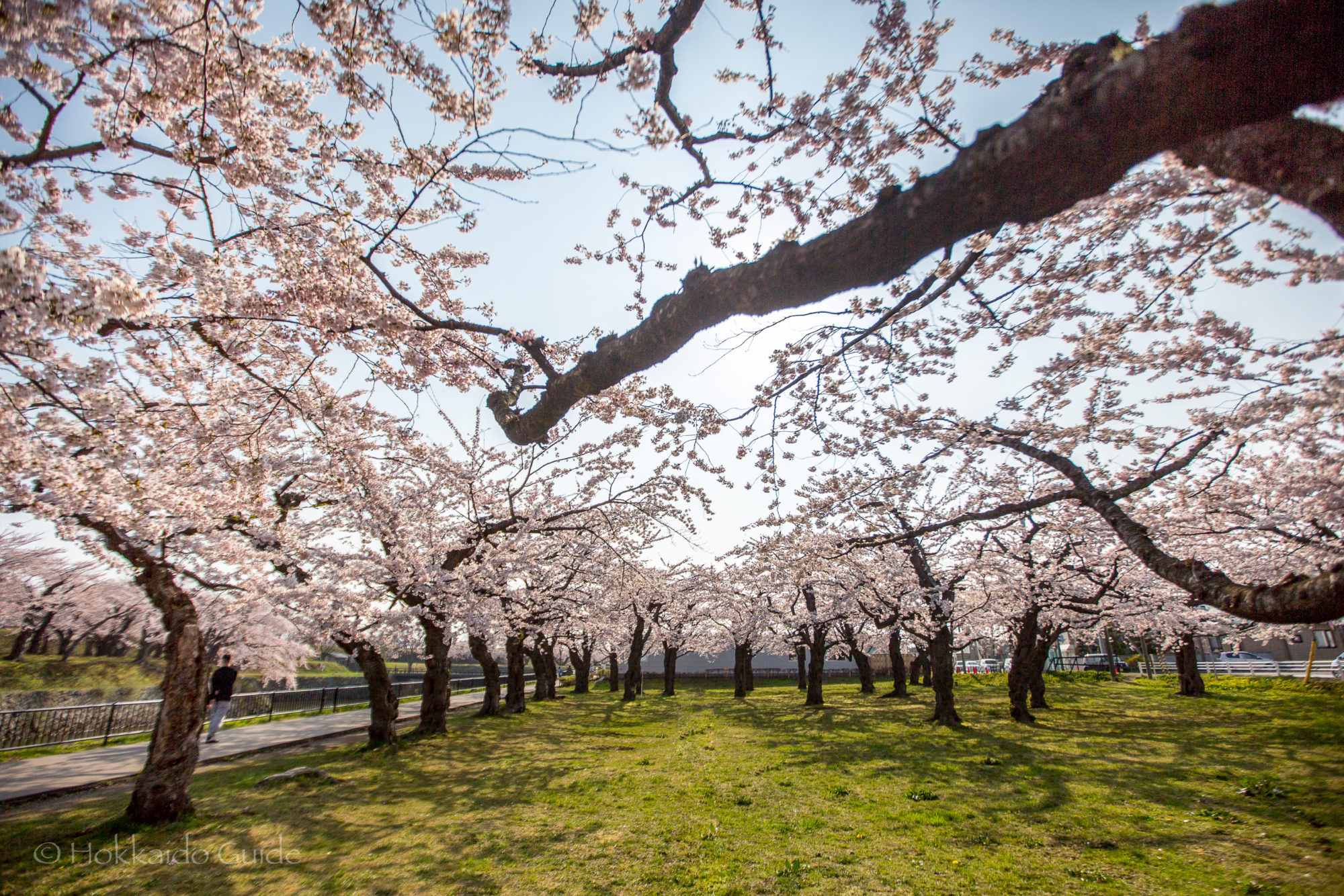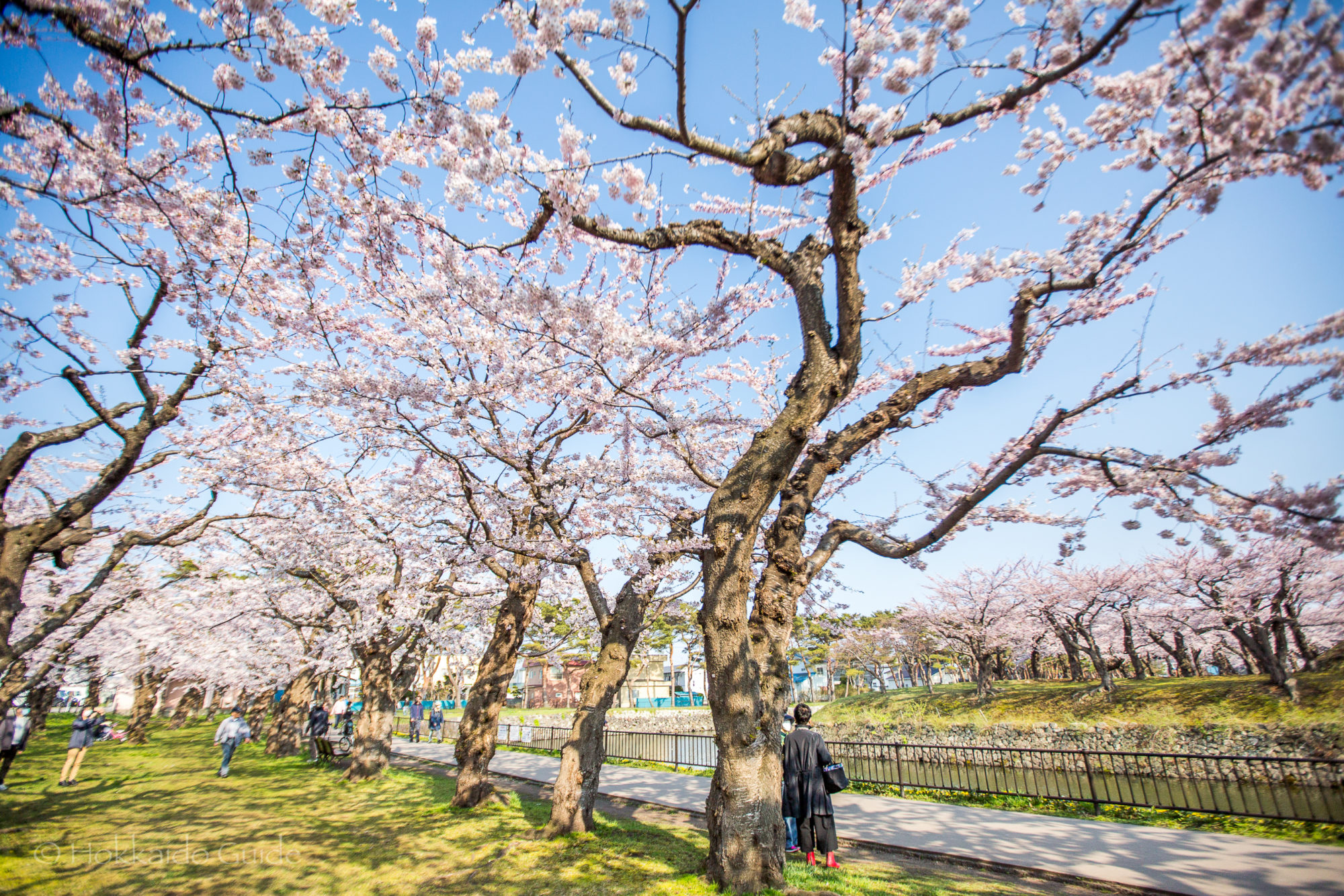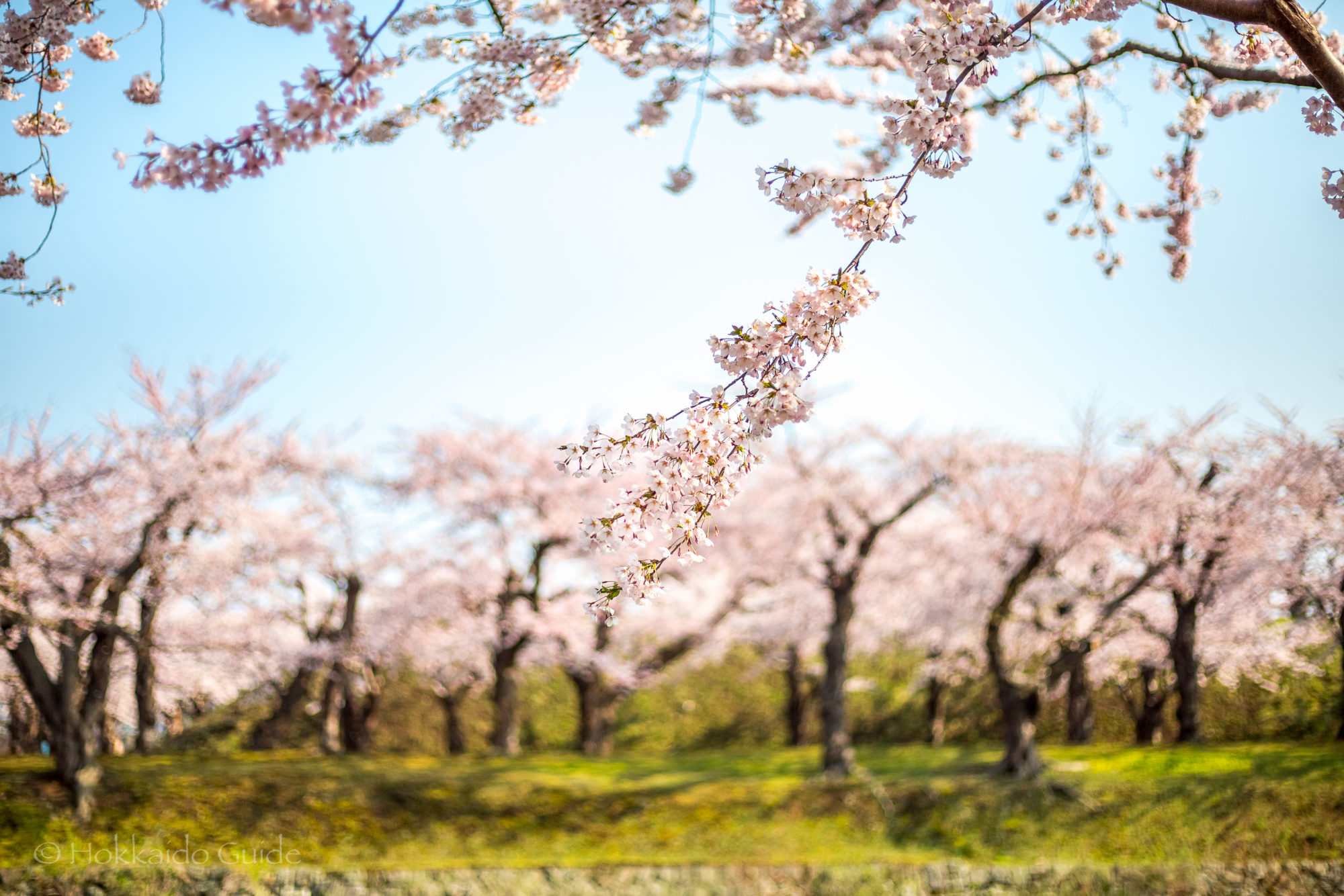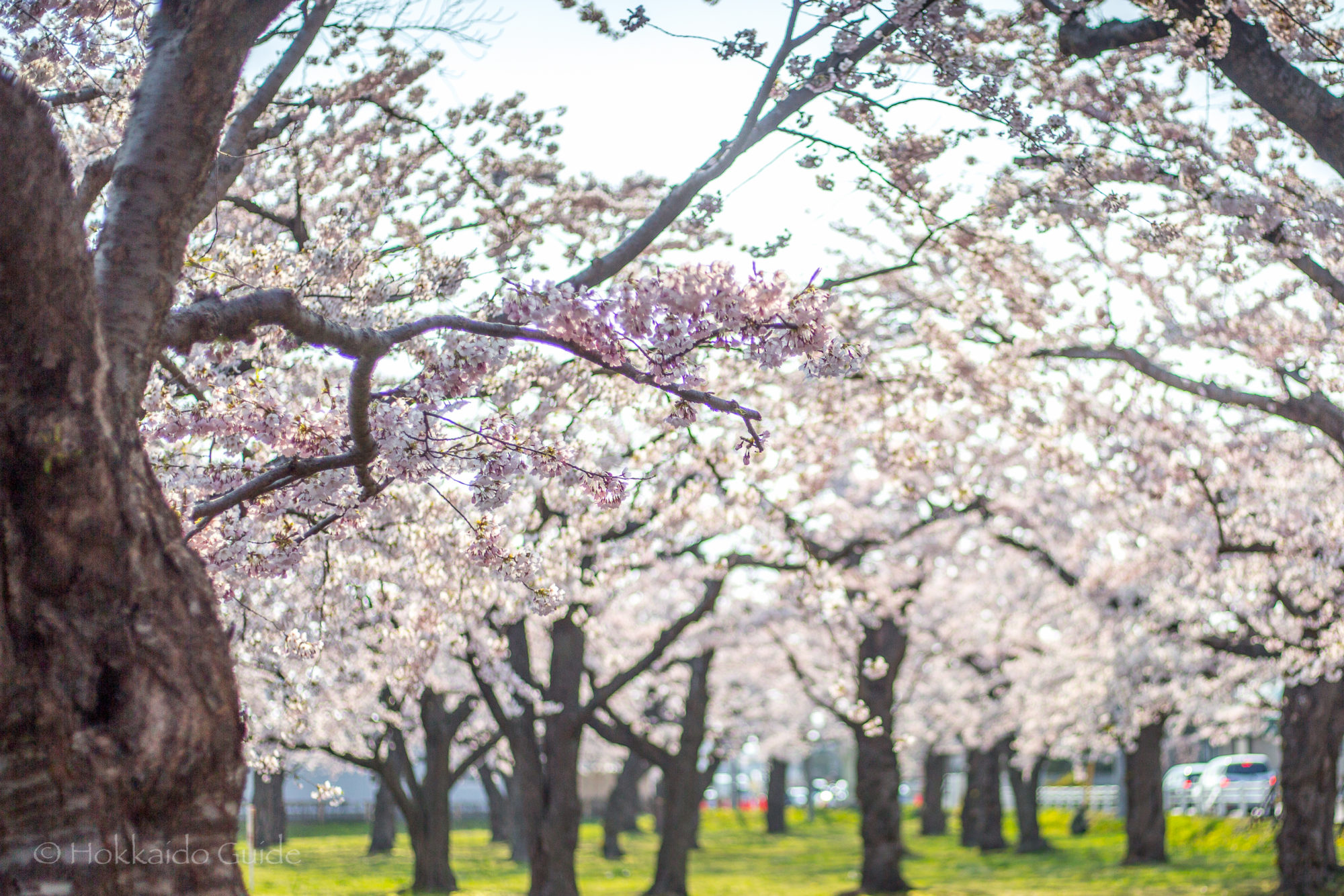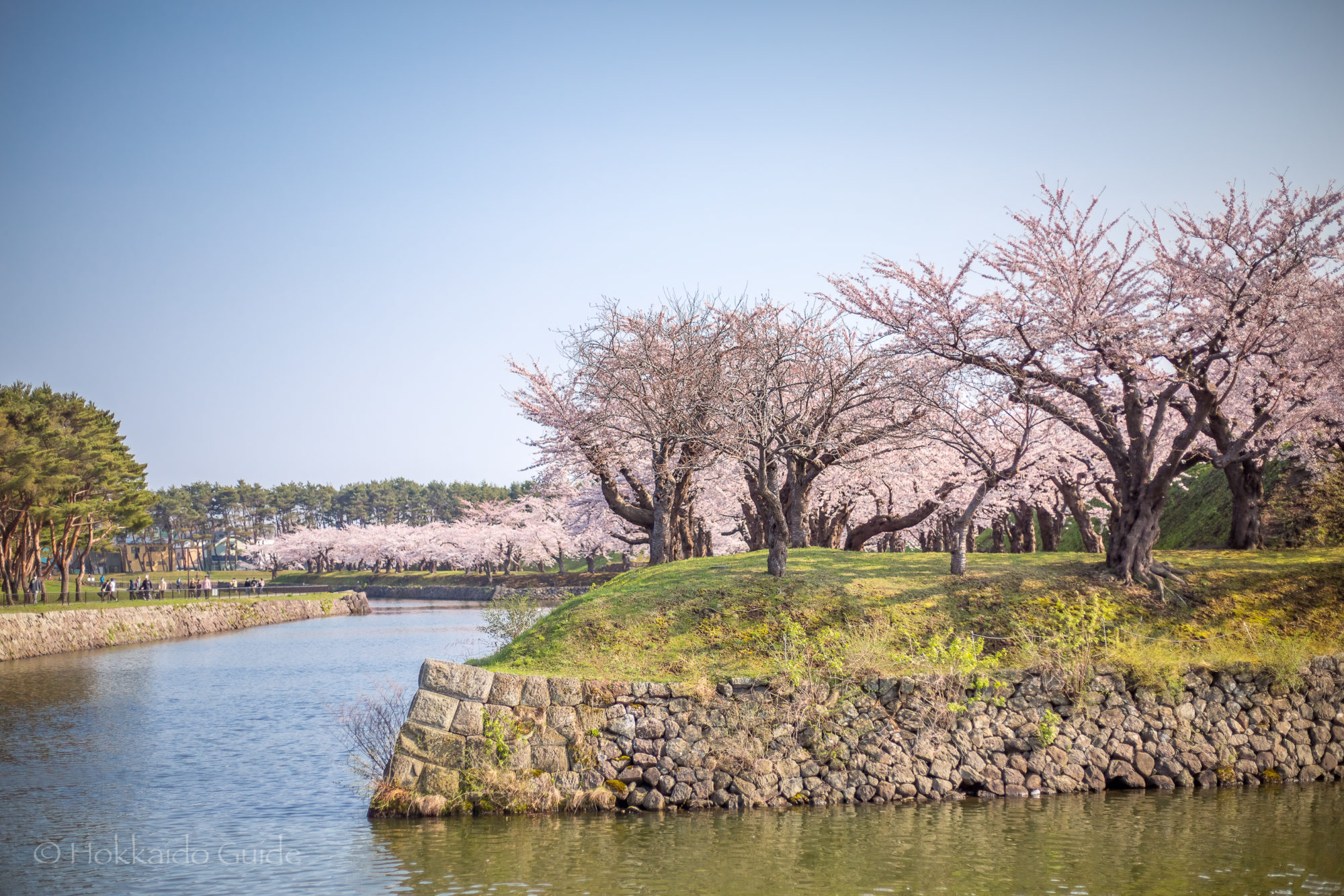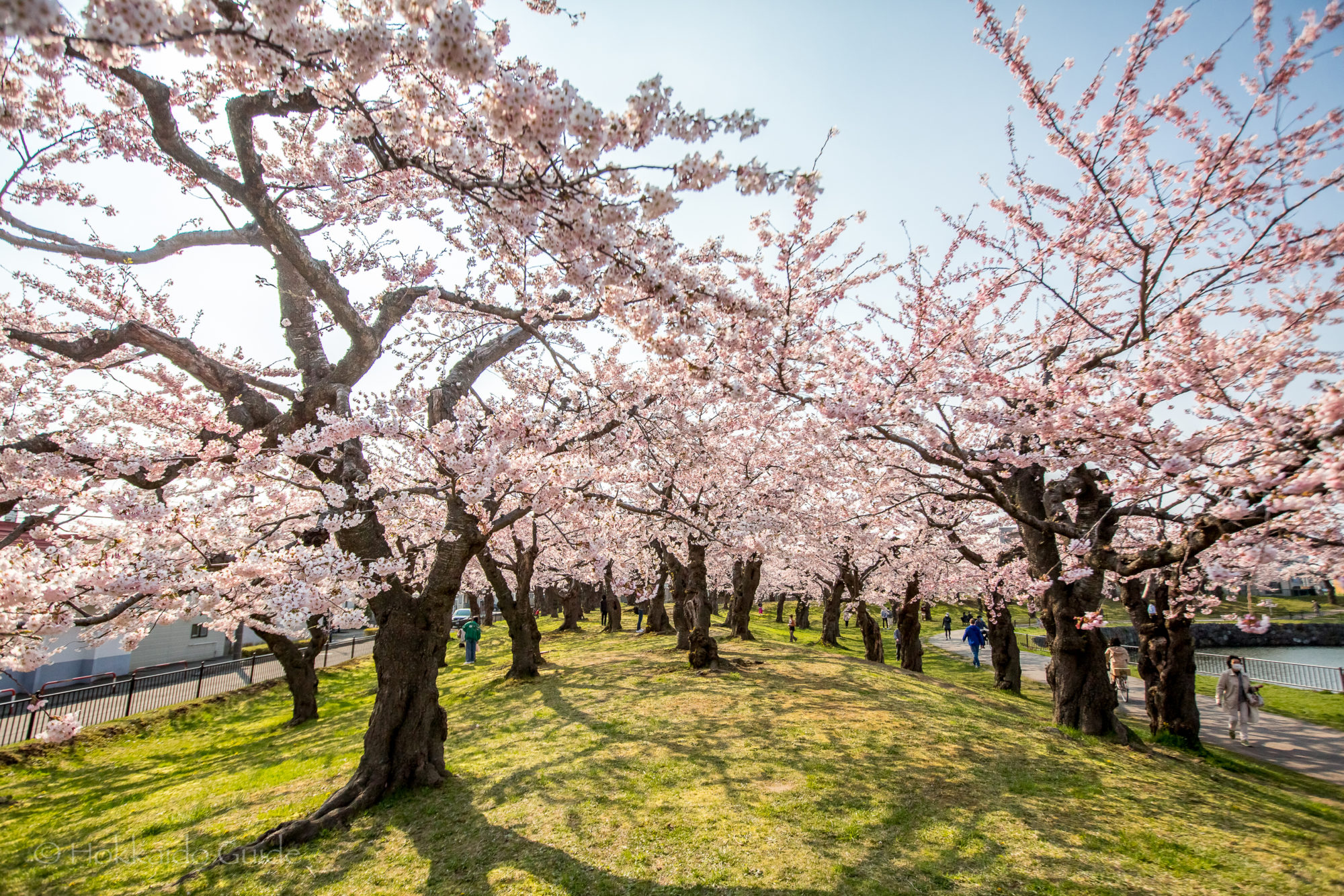
Tag: Photography Spot
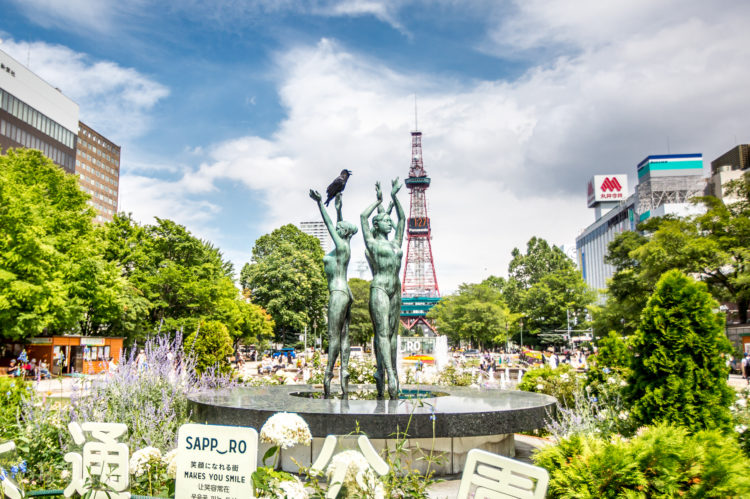
Odori Park
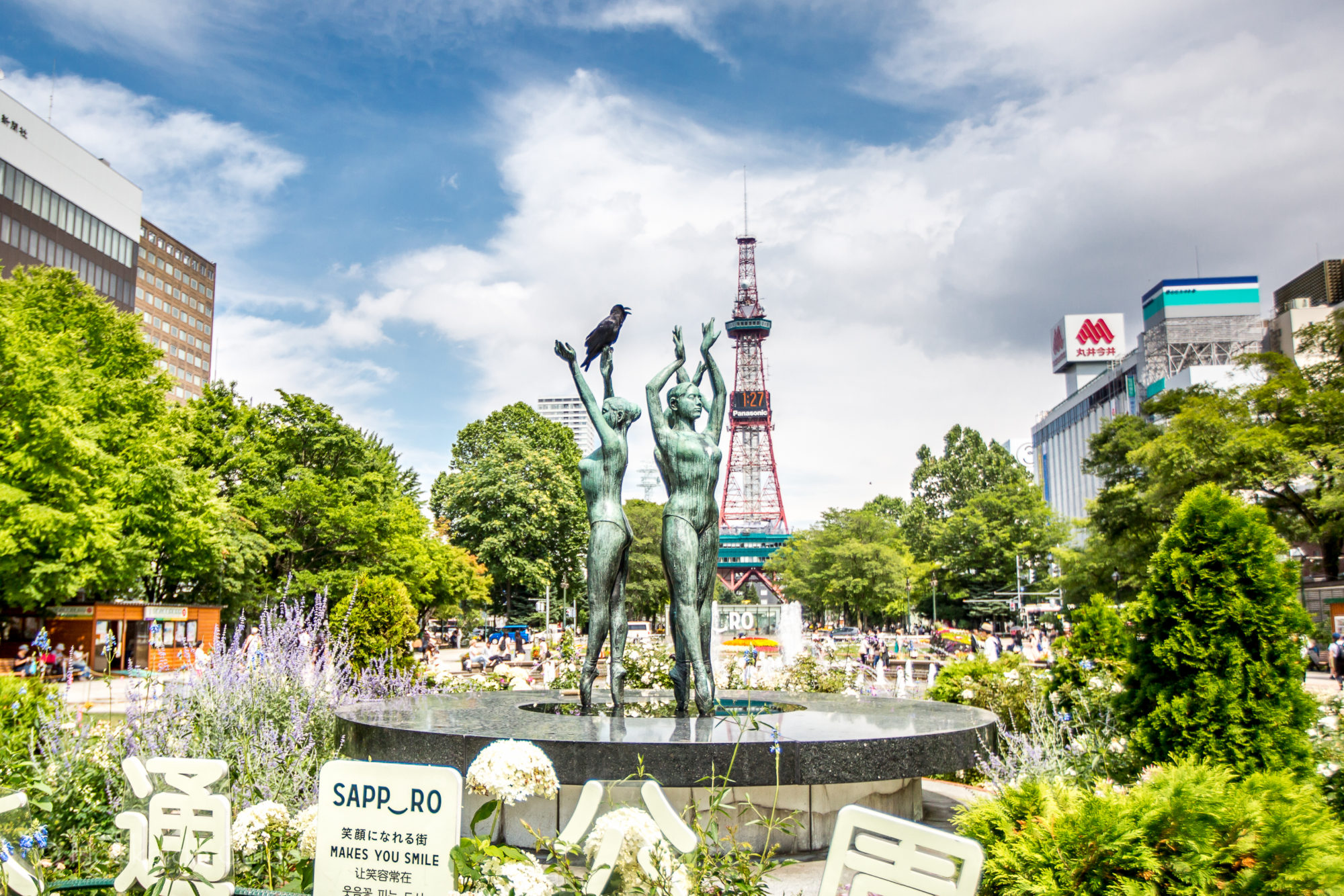
| Admission | Free |
| Opening Hours | Open 24 hours |
| Contact | 011-1251-0438 https://odori-park.jp/ |
| Notes | Sightseeing spot, paid parking underground, festivals throughout the year (see below), toilets at park |
| Location / Getting There | Odori Park runs horizontally right through the middle of Sapporo. It is a 10 minute walk from Sapporo Station. It is also directly above Odori Subway station. The park can be easily accessed from 3 subway stations along the Tozai Line (subway orange line). 7 Chome Odorinishi, Chuo Ward, Sapporo, Hokkaido 060-0042 |
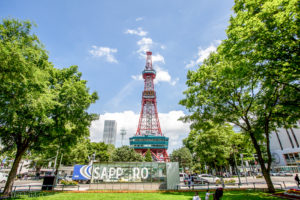 Odori Park is the most famous park in Sapporo, if not Hokkaido. It runs through the heart of Sapporo and is home to the some of the biggest festivals throughout the year. The park runs for twelve blocks and separates the city into north and south. At the eastern most end you can find the iconic TV Tower which has great views overlooking the park. The park was originally constructed as a large street, which also served as a firebreak in 1871. In 1872, the street was named ‘Shiribeshi Dōri’ but this name was not popular so it was renamed ‘Odōri’ in June 1881. Odori meaning ‘large street’ in English. The park itself didn’t become a park until 1909.
Odori Park is the most famous park in Sapporo, if not Hokkaido. It runs through the heart of Sapporo and is home to the some of the biggest festivals throughout the year. The park runs for twelve blocks and separates the city into north and south. At the eastern most end you can find the iconic TV Tower which has great views overlooking the park. The park was originally constructed as a large street, which also served as a firebreak in 1871. In 1872, the street was named ‘Shiribeshi Dōri’ but this name was not popular so it was renamed ‘Odōri’ in June 1881. Odori meaning ‘large street’ in English. The park itself didn’t become a park until 1909.
Annual Events at Odori Park
| February (2nd week) | Sapporo Snow Festival |
| May (middle of the month) | Lilac Festival. |
| June (2nd week) | Yosakoi Soran Festival |
| July (from mid July) | Sapporo Beer Garden Jazz Festival |
| August (to mid August) | Sapporo Beer Garden |
| September | Sapporo Autumn Festival |
| November (end of month) | Sapporo White Illumination |
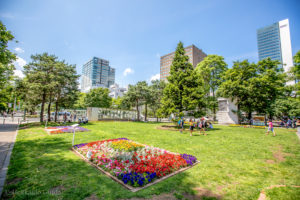 The park is hugely popular especially during the warmer months. There are benches that line the park, and the grass areas throughout the park are a great spot to sit and have lunch, or a drink, and relax. There are numerous fountains to admire and to dip your feet in the hotter months. Swings, slides, a stage for performances, and beautiful flower gardens can be found throughout the park. On the western most block are the rose gardens and the Sapporo City Museum. Big events are held at Odori Park. The biggest being the Summer Beer Garden and the Snow Festival are at this park.
The park is hugely popular especially during the warmer months. There are benches that line the park, and the grass areas throughout the park are a great spot to sit and have lunch, or a drink, and relax. There are numerous fountains to admire and to dip your feet in the hotter months. Swings, slides, a stage for performances, and beautiful flower gardens can be found throughout the park. On the western most block are the rose gardens and the Sapporo City Museum. Big events are held at Odori Park. The biggest being the Summer Beer Garden and the Snow Festival are at this park.
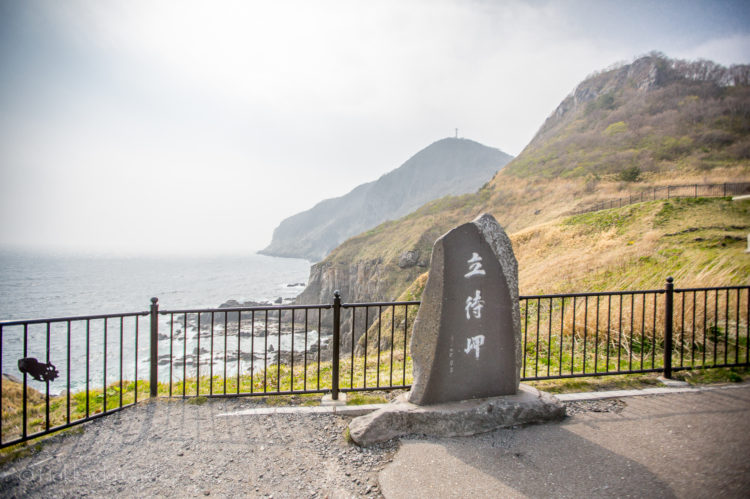
Cape Tachimachi

| Admission | Free |
| Opening Hours | Open 24 hours |
| Contact | 011-3821-3323 |
| Notes | Sightseeing spot, parking for 40 (closed in winter), food stall on site, historical landmark |
| Location / Getting There | Located in the southern part of Hakodate city on the bluff. It's about a 20 minute drive south west, from Goryōkaku Park. If you need public transport, the closest station is Yachigashira tram station (seven stops from Hakodate tram station). From here it is a 16 minute walk south. 9-9 Sumiyoshicho, Hakodate, Hokkaido 040-0045 |
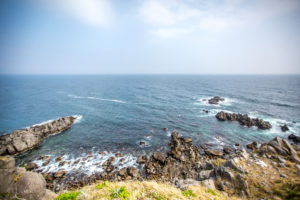 Cape Tachimachi is on the south east side of the Hakodate headland. Rising thirty meters above sea level, Cape Tachimachi has beautiful views over the Tsugaru Strait. The word ‘Tachimachi’ is derived from the Ainu word ‘Yokoushi’ which means, a place to wait and catch fish. There is a small lookout point with equally stunning views down the coast. This cape is part of Hanamasu Park. The park is full of pink Hanamasu flowers which are indigenous to Hokkaido. On the way to the park, you pass through the Hakodate Shiei Sumiyoshimachi Kyodo Cemetery and the Grave of Ishikawa Takuboku, which is a fascinating area.
Cape Tachimachi is on the south east side of the Hakodate headland. Rising thirty meters above sea level, Cape Tachimachi has beautiful views over the Tsugaru Strait. The word ‘Tachimachi’ is derived from the Ainu word ‘Yokoushi’ which means, a place to wait and catch fish. There is a small lookout point with equally stunning views down the coast. This cape is part of Hanamasu Park. The park is full of pink Hanamasu flowers which are indigenous to Hokkaido. On the way to the park, you pass through the Hakodate Shiei Sumiyoshimachi Kyodo Cemetery and the Grave of Ishikawa Takuboku, which is a fascinating area.
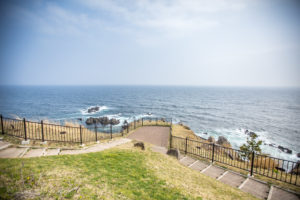 There is ample free parking here, though in the winter the parking may be closed from 16:00 during heavy snow in the winter. This spot is great to wander around, plus there are a couple of benches to take a seat and admire the views. There is a small food stall on the cape. They sell scallops, grilled corn, oden, potatoes and some local seafood sticks. All costing around ¥300. Other points of interest include monuments to Okada Kenzo, which is close by. Okada Kenzo was the founder and first director of the Hakodate Municipal Library.
There is ample free parking here, though in the winter the parking may be closed from 16:00 during heavy snow in the winter. This spot is great to wander around, plus there are a couple of benches to take a seat and admire the views. There is a small food stall on the cape. They sell scallops, grilled corn, oden, potatoes and some local seafood sticks. All costing around ¥300. Other points of interest include monuments to Okada Kenzo, which is close by. Okada Kenzo was the founder and first director of the Hakodate Municipal Library.
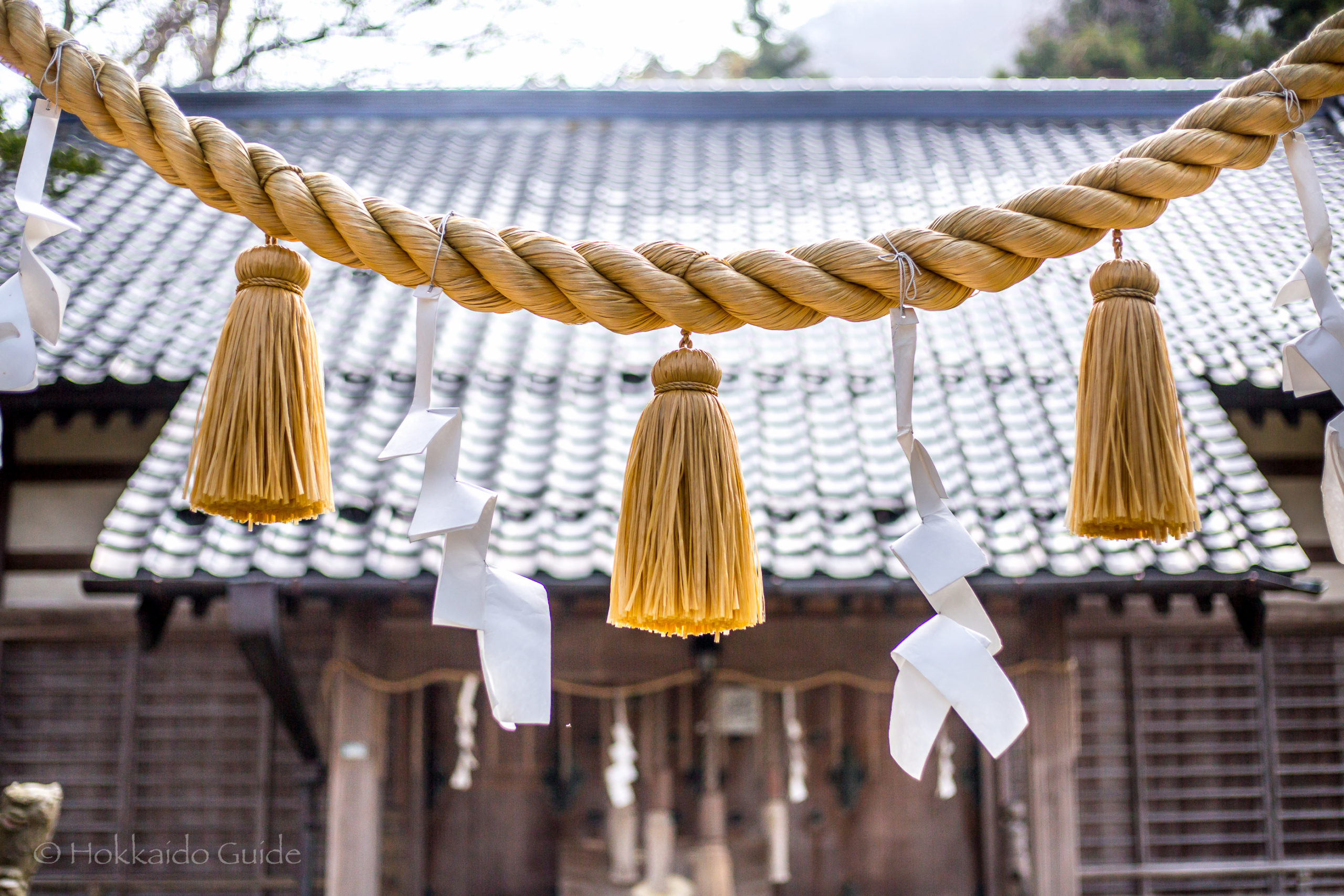
Sumiyoshi Shrine
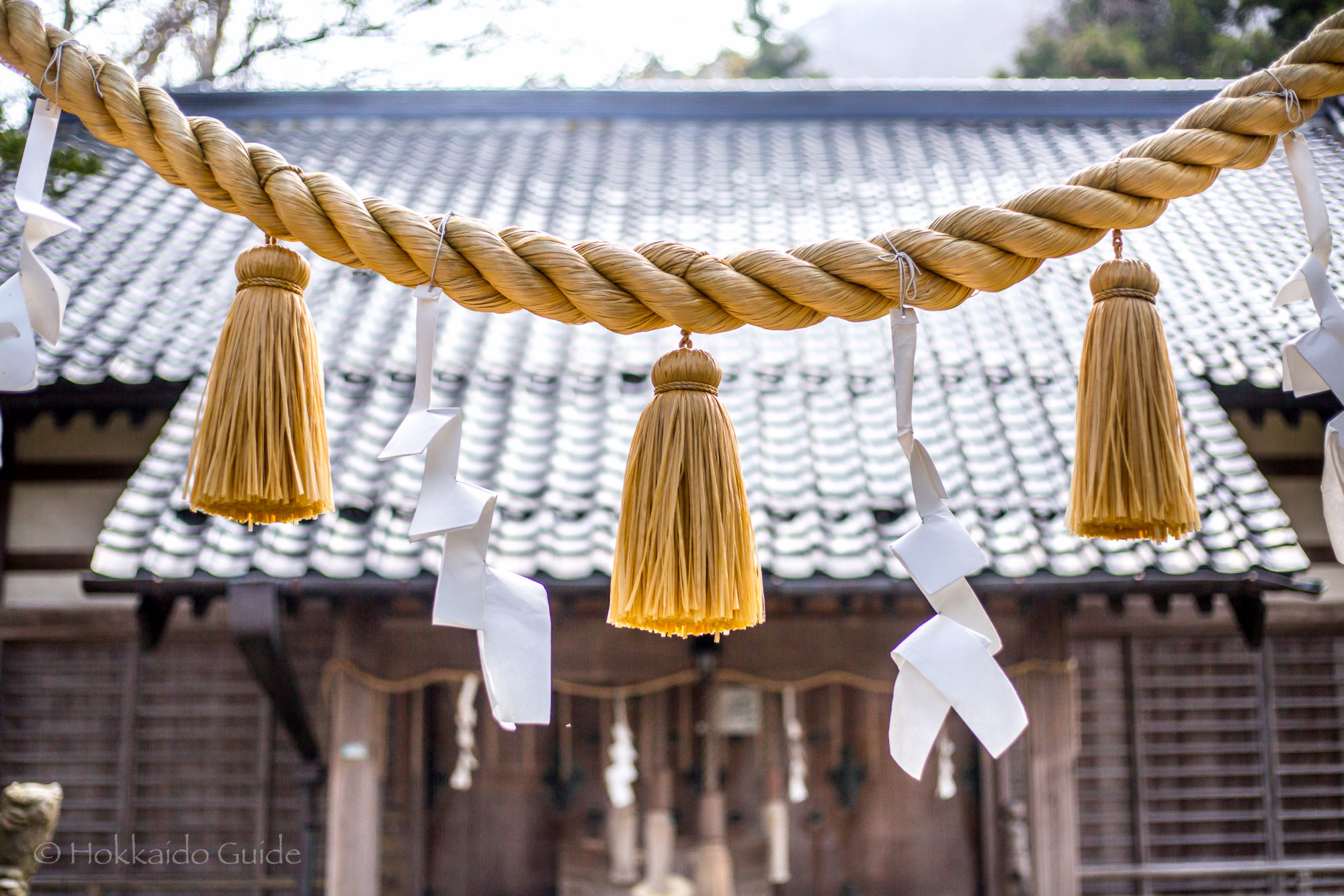
| Admission | Free |
| Opening Hours | - |
| Contact | 011-3822-2608 |
| Notes | Shinto shrine, no parking, cherry blossom area |
| Location / Getting There | Located in the southern part of Hakodate city near the base of Mt. Hakodate. There is street parking around if you are driving. For public transport, the closest station is Yachigashira tram station (seven stops from Hakodate tram station). From here it is a 9 minute walk south. 1-7 Sumiyoshicho, Hakodate, Hokkaido 040-0045 |
 Sumiyoshi Shrine is a shinto shrine in Hakodate. It is located on the cape near the base of Mt. Hakodate. It is not a far walk from the ocean, on the eastern side of the headland. The founding date of the shrine is unknown, however according to local stories passed down, the shrine was built during the Kamakura period, which was established in 1192 (bringing the start of the samurai). The shrine (known then as Miyoshi Shrine), was rebuilt 600 years later during the An’ei era. The shrine was then rebuilt again in its current location, after it was burnt down in a great fire in 1937. The shrine was renamed Sumiyoshi Shrine.
Sumiyoshi Shrine is a shinto shrine in Hakodate. It is located on the cape near the base of Mt. Hakodate. It is not a far walk from the ocean, on the eastern side of the headland. The founding date of the shrine is unknown, however according to local stories passed down, the shrine was built during the Kamakura period, which was established in 1192 (bringing the start of the samurai). The shrine (known then as Miyoshi Shrine), was rebuilt 600 years later during the An’ei era. The shrine was then rebuilt again in its current location, after it was burnt down in a great fire in 1937. The shrine was renamed Sumiyoshi Shrine.
 The shrine is best to visit during the cherry blossom season from mid April to early May. The road leading up to the shrine is flanked by dozens of beautiful cherry blossom trees. Unlike other cherry blossom areas, this road is not crowded. Once up the top of the hill, the grounds of Sumiyoshi Shrine are a nice place to wander around and enjoy the tranquility. This area also makes for a good place to get some photos. The shrine serves as a place of worship for 350 households and sees special events held throughout the year.
The shrine is best to visit during the cherry blossom season from mid April to early May. The road leading up to the shrine is flanked by dozens of beautiful cherry blossom trees. Unlike other cherry blossom areas, this road is not crowded. Once up the top of the hill, the grounds of Sumiyoshi Shrine are a nice place to wander around and enjoy the tranquility. This area also makes for a good place to get some photos. The shrine serves as a place of worship for 350 households and sees special events held throughout the year.

Hakodate Park
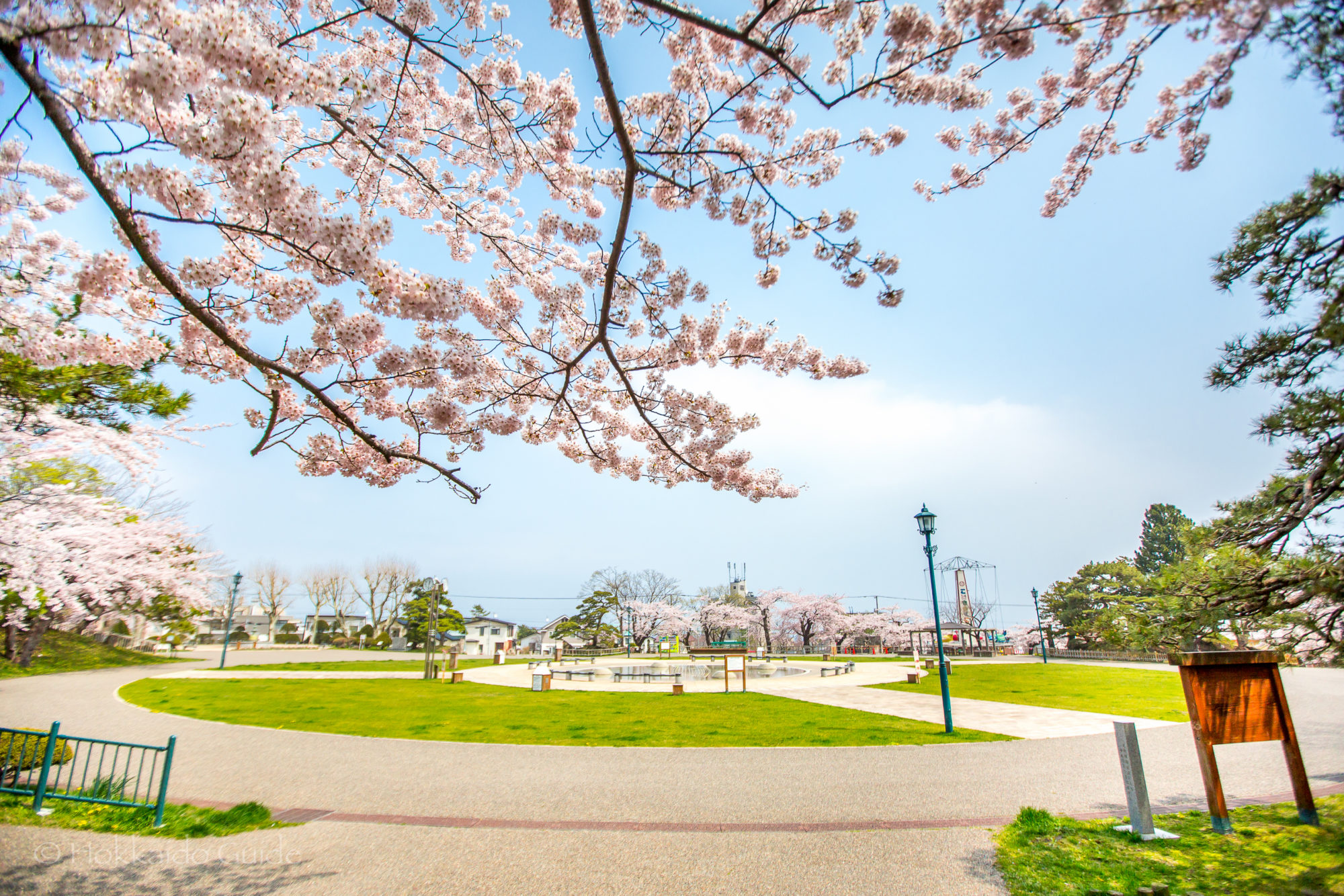
| Admission | Free |
| Opening Hours | 9:30 - 20:00 |
| Closed | - |
| Contact | 0138-23-3763 |
| Notes | Park, historical buildings, photography spot, kids playground, toilets, wheelchair access |
| Location / Getting There | Hakodate Park is located in the southern end of Hakodate City. It is near the base of Mt. Hakodate. Without a car, the best way to get to the park is to take the tram from Hakodate station and get off at Aoyagi-cho (¥230). It is a 2 minute walk from here. 3-15 Aoyagicho, Hakodate, Hokkaido 040-0044 |
 Hakodate Park is one of the gems in Hakodate. During the cherry blossom season from mid April to the beginning of May, it is covered in beautiful cherry blossoms and is one of the top spots in Hokkaido to enjoy these flowers. The blossoms here are stunning and a must see if you are in Hakodate at this time. The park was established in 1874, but was transformed into its current layout in 1879. The new park was proposed by Richard Eusden, the British Consul of Hakodate. The park has western elements to it and is home to many attractions and sightseeing spots.
Hakodate Park is one of the gems in Hakodate. During the cherry blossom season from mid April to the beginning of May, it is covered in beautiful cherry blossoms and is one of the top spots in Hokkaido to enjoy these flowers. The blossoms here are stunning and a must see if you are in Hakodate at this time. The park was established in 1874, but was transformed into its current layout in 1879. The new park was proposed by Richard Eusden, the British Consul of Hakodate. The park has western elements to it and is home to many attractions and sightseeing spots.
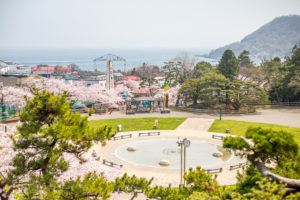 The park is hugely popular in the spring time due to the cherry blossoms. Throughout the park you can find many other attractions that are there throughout the year. There are several historic colonial buildings here. These include the Kyushiritsu Hakodate Library, and the Hakodate City Museum. For those with kids there is a small amusement park, and a small zoo down the bottom of the park. Other points of interest include the grave of a German consul, Ludwig Haber. He was a murdered in 1874 by an anti foreign Japanese national. And up near the top, overlooking the park is a stone carving plus a small pavilion.
The park is hugely popular in the spring time due to the cherry blossoms. Throughout the park you can find many other attractions that are there throughout the year. There are several historic colonial buildings here. These include the Kyushiritsu Hakodate Library, and the Hakodate City Museum. For those with kids there is a small amusement park, and a small zoo down the bottom of the park. Other points of interest include the grave of a German consul, Ludwig Haber. He was a murdered in 1874 by an anti foreign Japanese national. And up near the top, overlooking the park is a stone carving plus a small pavilion.
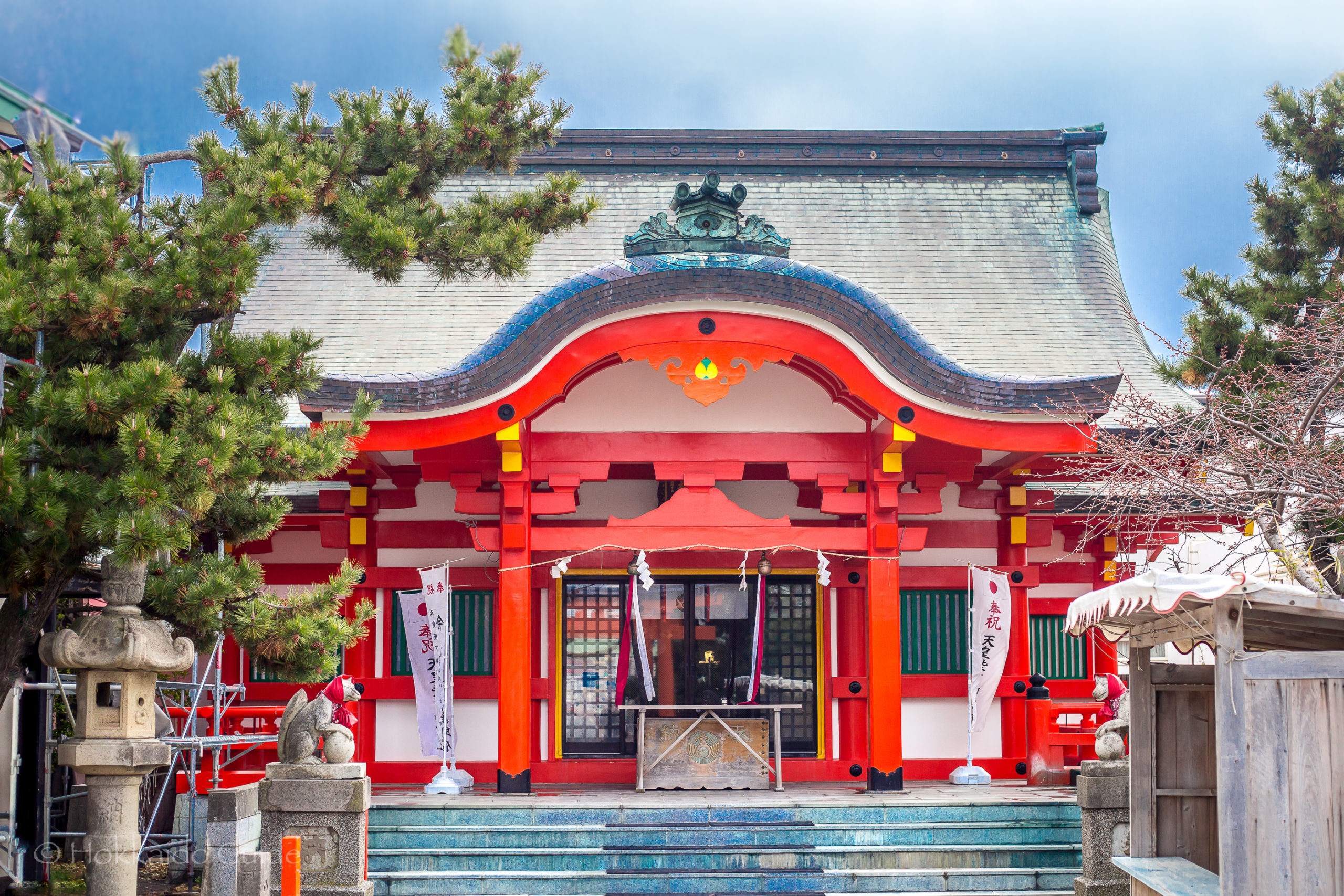
Daimoriinari Shrine
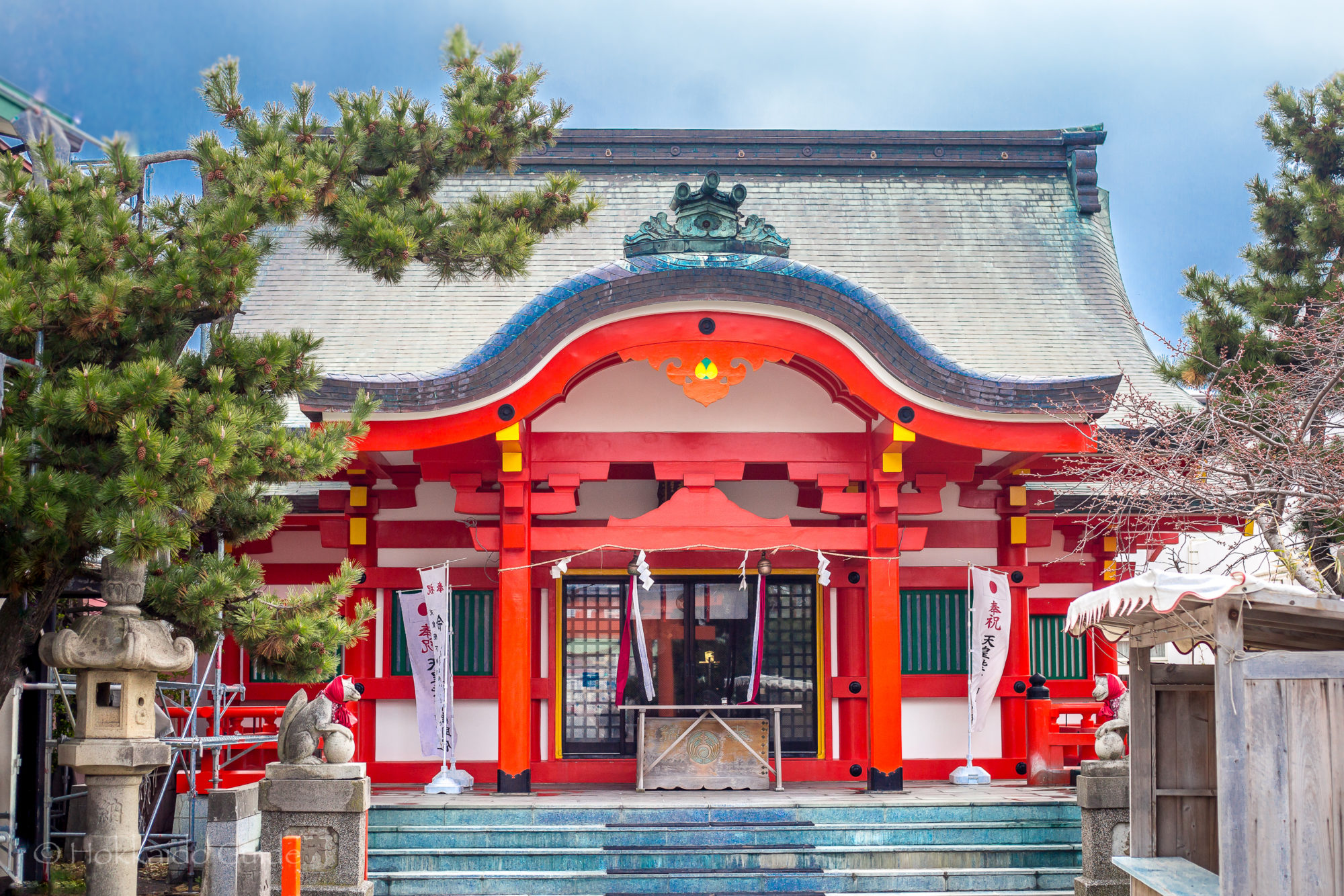
| Admission | Free |
| Opening Hours | - |
| Closed | - |
| Contact | 0138-22-2637 |
| Notes | Buddhist temple, no parking |
| Location / Getting There | Located at the central Hakodate. It is a 7 minute walk east from Matsukaze Cho tram station. Head east and the temple is on the corner of Isaribidori. It is by Omori Beach 22-6 Omoricho, Hakodate, Hokkaido 040-0034 |
 By the shores of Ōmori Beach there is a Shinto Shrine called Daimoriinari Shrine. The year of its founding is unknown due to the great fires in Hakodate. However, there is a map from the Kanbun Era dated back to the 1600’s with the name of the temple on it so the temple is estimated to be around 350 years old. The guardian stone lion dogs guarding the temple are incredibly old and are worth a look. After a large fire in 1890, it moved to its present location in 1943. The entrance used to face the ocean, but now it faces towards the city.
By the shores of Ōmori Beach there is a Shinto Shrine called Daimoriinari Shrine. The year of its founding is unknown due to the great fires in Hakodate. However, there is a map from the Kanbun Era dated back to the 1600’s with the name of the temple on it so the temple is estimated to be around 350 years old. The guardian stone lion dogs guarding the temple are incredibly old and are worth a look. After a large fire in 1890, it moved to its present location in 1943. The entrance used to face the ocean, but now it faces towards the city.
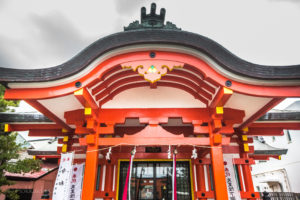 Inside the grounds there are various monuments and shrines honoring certain individuals. Prayers can be performed by the priest here can be booked in advance. The priest will bless everything from wife safety to business prosperity and anniversaries. Gifts and amulets can be bought inside. These bring good luck and protection. Throughout the year there are various events and festivals that are held at the temple. For more information on the dates read below.
Inside the grounds there are various monuments and shrines honoring certain individuals. Prayers can be performed by the priest here can be booked in advance. The priest will bless everything from wife safety to business prosperity and anniversaries. Gifts and amulets can be bought inside. These bring good luck and protection. Throughout the year there are various events and festivals that are held at the temple. For more information on the dates read below.
| 1st of every month | New moon festival |
| 10th of every month | Monthly festival |
| January 1st | Year end festival |
| February 3rd | Setsubun festival |
| 1st day of the lunar month of February | Hatsuuma festival |
| June 30th | Oharae ceremony |
| September 9th - 11th | Evening palace festival |
| October 15th | Shichigosan |
| November 23rd | Niiname festival |
| December 31st | Nightfall festival |
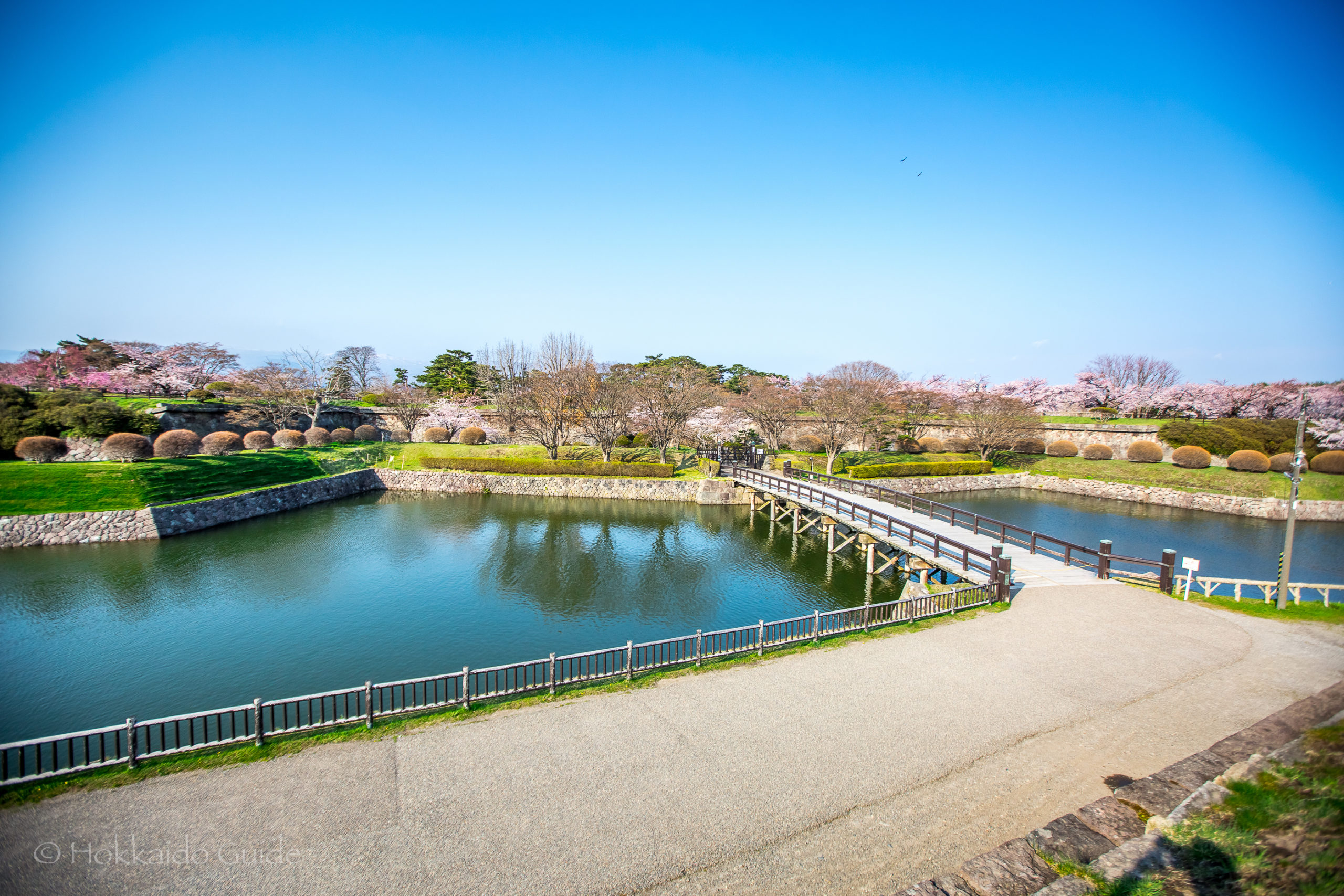
Goryokaku Park
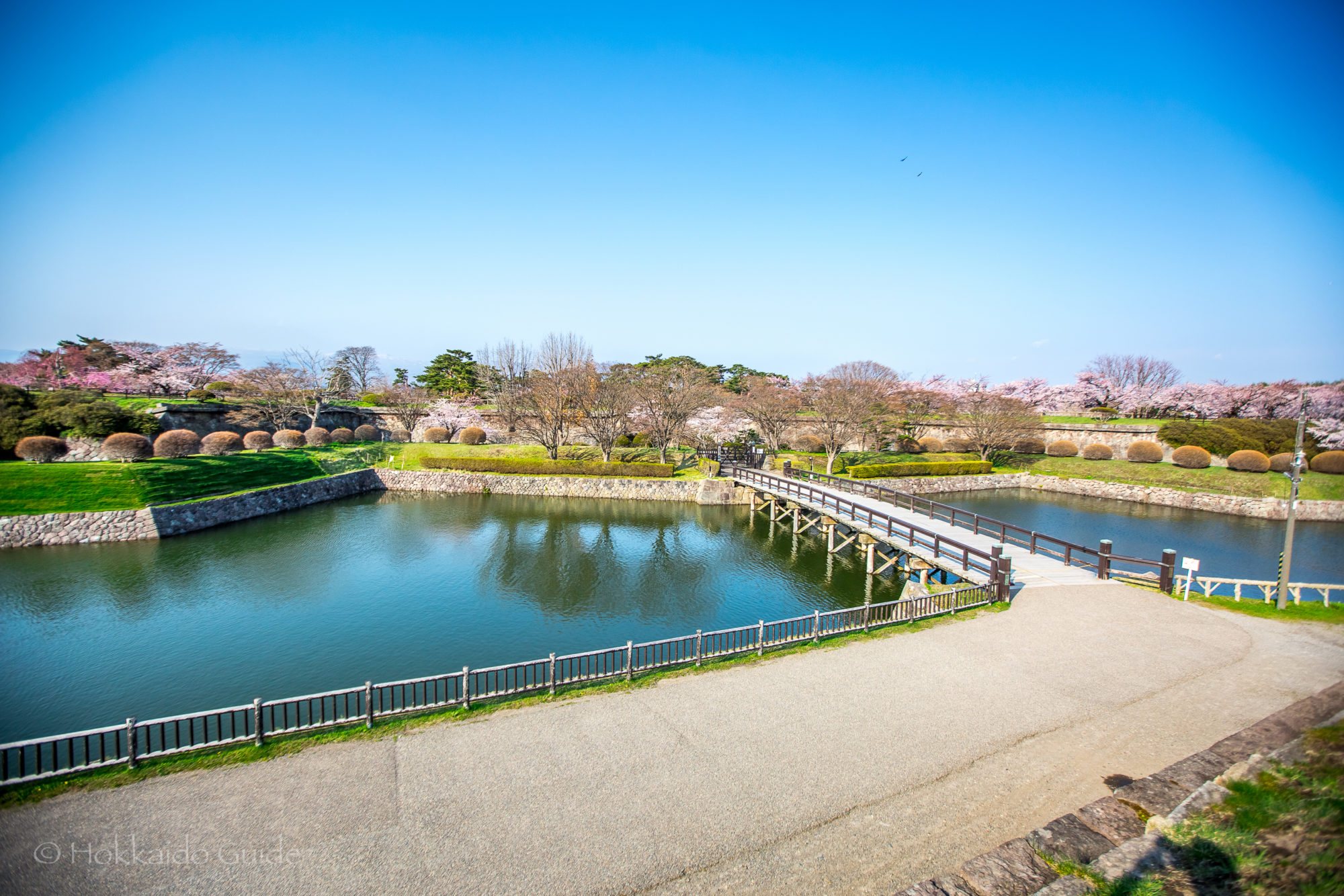
| Admission | Free |
| Opening Hours | 5:00 - 18:00 |
| Closed | - |
| Contact | 0138-31-5505 |
| Notes | Cherry blossom viewing, historical landmark, photography spot, walking paths, no parking (but paid parking nearby), wheelchair access |
| Location / Getting There | Central Hakodate. It's a 15 minute walk from Goryokaku Koen-mae station. From Hakodate Station take the 19, 25, or 33 bus and get off Goryokaku Park entrance. It's a 10 minute walk. There is a also a 'Goryokaku Tower Trappistine Shuttle Bus'. 44-2 Goryokakucho, Hakodate, Hokkaido 040-0001 |
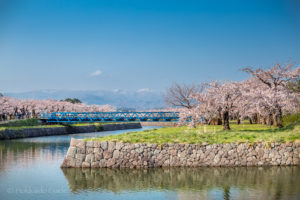 Goryōkaku Fort & Park was designed in 1855 by the scholar and the architect, Takeda Ayasaburō. His design was based on the work by the French architect, Vauban. The design is in the shape of a five-pointed star. Unlike other Japanese forts, this allowed for a greater number of gun emplacements, and reduced the number of blind spots. It was built to protect the Hakodate Magistrates office at the end of the Edo period when Hakodate opened its harbor to international trade. It played an important role as a political center in Ezo until it was taken over by the new Meiji government. The fort nowadays has seen the last of battles and sees quieter days as a national historic site. It is also a part of the Hakodate city museum and is a hugely popular spot for cherry blossom viewing.
Goryōkaku Fort & Park was designed in 1855 by the scholar and the architect, Takeda Ayasaburō. His design was based on the work by the French architect, Vauban. The design is in the shape of a five-pointed star. Unlike other Japanese forts, this allowed for a greater number of gun emplacements, and reduced the number of blind spots. It was built to protect the Hakodate Magistrates office at the end of the Edo period when Hakodate opened its harbor to international trade. It played an important role as a political center in Ezo until it was taken over by the new Meiji government. The fort nowadays has seen the last of battles and sees quieter days as a national historic site. It is also a part of the Hakodate city museum and is a hugely popular spot for cherry blossom viewing.
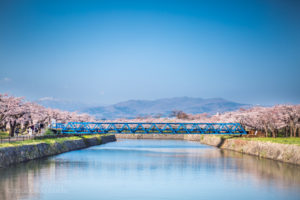 In 1952, it was designated as a national historic site under the name of “Goryokaku Ruins”. The site is a fantastic place to wander around in any season. The green trees in summer, the autumn leaves in the fall, snow in winter. and the sprawling cherry blossoms in the spring. There are about 1,600 cherry blossoms here and they start to bloom in late April and the park is one of the best places to view the blossoms in the whole of Hokkaido. To appreciate the park there is an observation platform overlooking the park. The tower is called Goryokaku Tower and is accessible on the south eastern side.
In 1952, it was designated as a national historic site under the name of “Goryokaku Ruins”. The site is a fantastic place to wander around in any season. The green trees in summer, the autumn leaves in the fall, snow in winter. and the sprawling cherry blossoms in the spring. There are about 1,600 cherry blossoms here and they start to bloom in late April and the park is one of the best places to view the blossoms in the whole of Hokkaido. To appreciate the park there is an observation platform overlooking the park. The tower is called Goryokaku Tower and is accessible on the south eastern side.

